Winners
-

The United States Governed By Six Hundred Thousand Despots: A True Story of Slavery
-
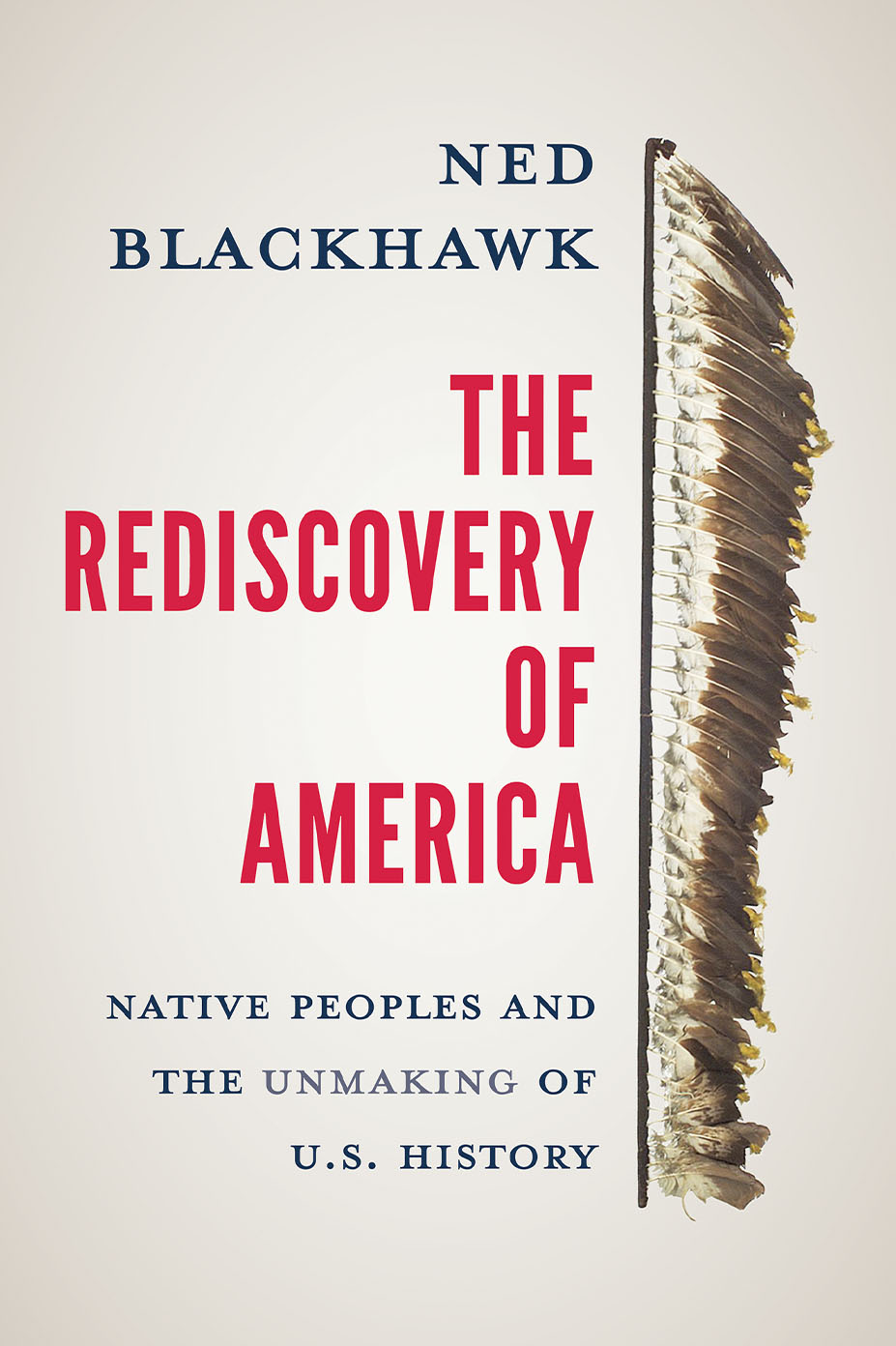
The Rediscovery of America
-
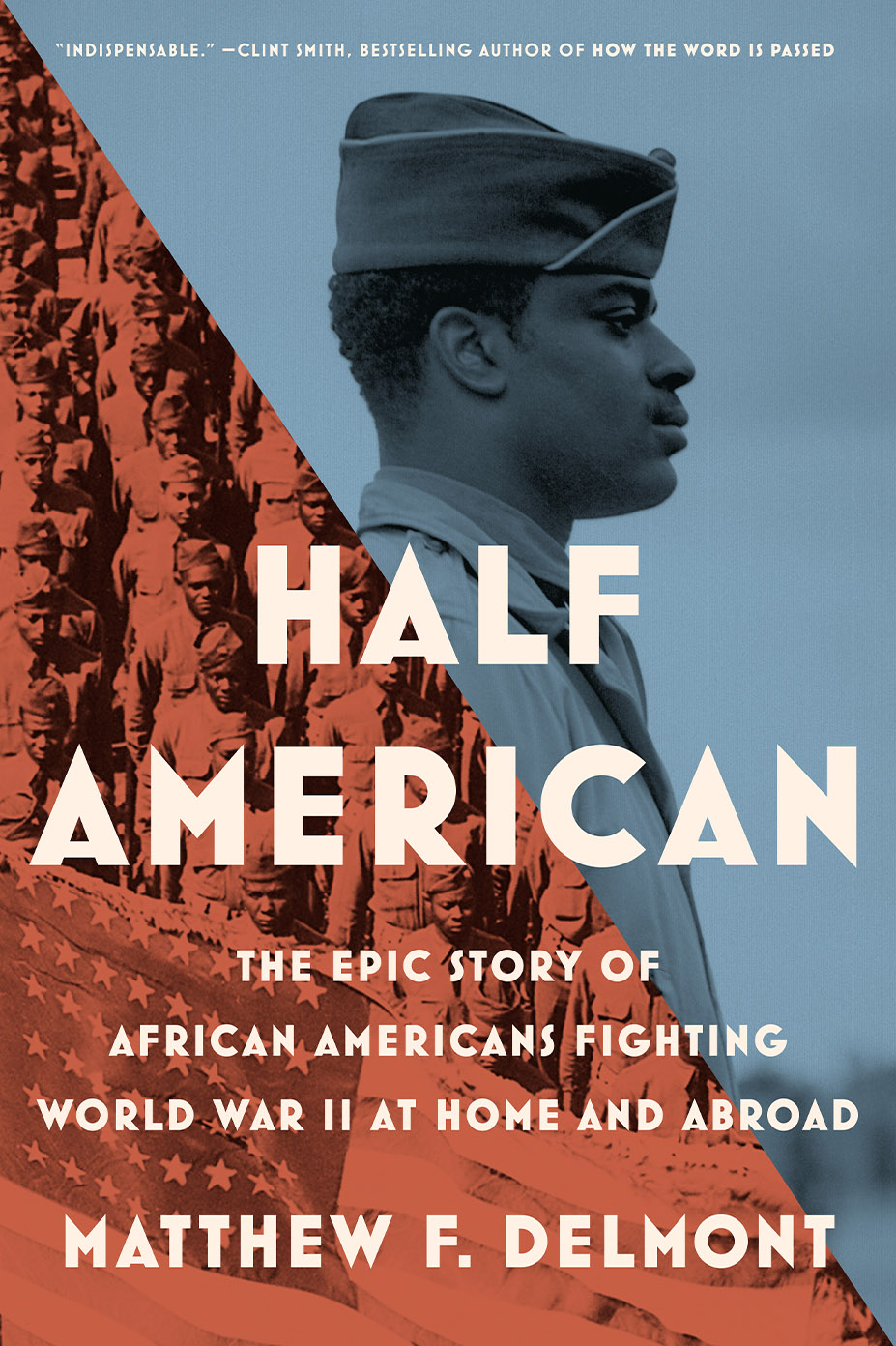
Half American
-

Of Fear and Strangers
-
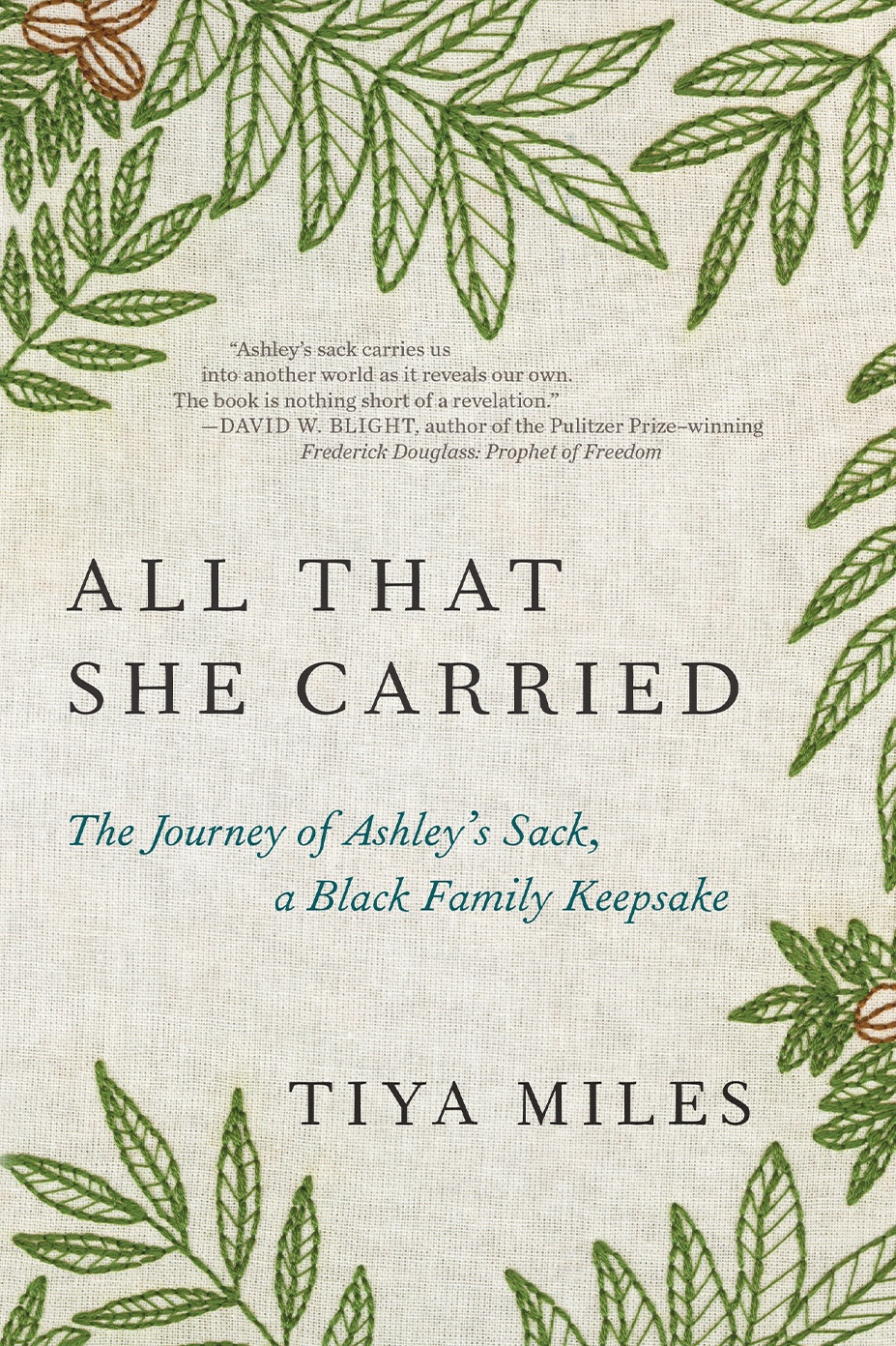
All That She Carried
-

Memorial Drive
The year before I was old enough to drive, [my mother] let me practice steering the car on long stretches of empty highway. I’d reach across the center console and take the wheel, leaning into her, my back against her chest, following the arc of the sun west toward home.
-
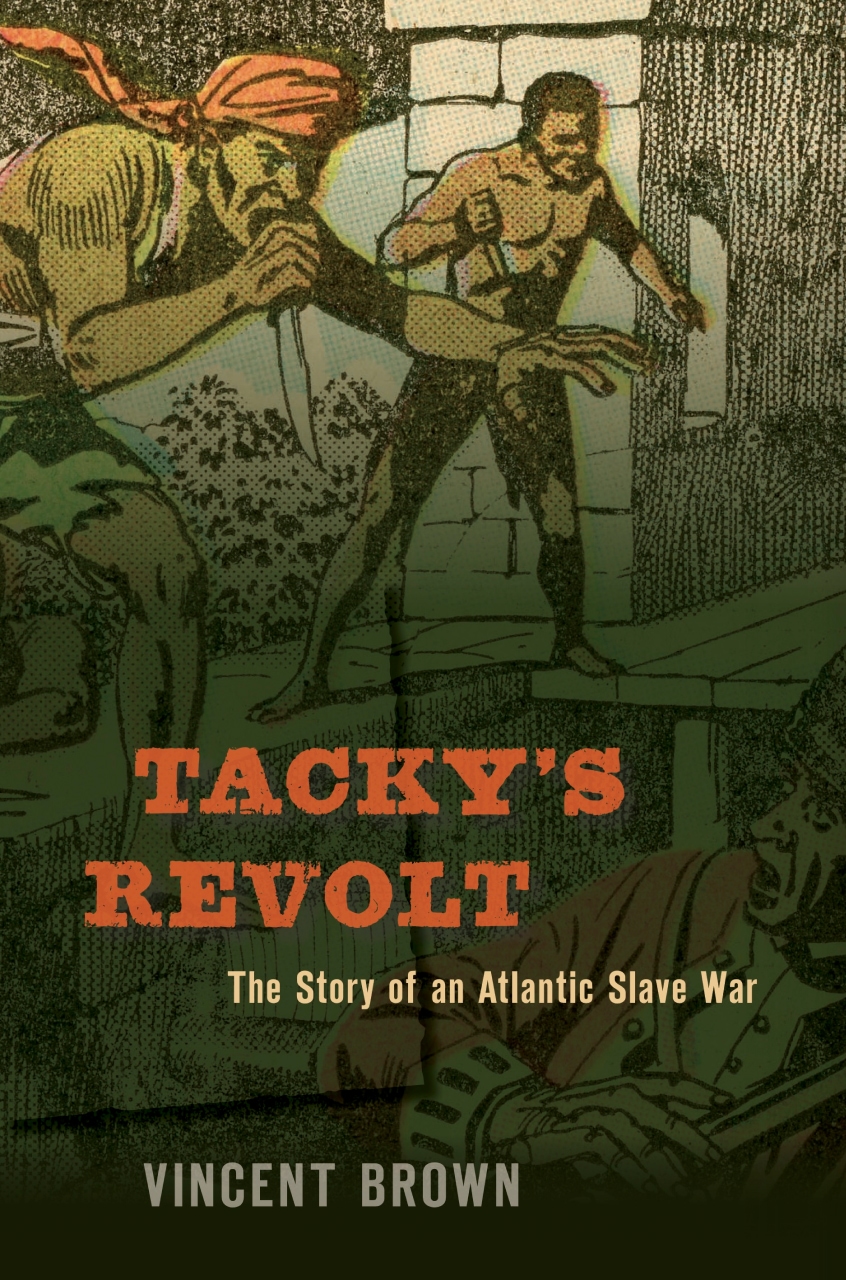
Tacky’s Revolt
Not only did Brown do heroic work in his original scholarship, but he escaped the insular world of academese and presented it in an accessible and appealing form. It’s a major accomplishment.
-
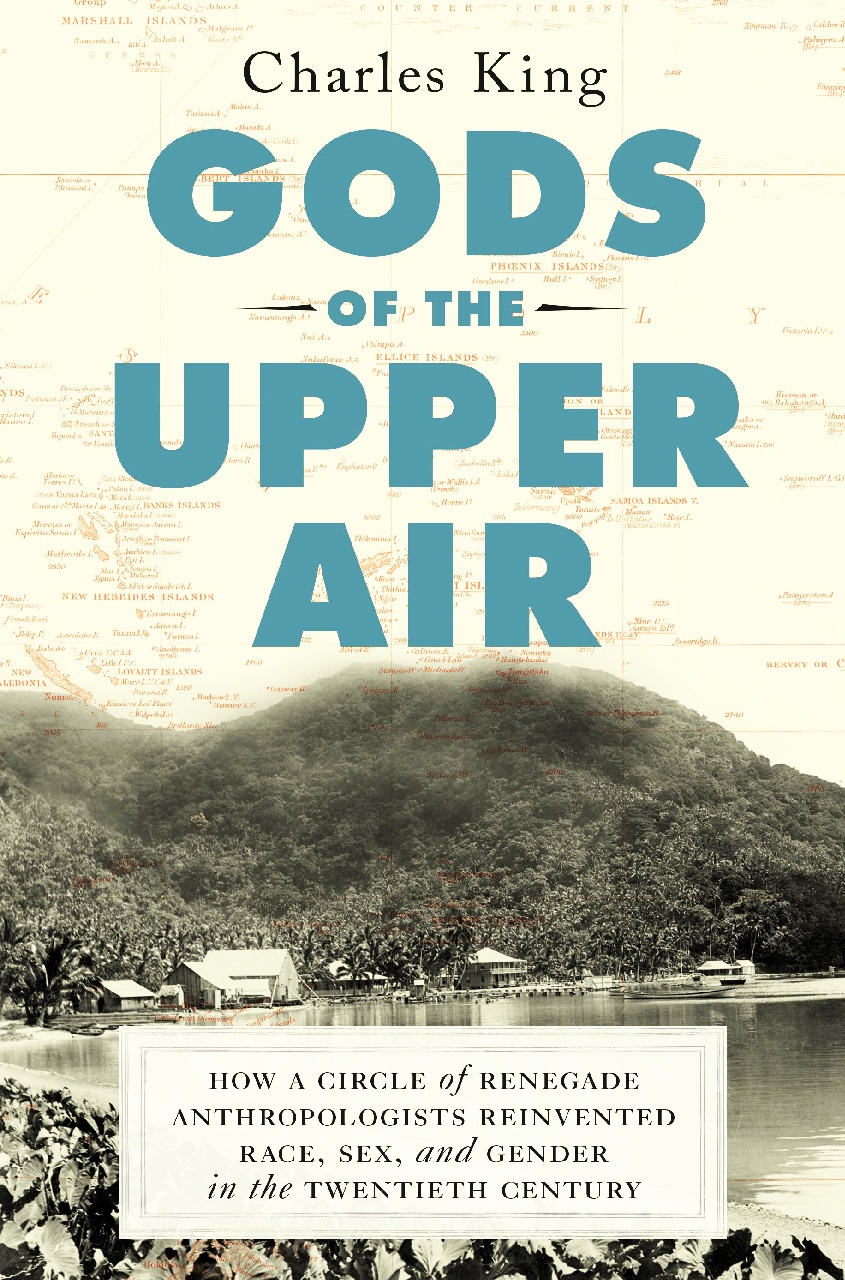
Gods of the Upper Air
This book is about the women and men who found themselves on the front lines of the greatest moral battle of our time, the struggle to prove that—despite differences of skin color, gender, ability or custom—humanity is one undivided thing.
-

The War Before the War
With a combination of deep learning, eloquence and a deft, original way of considering our national history and literature, [Delbanco] documents the human mise-en-scène in a way that matters today.
-

Bunk
The word “bunk” itself comes from politics, sourced to a congressional debate over the Missouri Compromise and slavery. Young connects the timing of the development of our modern notion of race—itself a falsehood—with the coining of the word ‘hoax.’
-

Hidden Figures
What I wanted was for them to have the grand, sweeping narrative that they deserved, the kind of American history that belongs to the Wright Brothers and the astronauts.
-
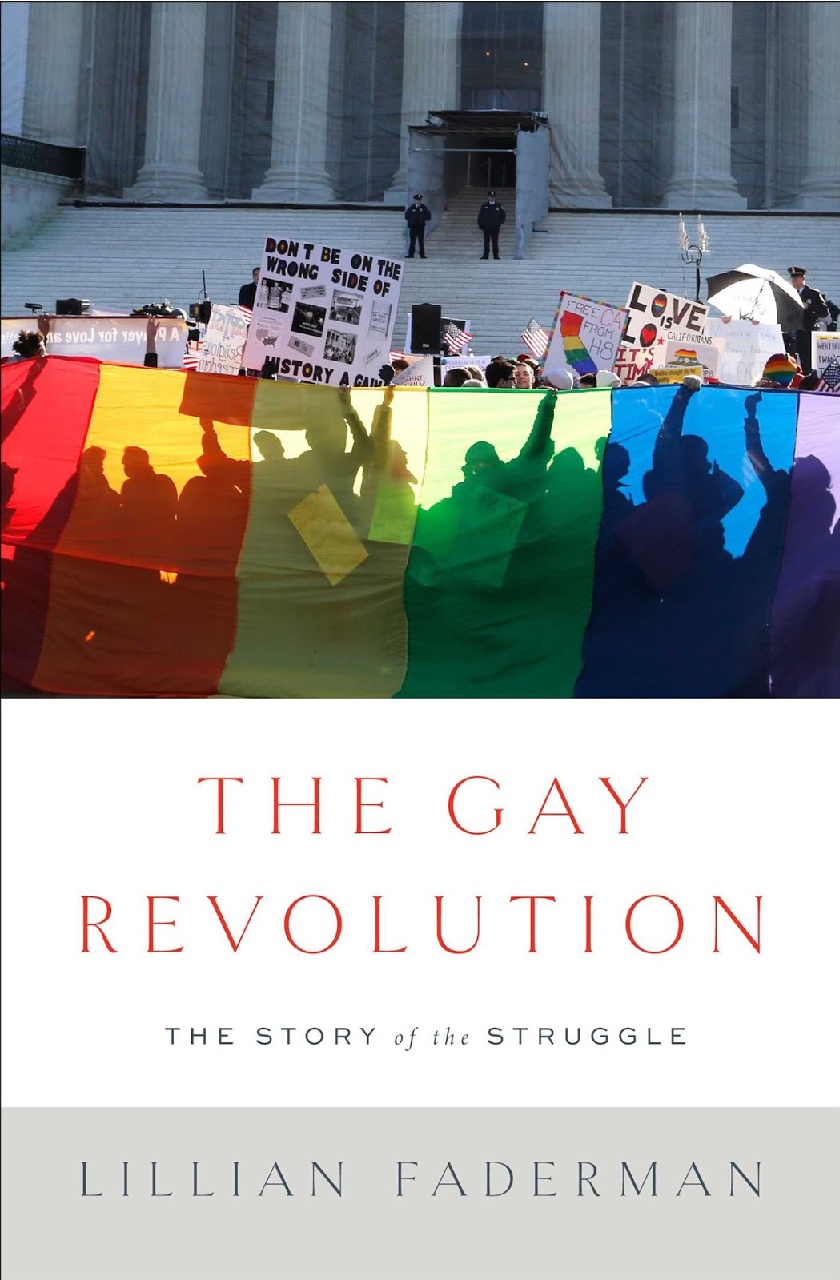
The Gay Revolution
Faderman crystalizes this trajectory in the words of activist Frank Kameny: ‘We started with nothing, and look what we have wrought!’
-

What the Eye Hears
He begins with that moment in Swing 46, which threw him into exploring a tradition that “works very hard to create an illusion of ease” and spontaneity, but also illuminates centuries of complex American culture.
-

A Tale of Two Plantations
A scrupulous, revelatory archival investigation of some 2,000 people enslaved across three generations: roughly half on a Jamaican sugar plantation called Mesopotamia and half on Mount Airy, a Virginia tidewater plantation growing tobacco and grain.
-
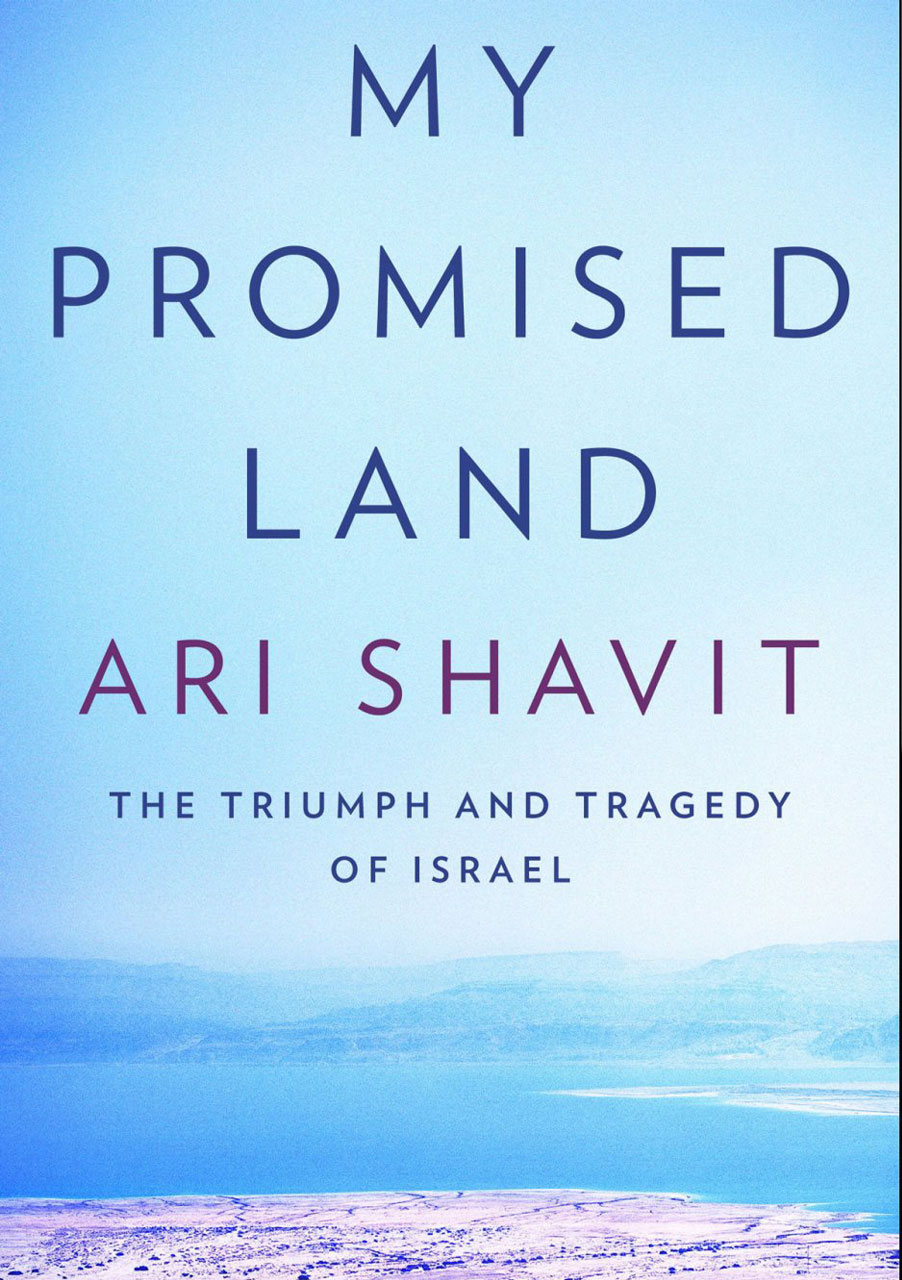
My Promised Land
Encouraged by New Yorker Editor David Remnick, Shavit spent five years writing “My Promised Land” in English and Hebrew simultaneously. It asks basic questions: Why was Israel created? What has it achieved? What went wrong? Will it survive?
-

Far From the Tree
This is a monumental book, the kind that appears once in a decade. It could not be a better example of the literature of diversity.
-

American Oracle
An elected member of the American Academy of Arts and Sciences, Blight works in many capacities in the world of public history, including on boards of museums and historical societies, and as a member of a small team of advisers to the 9/11 Memorial and Museum team of curators.
-
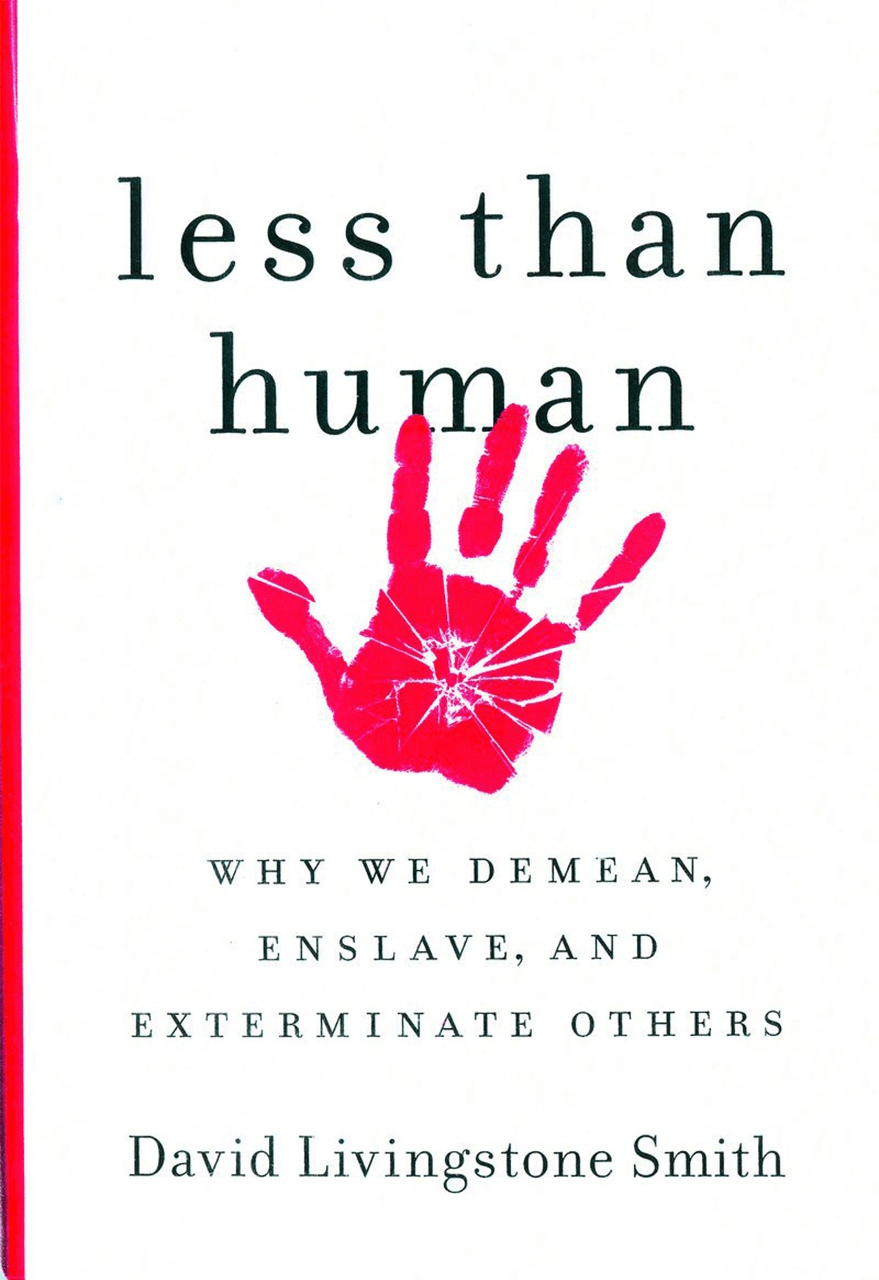
Less Than Human
These studies introduced me to the significance of evolutionary biology for understanding human nature, enabling me to come full circle by fusing my interest in the human mind with my earlier love of the natural world.
-
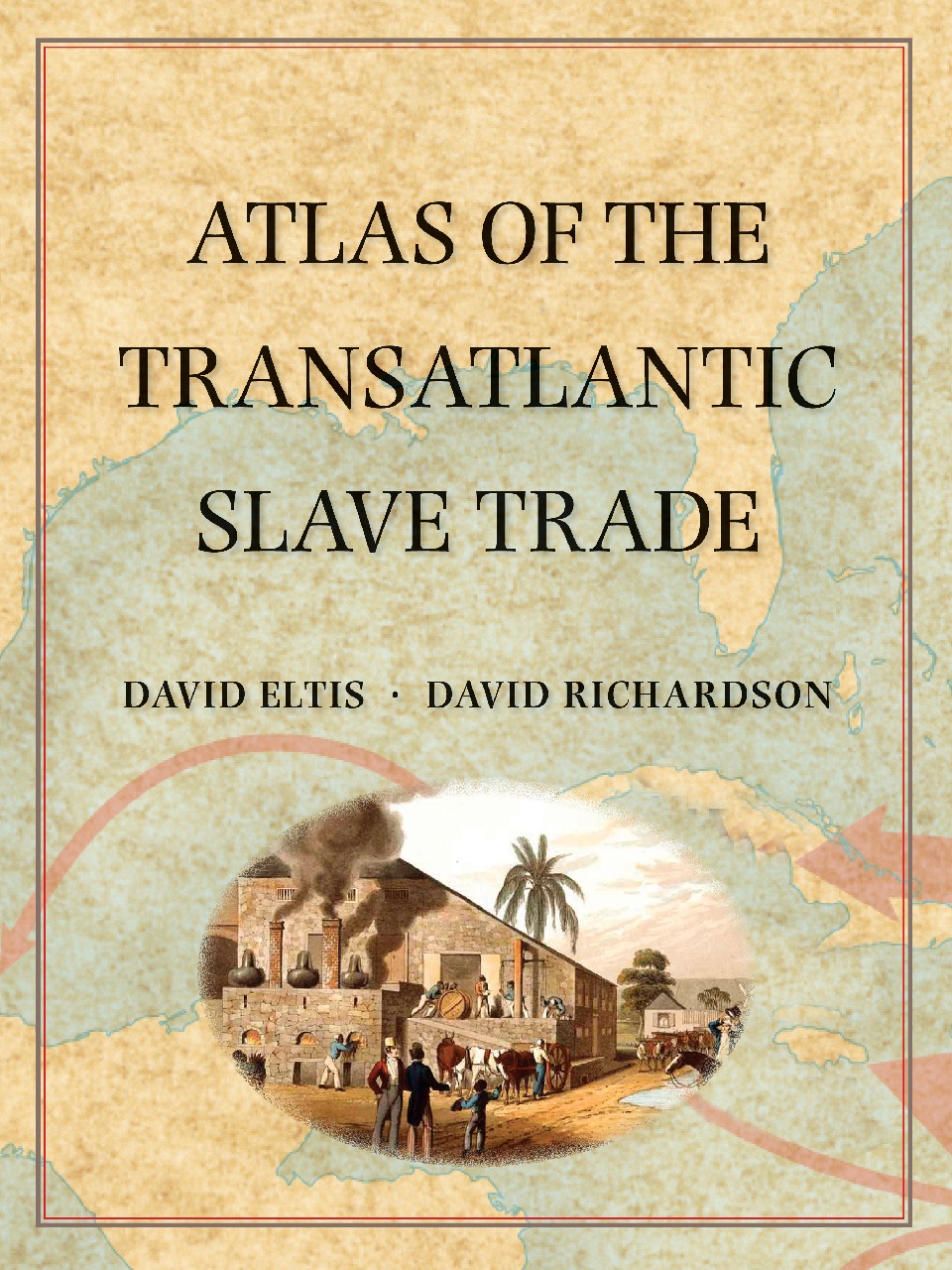
Atlas of the Transatlantic Slave Trade
More than 20 years ago, David Eltis and David Richardson decided to combine their studies of the transatlantic slave trade and their data collection efforts into one database, which they posted on the internet.
-

The Warmth of Other Suns
The first African-American woman to win a Pulitzer Prize in journalism, and the first black reporter to win for individual reporting, Wilkerson has also won the George Polk Award and a John Simon Guggenheim Fellowship.
-

The Hemingses of Monticello
Professor Gordon-Reed, who grew up in still-segregated east Texas, became interested in Jefferson in elementary school after reading a children’s biography of him, narrated by a fictional slave boy.
-
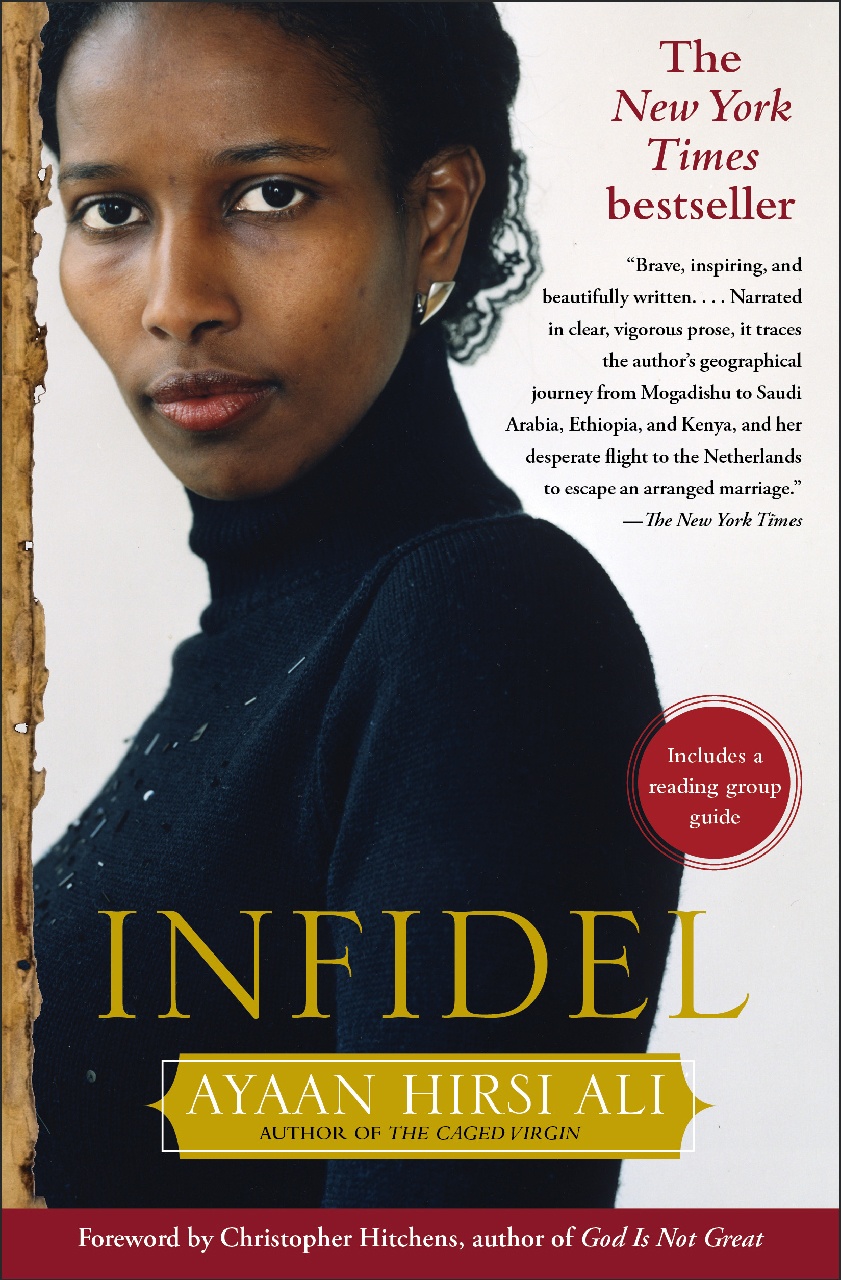
Infidel
Apart from feelings of guilt over van Gogh’s death, her voice is forceful and unbowed—like Irshad Manji, she delivers a powerful feminist critique of Islam informed by a genuine understanding of the religion.
-
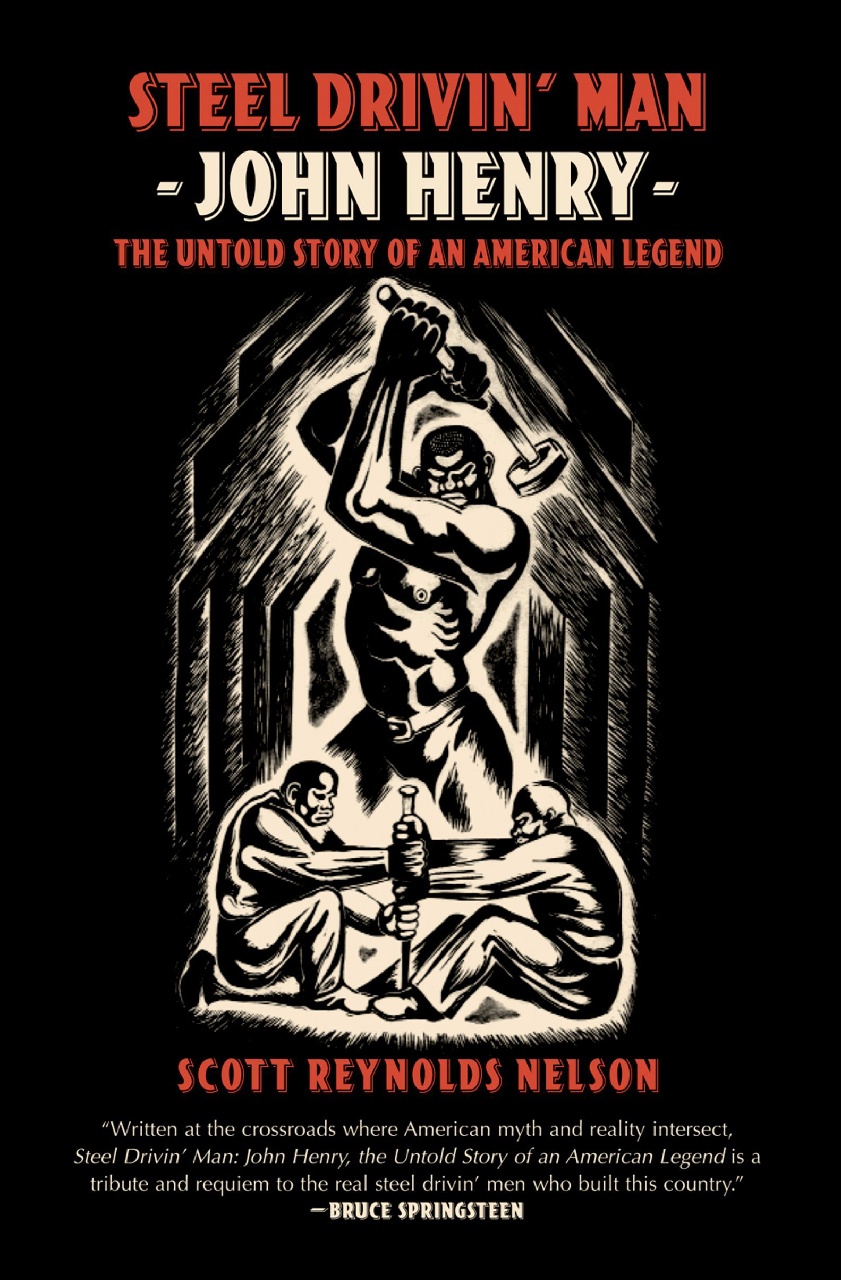
Steel Drivin’ Man
Steel Drivin’ Man, which explores the real life and legend of railway hero John Henry, received the Merle Curti Prize for best hook in U.S. social and cultural history from the Organization of American Historians and the National Award for Arts Writing.
-

New York Burning
In addition to the Anisfield-Wolf Book Awards, “New York Burning” was also a finalist for the Pulitzer Prize.
-
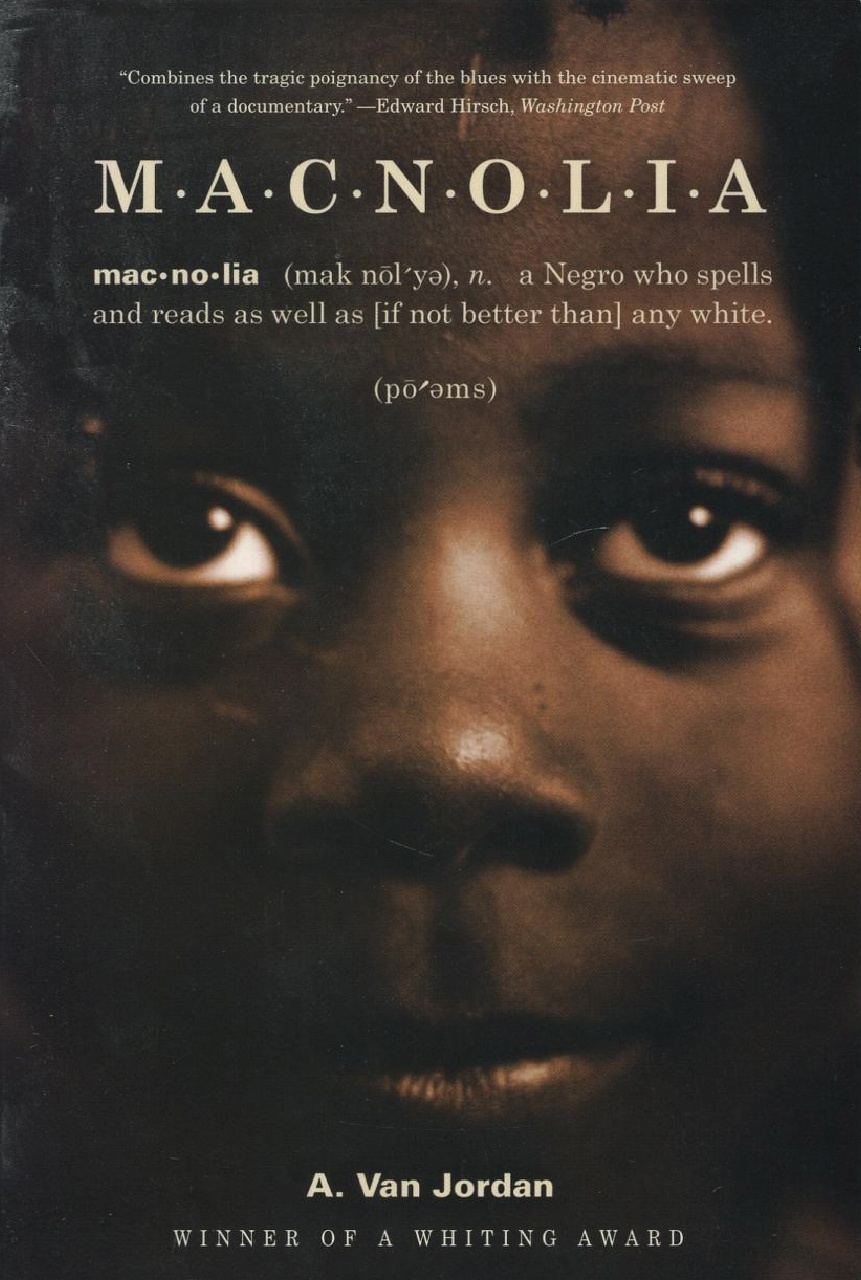
M•A•C•N•O•L•I•A
The word “macnolia,” he tellingly suggests, means “a Negro who spells and reads as well as [if not better than] any white”—and it gives him a convincing way to concentrate on an individual life while also exploring social attitudes and racial prejudices of Depression-era America.
-

Unforgivable Blackness
Ward brings us back into Johnson’s life and times with exquisitely rendered details, and the fight scenes themselves are gripping: fights so bloody that referees have to change shirts midbout, for instance, and a manager who pulls a gun on his fighter to keep him from quitting.
-
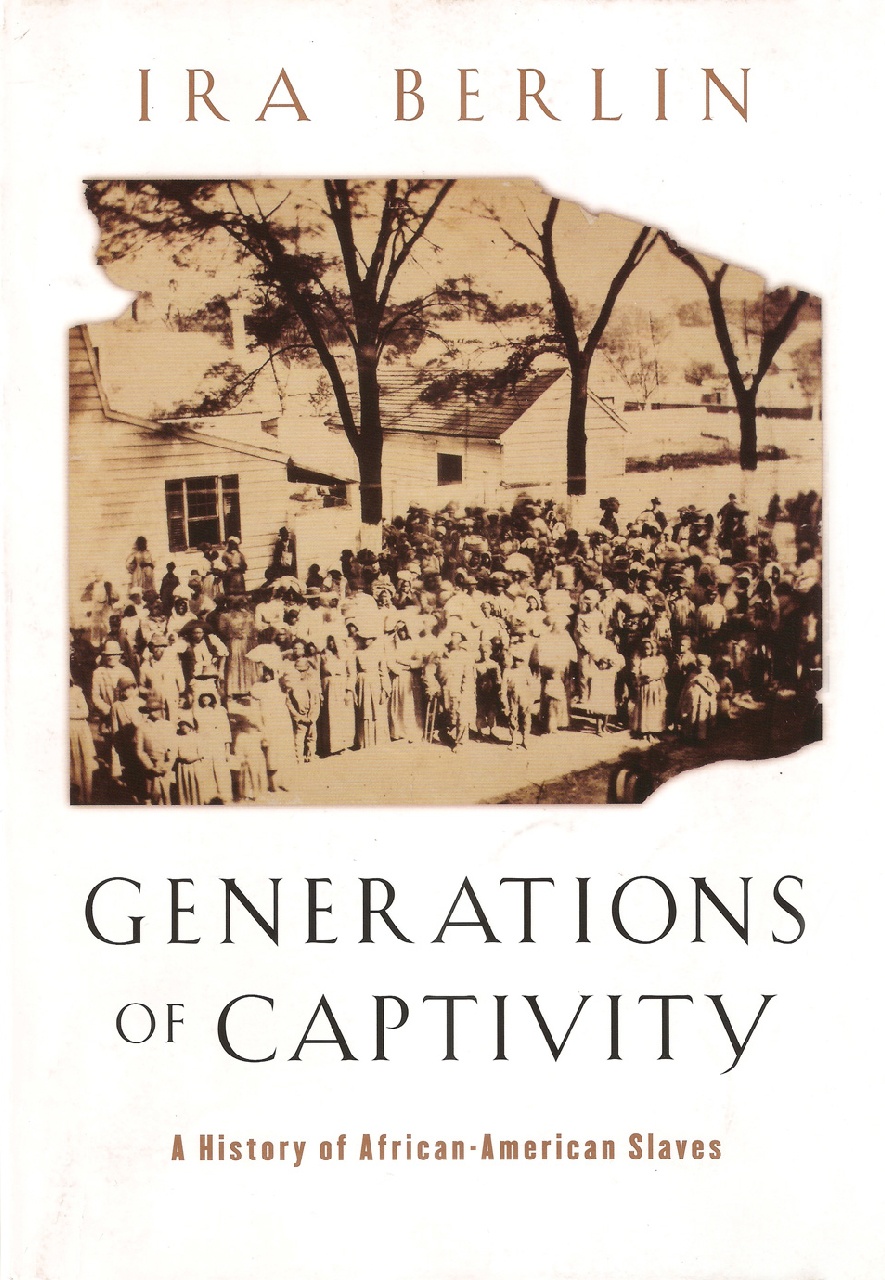
Generations of Captivity
Berlin has long been concerned with studying what he termed the “striking diversity” in African-American life under slavery—a diversity that, he argues, is especially evident when one is attentive to differences over space and time.
-
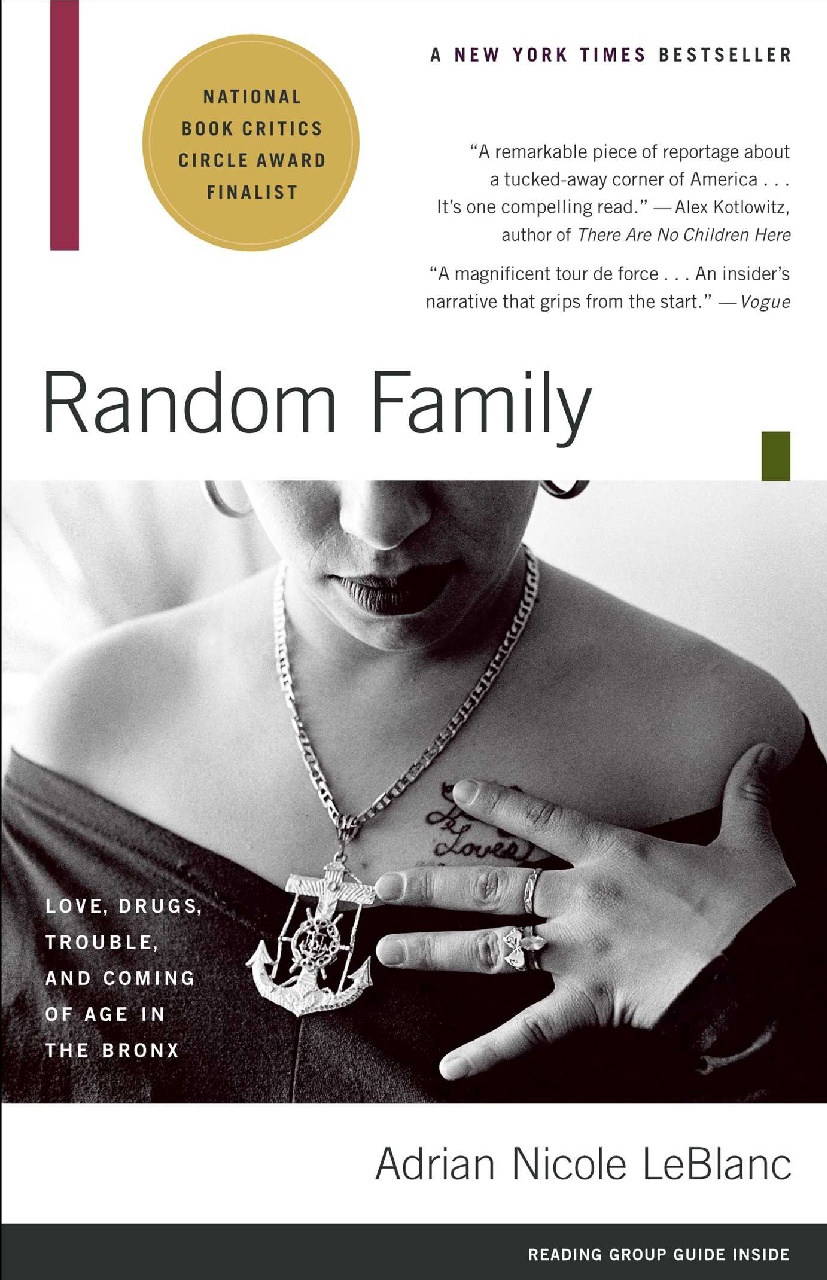
Random Family
More than anything, LeBlanc shows how demanding poverty is. Her prose is plain and unsentimental, blessedly jargon-free, and including street talk only when one of her subjects wants to “conversate.” This fine work deserves attention from policy makers and general readers alike.
-

A Problem From Hell
The emotional force of Power’s argument is carried by moving, sometimes almost unbearable stories of the victims and survivors of such brutality.
-
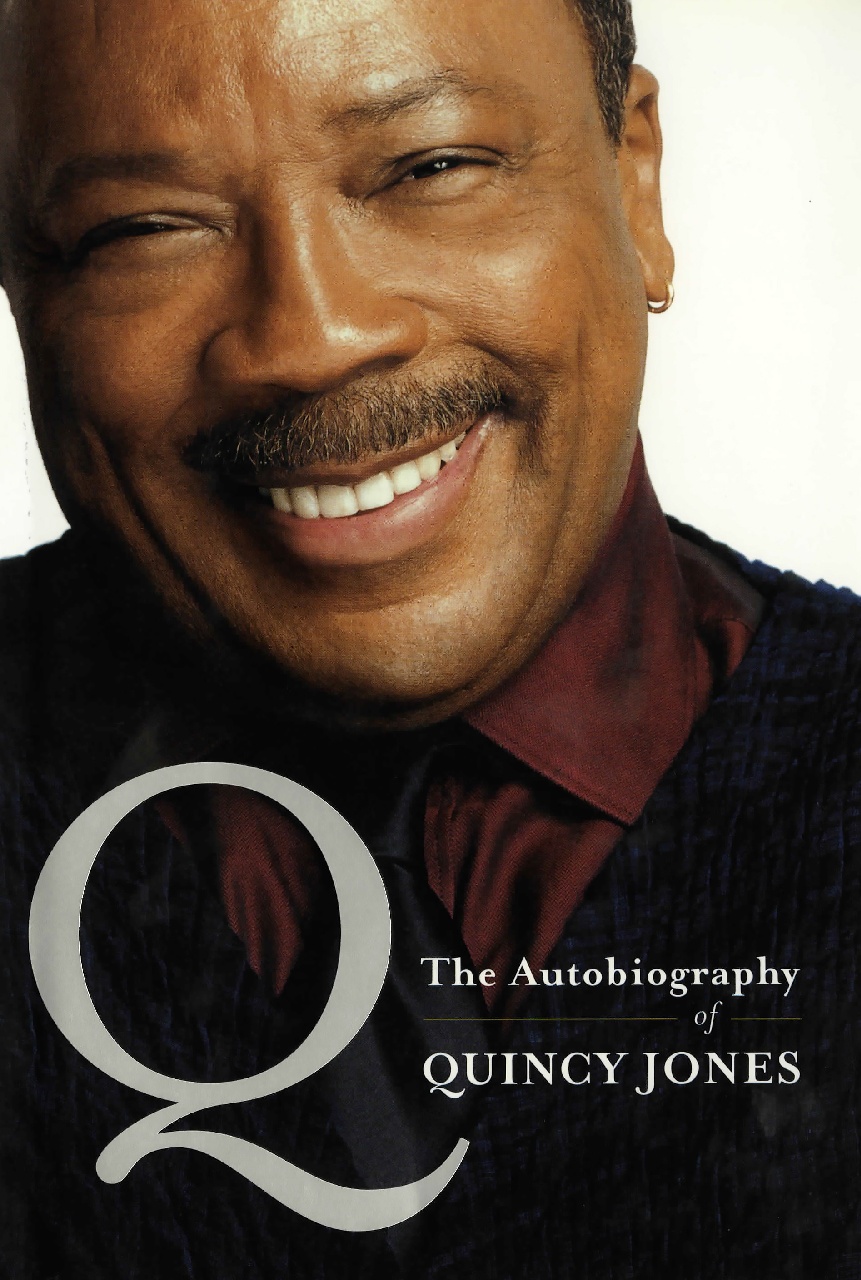
Quincy Jones
Quincy Jones cannot be pigeonholed. In his 50-year music career, Jones has worn the hats of composer, record producer, artist, arranger, conductor, instrumentalist and record company executive.
-
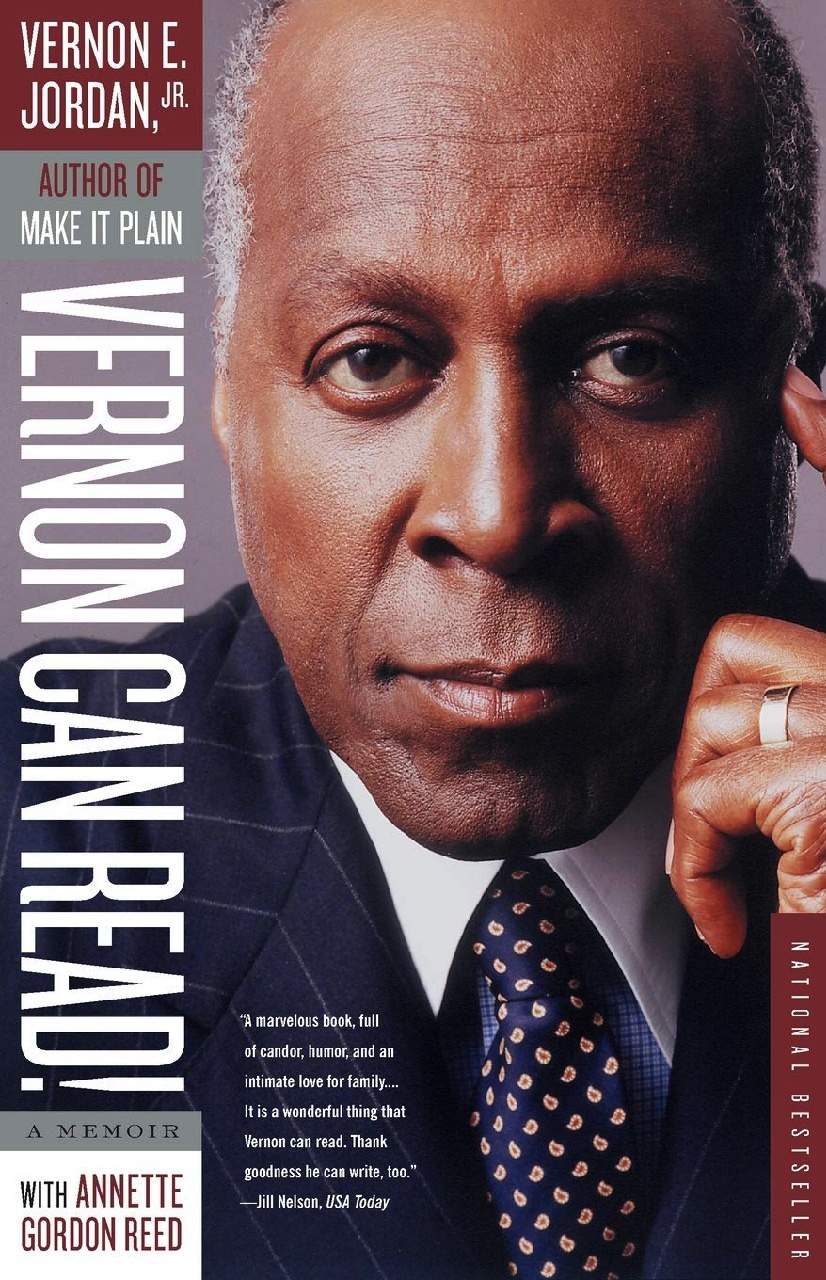
Vernon Can Read
In the 1960s, Jordan was an advocate for the desegregation of Georgia’s colleges and helped escort a female black student through an angry mob when the University of Georgia was desegregated.
-

W.E.B. Du Bois
The Los Angeles Times Book Review calls it ‘a work of keen scholarship that will appeal to the general reader responsive to graceful, lucid prose by an author with an eye for ironic situations and complex emotions.’
-
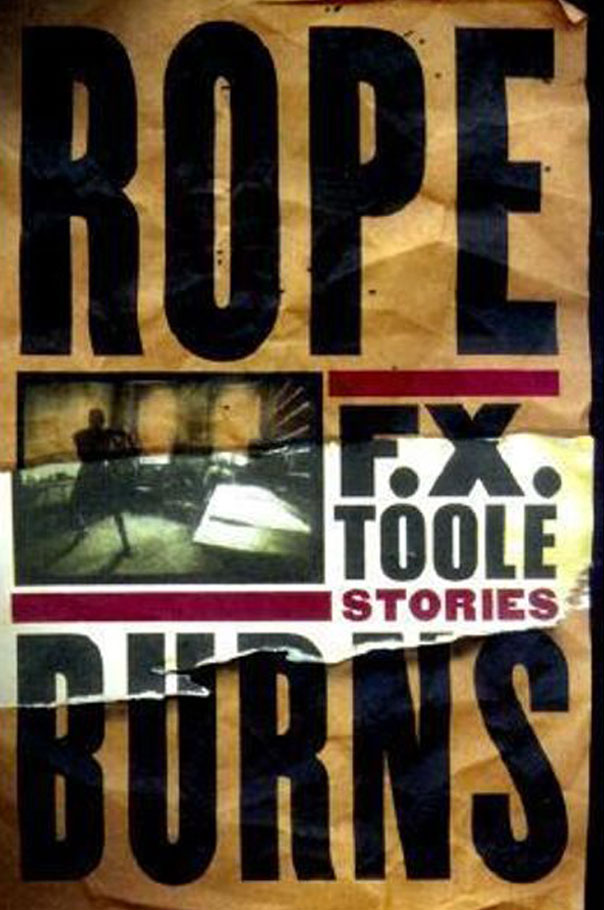
Rope Burns: Stories from the Corner
Toole explores the world of boxing with an insider’s directness and understanding, all the while remaining true to the flawed, noble humanity of his characters.
-
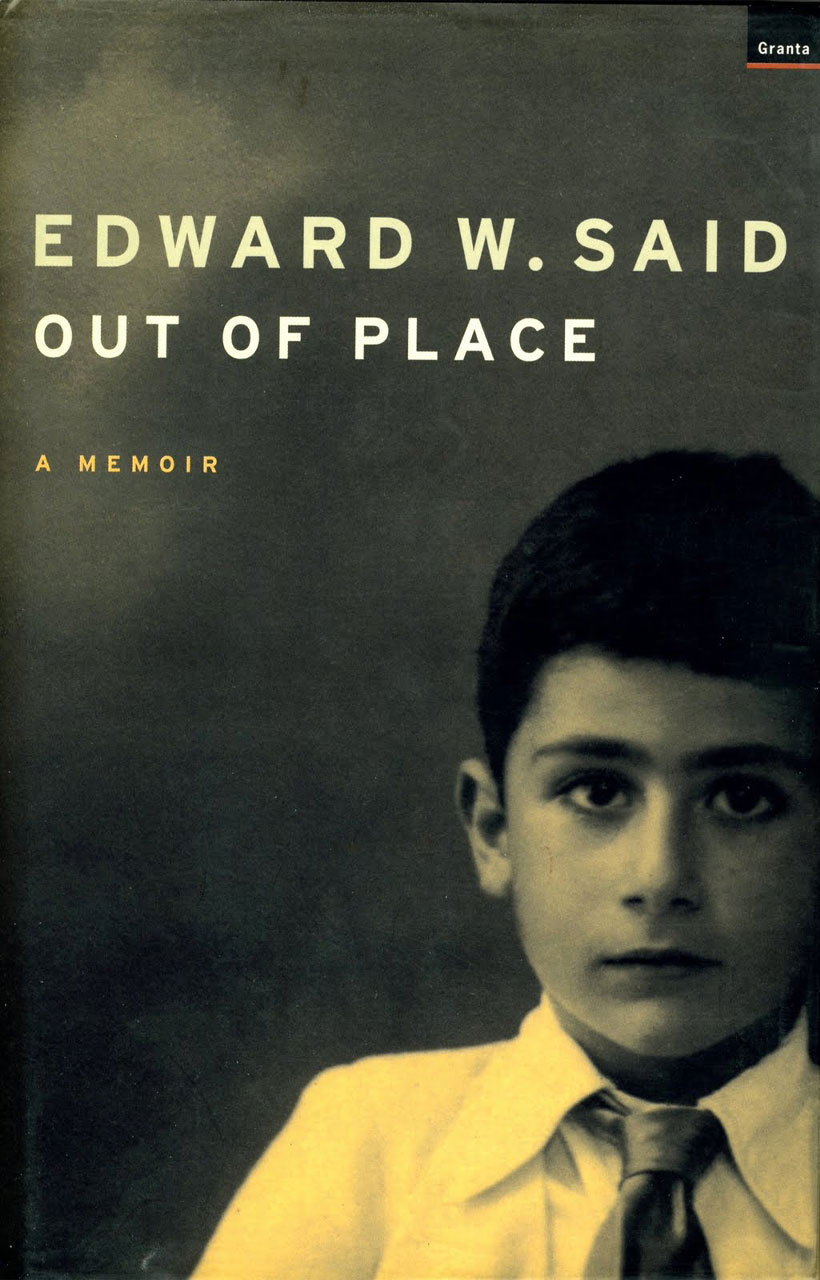
Out of Place
Edward W. Said was one of the foremost cultural critics of the postwar world. He wrote extensively on history, politics, literature, music and philosophy.
-
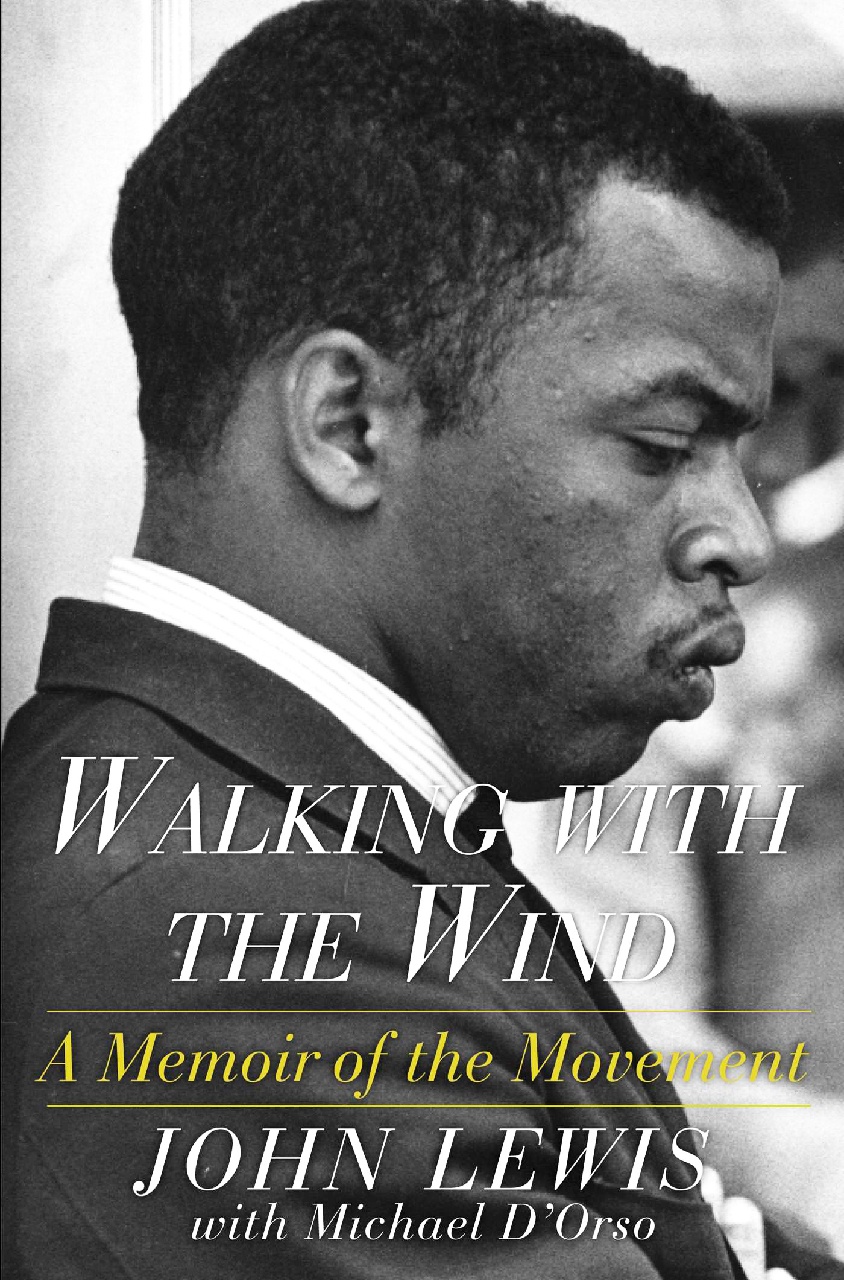
Walking with the Wind
Lewis marched with civil rights leader Martin Luther King Jr. from Selma to Montgomery, Alabama, in an effort to secure voting rights for African Americans. During the march, a confrontation with police occurred, and Lewis was one of many marchers beaten in what became known as Bloody Sunday.
-

The Black Notebooks
Because the power of her images breeds visions which are neither easy nor inescapable, Toi Derricotte moves us […] The pain does not exceed the power.
-
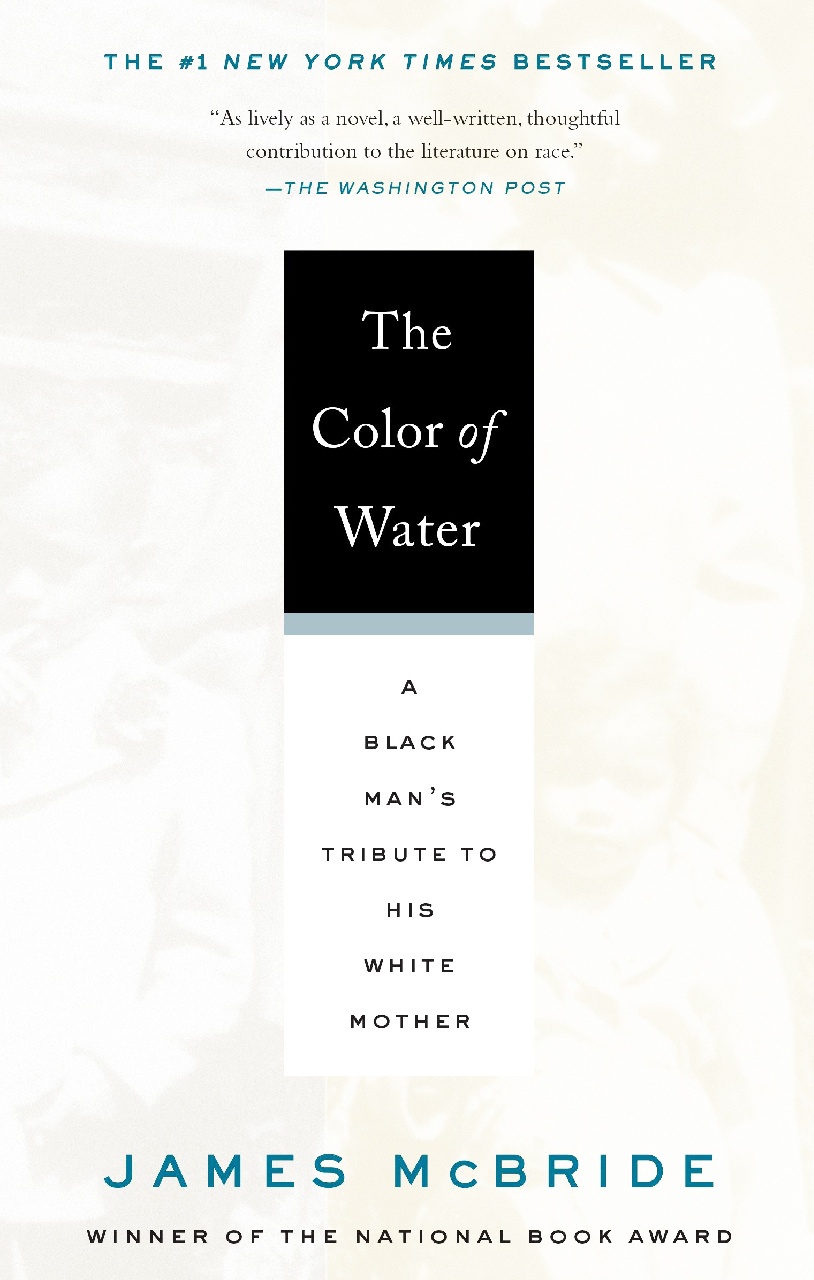
The Color of Water
The story of life lived on both sides of the color line, McBride’s memoir gives equal space to the voice of his white mother […] and his own questions about navigating black identity as a mixed-race person.
-
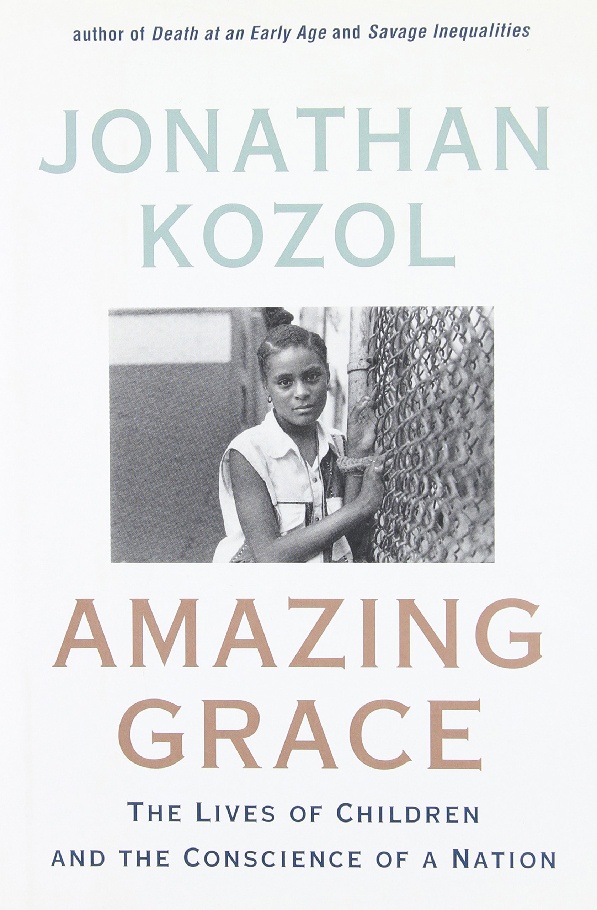
Amazing Grace
When everything breaks down in a neighborhood, how is a family or children supposed to proper? When the pipes and electricity don’t work, and asthma runs rampant because of an incinerator strategically placed in the poorest and weakest of places, how does the spirit survive?
-

Parallel Time: Growing Up in Black and White
As if reflecting the dislocations of his 1960s youth, Staples sketches numerous fragments: his older sister slipping toward delinquency, the challenge by bullies at a new school, the untimely shooting death of his cousin.
-
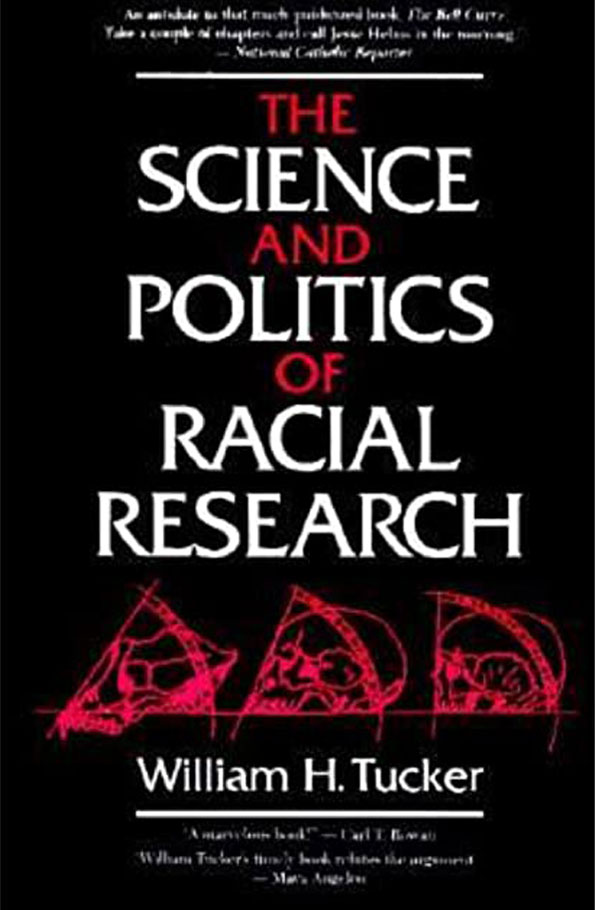
The Science and Politics of Racial Research
Tucker’s accessible book focuses on the intrusion of these “scientists” into public and political life, the methodological problems with their research, and often the politics which underpinned their work.
-
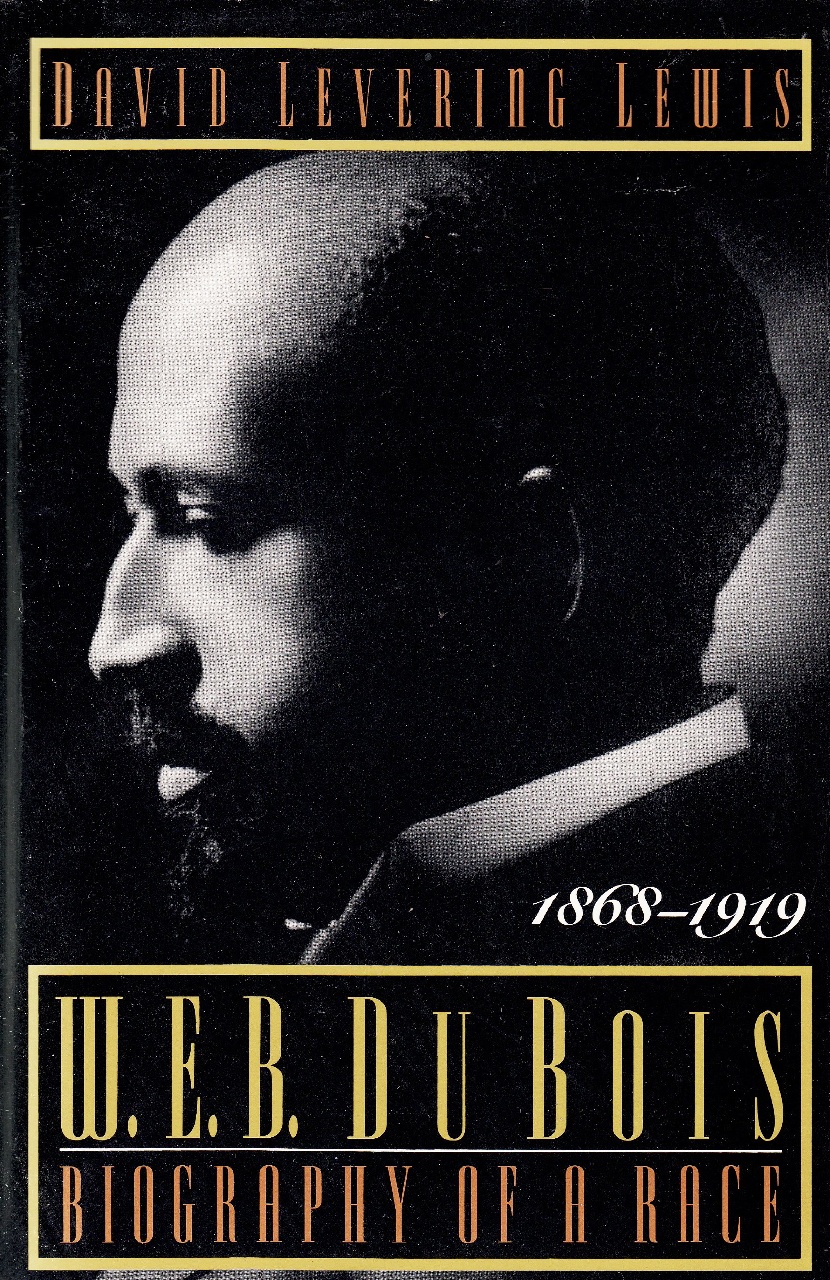
W.E.B. Du Bois
A work of keen scholarship that will appeal to the general reader responsive to graceful, lucid prose by an author with an eye for ironic situations and complex emotions.
-

A Different Mirror
Ron Takaki elevated and popularized the study of America’s multiracial past and present like no other scholar, and in doing so had an indelible impact on a generation of students and researchers across the nation and world.
-
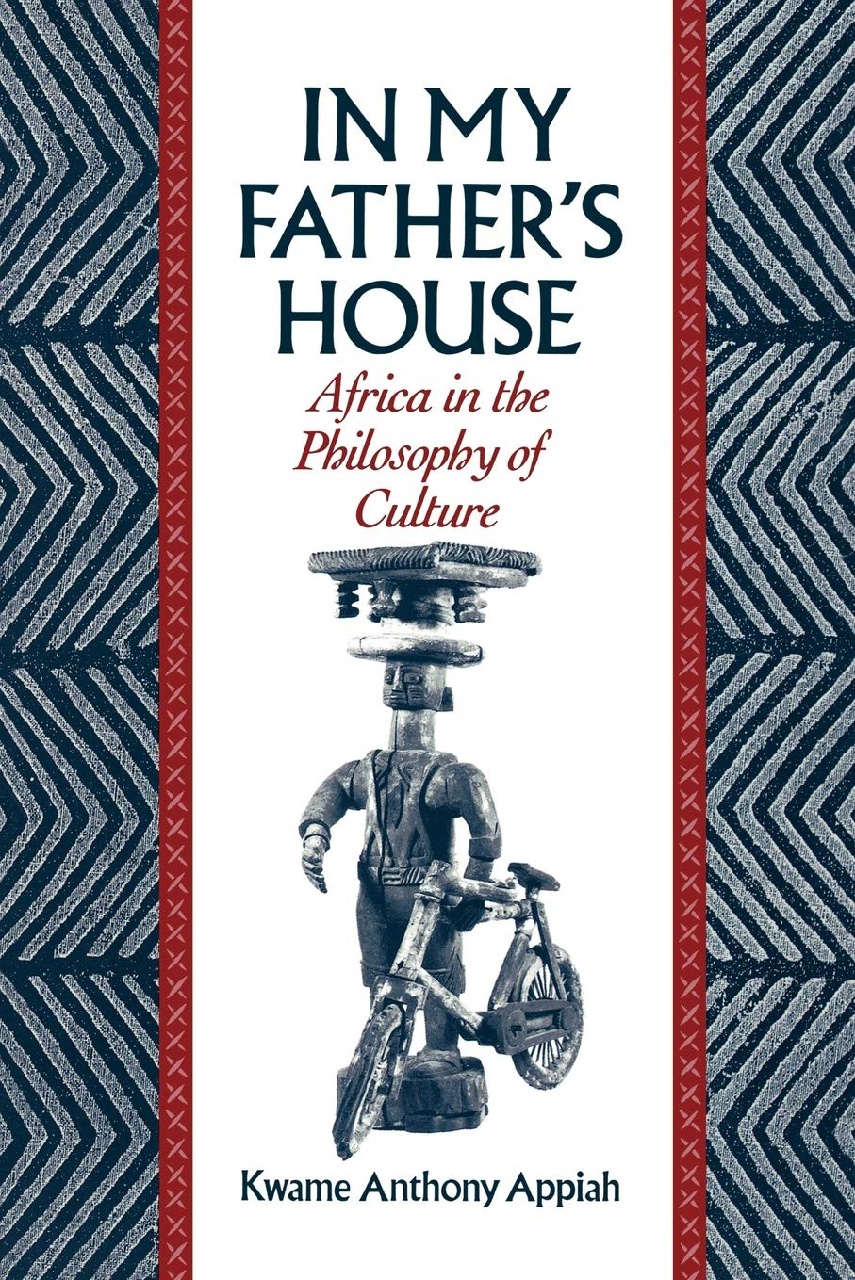
In My Father’s House
My first memories are of a place called ‘Mbrom,’ a small neighborhood in Kumasi, capital of Asante, as that kingdom turned from being part of the British Gold Coast colony to being a region of the Republic of Ghana.
-

The Civilization of the Goddess
At this critical time when the earth is facing environmental catastrophe and it is clear that we need a change of values, this work questions the precept that Western civilization has always been equated with male domination and warfare.
-
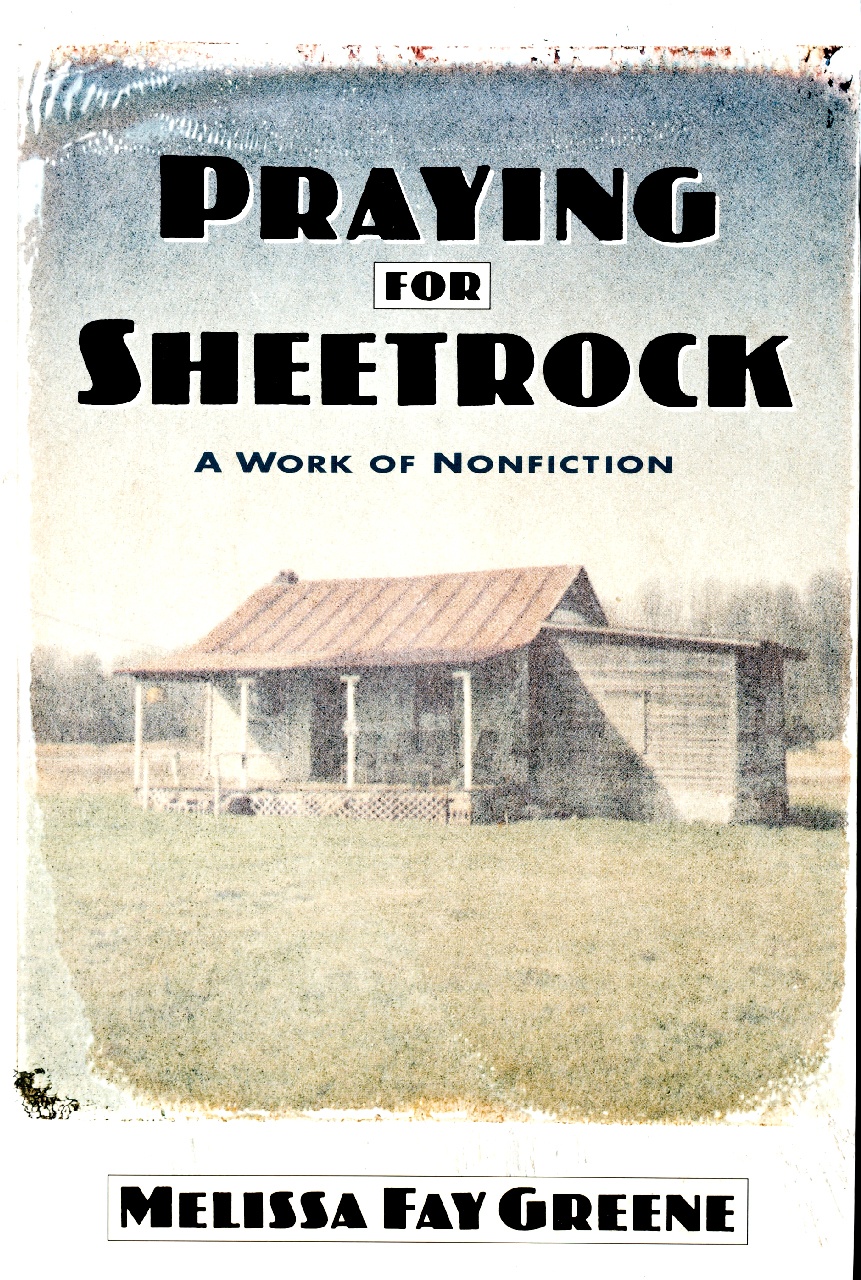
Praying for Sheetrock
The story, written as grippingly as a novel, is charged with twists that only nonfiction can deliver [….] This is, writes Greene, a story of ‘large and important things happening in a very little place.’
-

Lessons and Legacies
Hayes specializes in the history of Germany in the 20th century, particularly the Nazi period.
-

The IQ Mythology
Elaine and Harry Mensh clearly demonstrate that IQ tests have been fundamentally biased from the very beginning. These tests, they argue, serve to maintain the status quo of unequal educational opportunities.
-

The Homeplace
Waniek retains the immediacy of this oral legacy through a skillful interweaving of dialect, quotations and first-person narration, and through her matter-of-fact, unadorned speech.
-
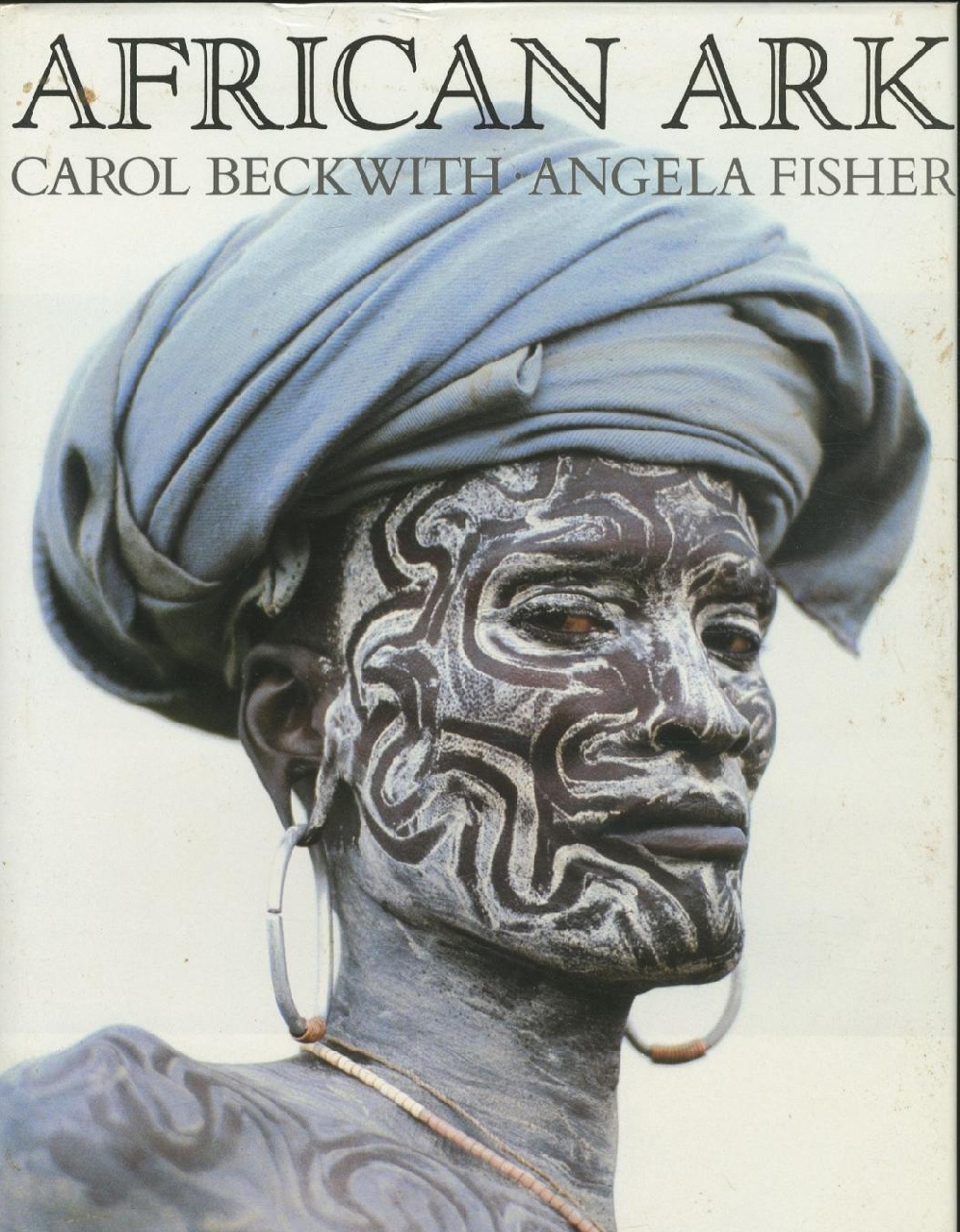
African Ark
Angela and I feel when we come back to the Western world that we’ve really lost the important rituals that teach us so many things. We really hope that our book will rekindle an awareness of these values as we all move into the millennium.
-

Gunnar Myrdal and America’s Conscience
Myrdal came to argue that the “Negro problem” was really a “white problem,” a moral dilemma of a most complex sort that had not only economic dimensions but cultural, political, and structural dimensions as well.
-
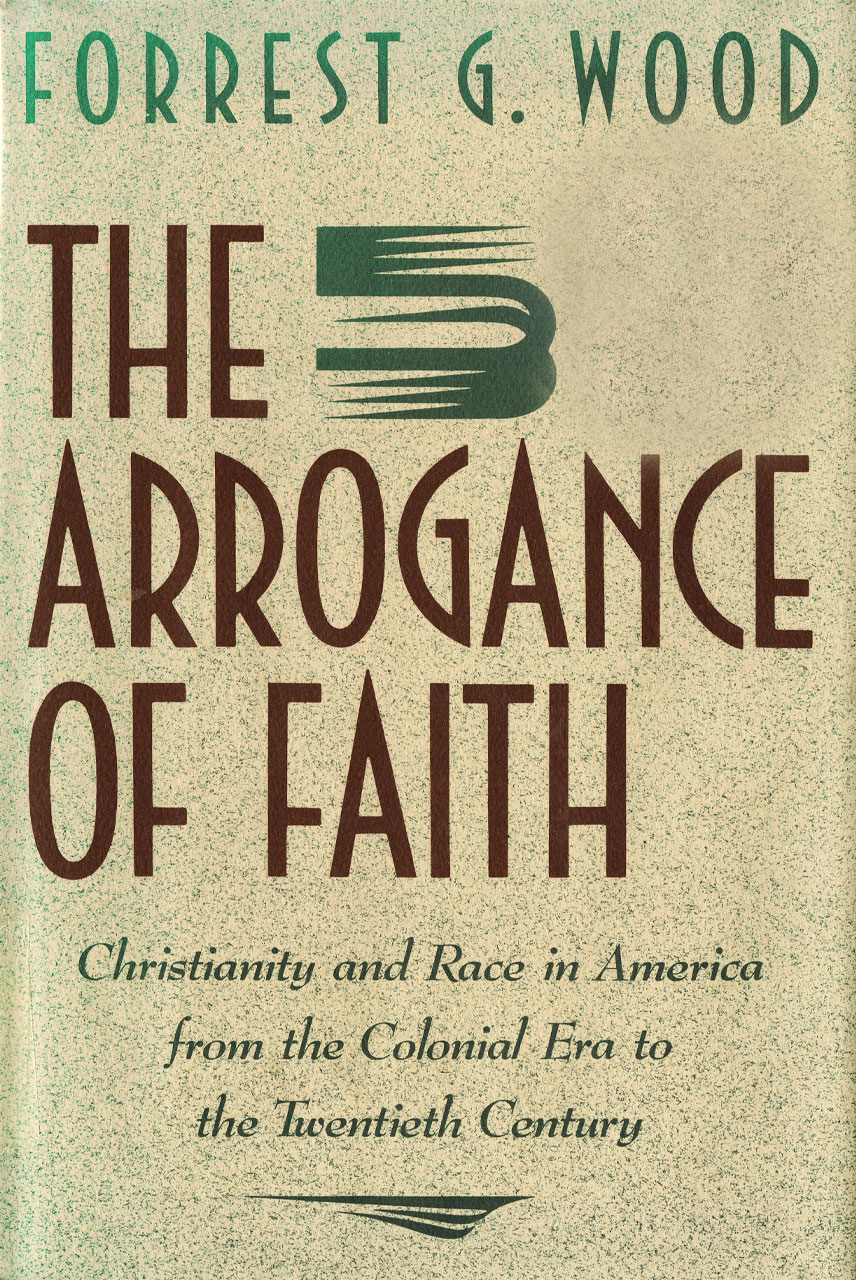
The Arrogance of Faith
Christianity, in the five centuries since its message was first carried to the peoples of the New World—and, in particular, to the natives and the transplanted Africans of English North America and the United States—has been fundamentally racist in its ideology, organization, and practice.
-
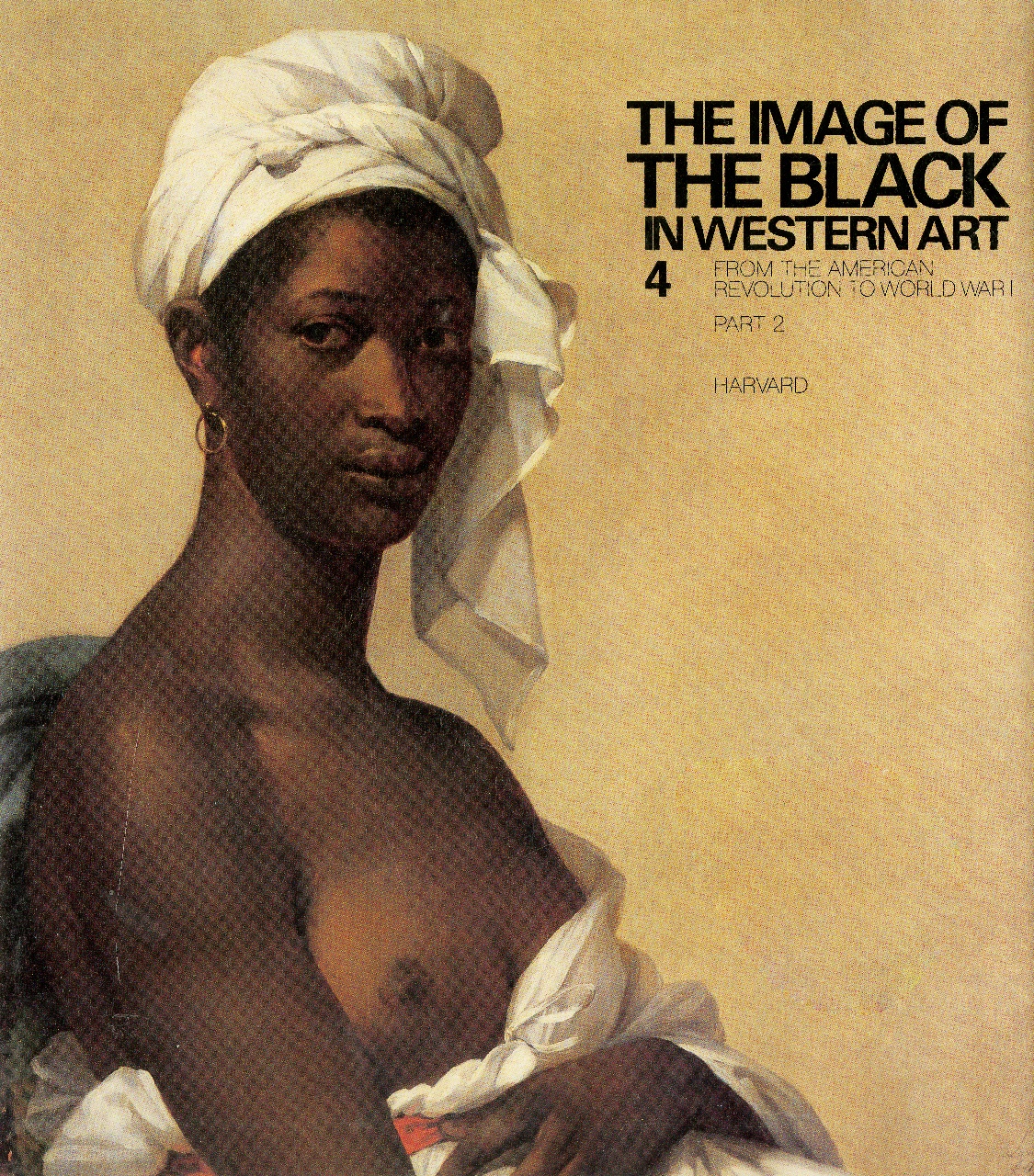
The Image of the Black in Western Art From the American Revolution to World War I
Honour places each work in its social context, yet his study refuses to treat works of art merely as historical documents. Instead, it inquires into how social realities enable and constrain the possibilities of art.
-
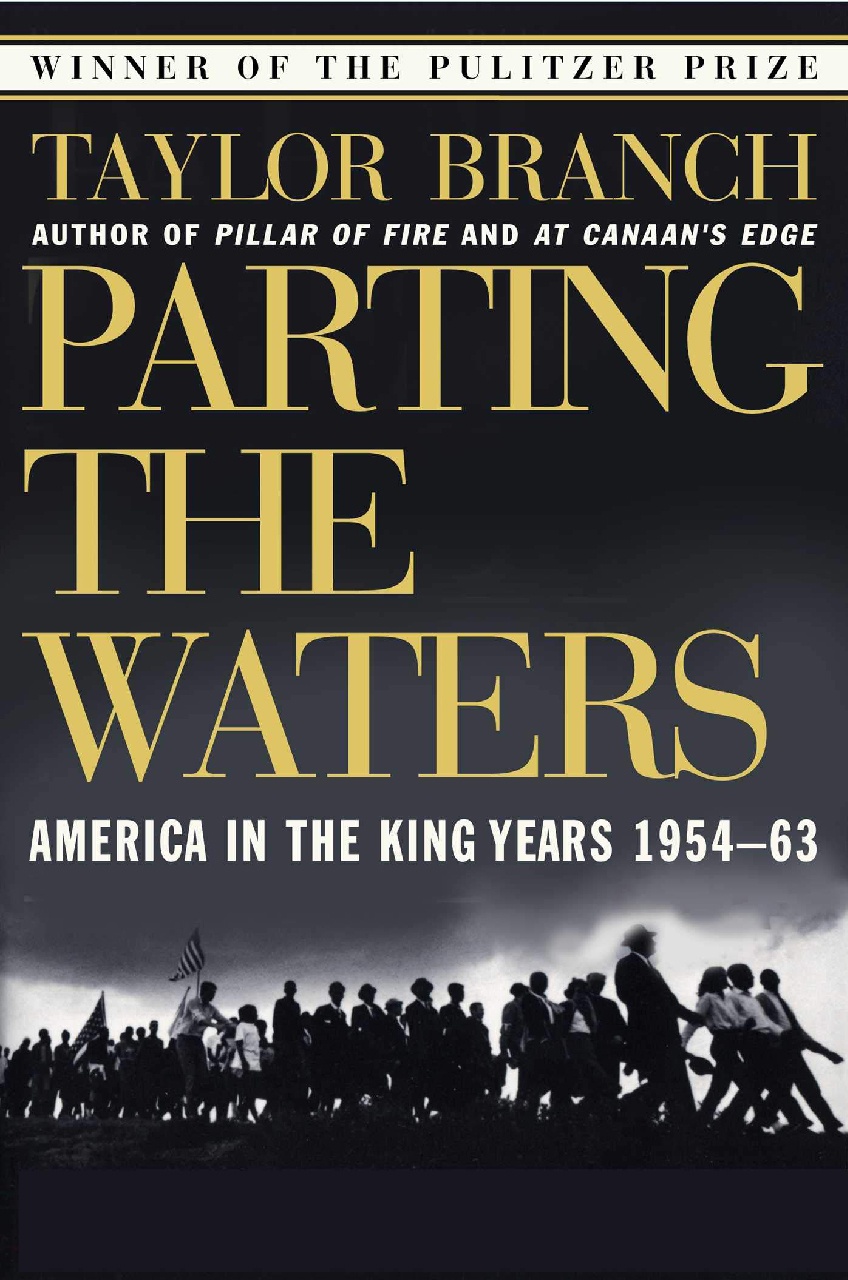
Parting the Waters
‘Parting the Waters: America in the King Years, 1954-1963’ [is] a sweeping and authoritative examination of the work and days of Reverend Martin Luther King, Jr.
-

The Schomburg Library of Nineteenth-Century Black Women Writers
Gates has been a central figure in opening the canon of American literature to include work of the highest quality not only by African Americans, but also by women, gays and lesbians, and other traditionally excluded writers.
-

A Life in the Struggle
Using oral histories and extensive archival research, George Lipsitz examines the culture of opposition through the events of Perry’s life of commitment and illumines the social and political changes and conflicts that have convulsed the United States during the past fifty years.
-
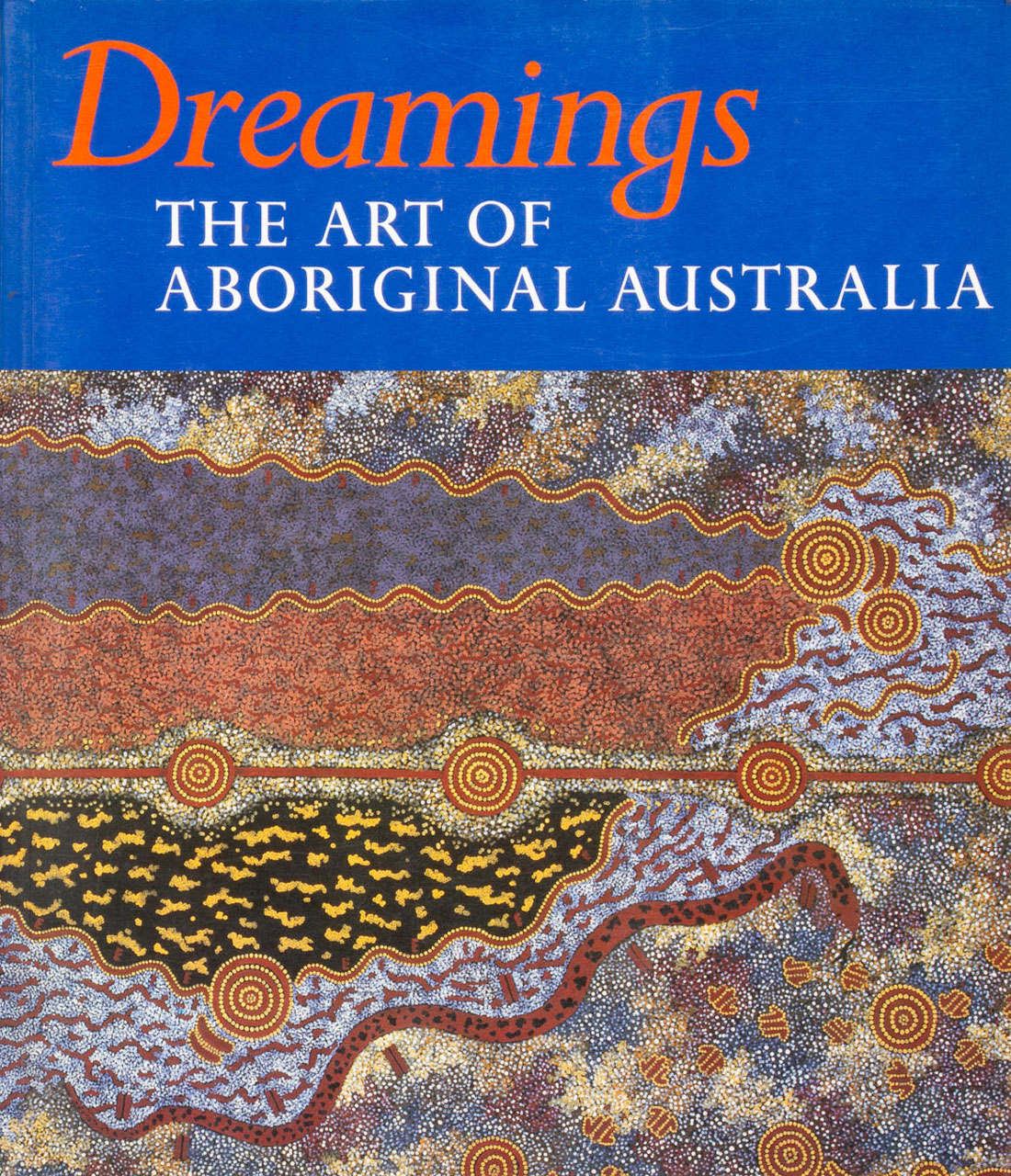
Dreamings
The Dreamtime of the Aborigines’ bark paintings, acrylics, ceremonial objects and sculptures is both the sacred, life-giving dimension of the present and the realm in which ancestral spirits roam the landscape.
-
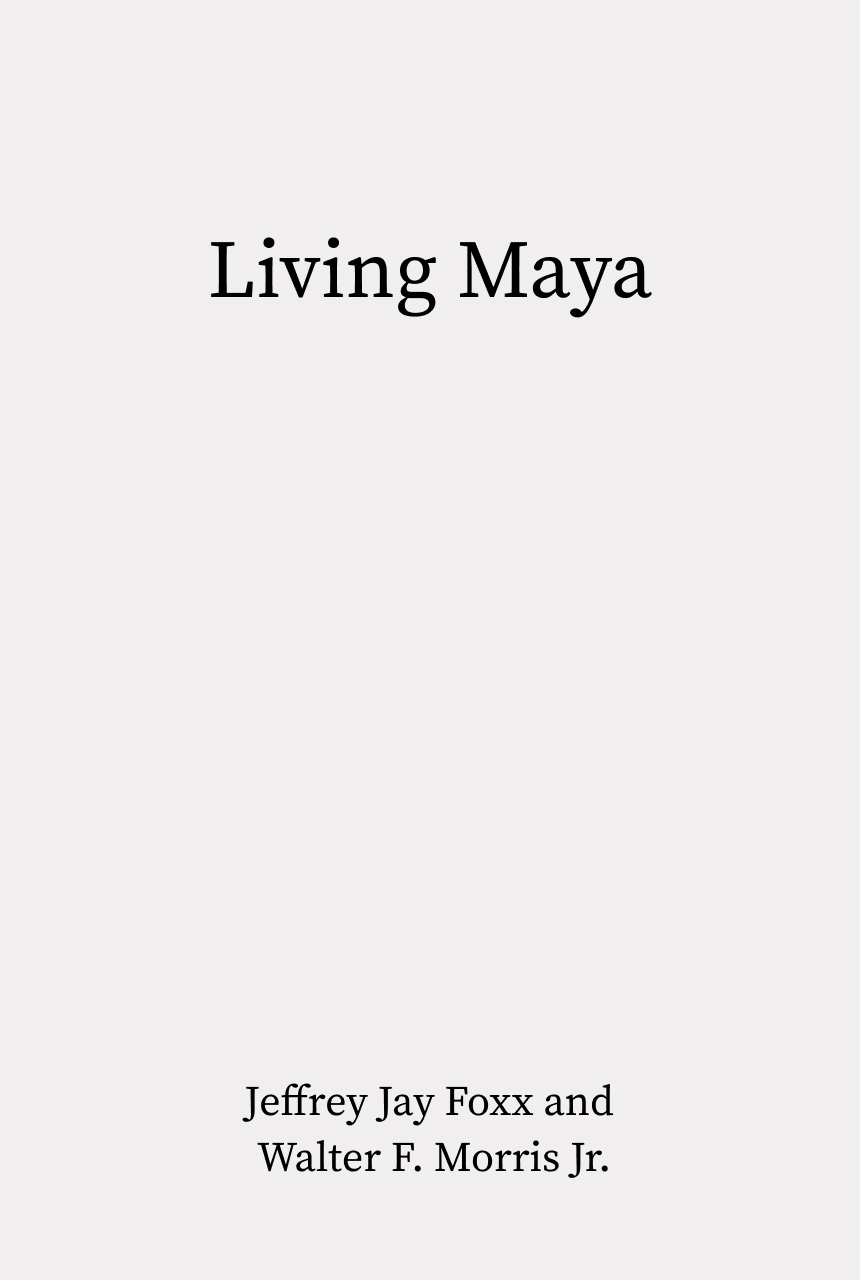
Living Maya
Myths, legends, and songs are explained and depicted, and there is a special emphasis on the Maya’s weaving, the one art form to have persisted virtually unchanged throughout the last 2000 years.
-
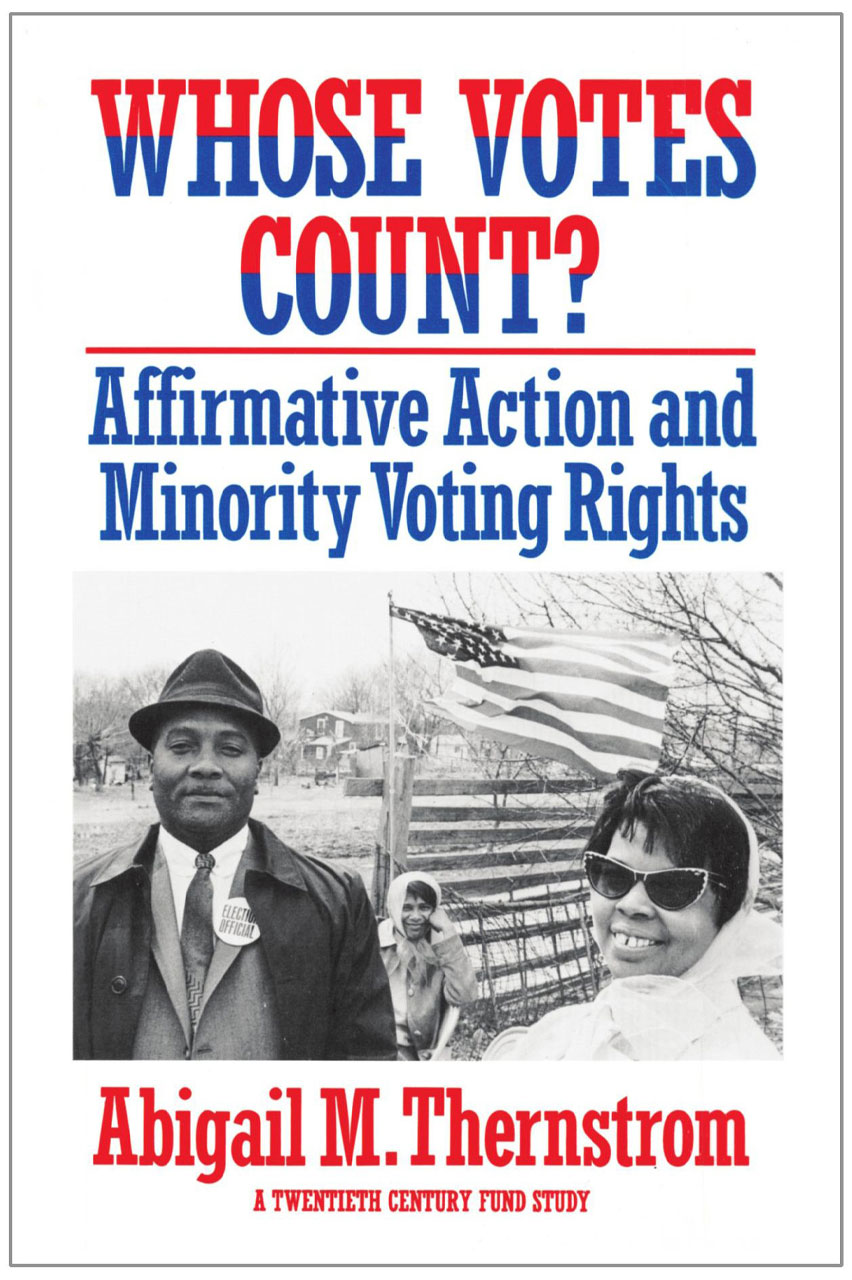
Whose Votes Count?
Thernstrom shows how a measure carefully crafted to open the polling booths to southern blacks has evolved into a powerful tool for affirmative action in the electoral sphere—a means to promote black and Hispanic office holding by creating “safe” seats for minority candidates.
-

The Life of Langston Hughes
This balanced, honest biography offers deep insights into a major artist’s personality and work as well as a sweeping view of American culture in his lifetime.
-
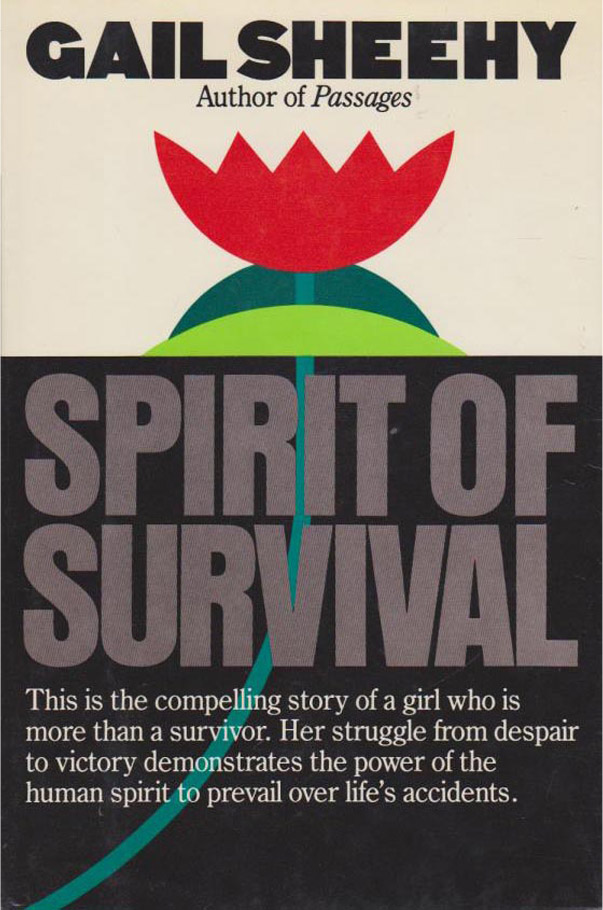
Spirit of Survival
Gail Sheehy has rocked the culture and changed the way millions of women and men around the world look at the stages of their lives.
-

Kachinas
This volume is an essential for kachina collectors. Author Barton Wright is known as the authority on Hopi kachinas and this book, his major work, shows why.
-
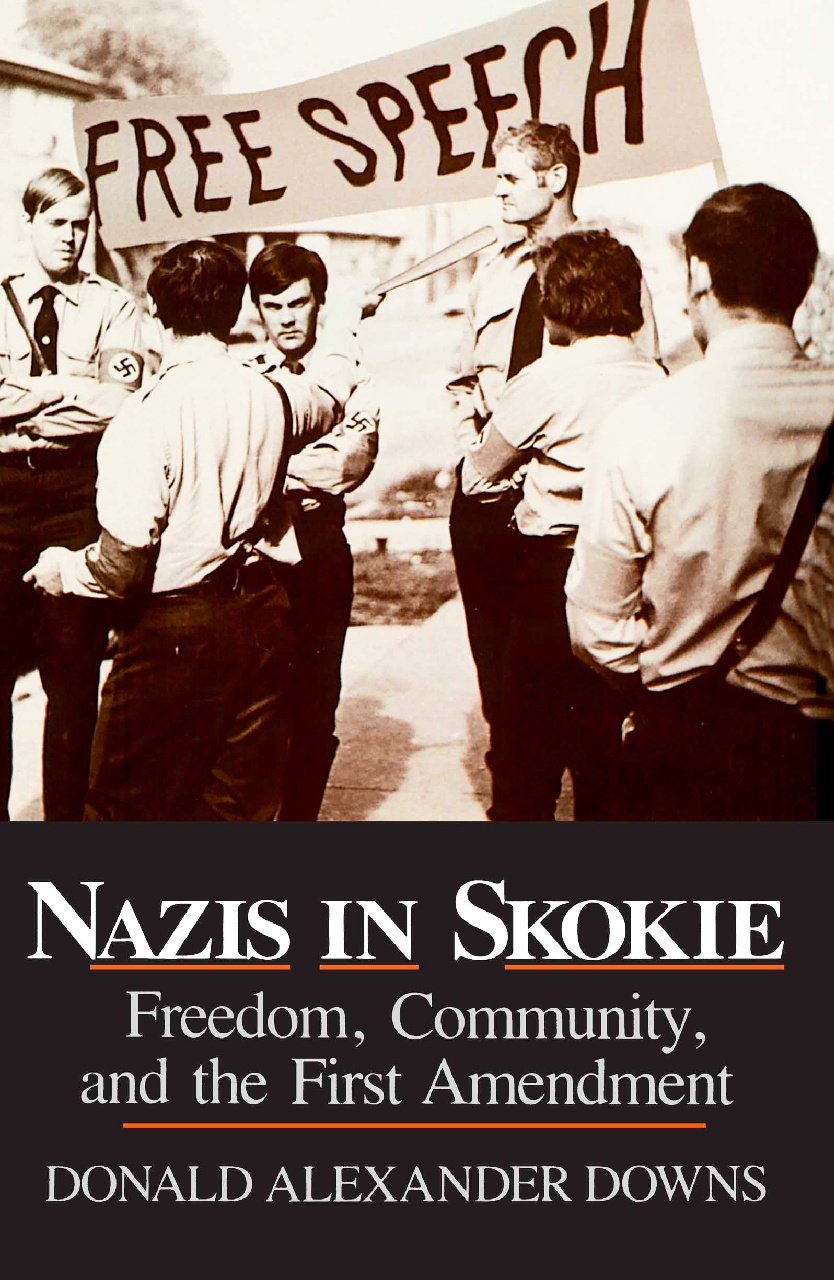
Nazis in Skokie
Downs combines detailed social history with informed legal interpretation in a provocative examination of an abiding tension between individual freedom and community integrity, and between procedural and substantive justice.
-
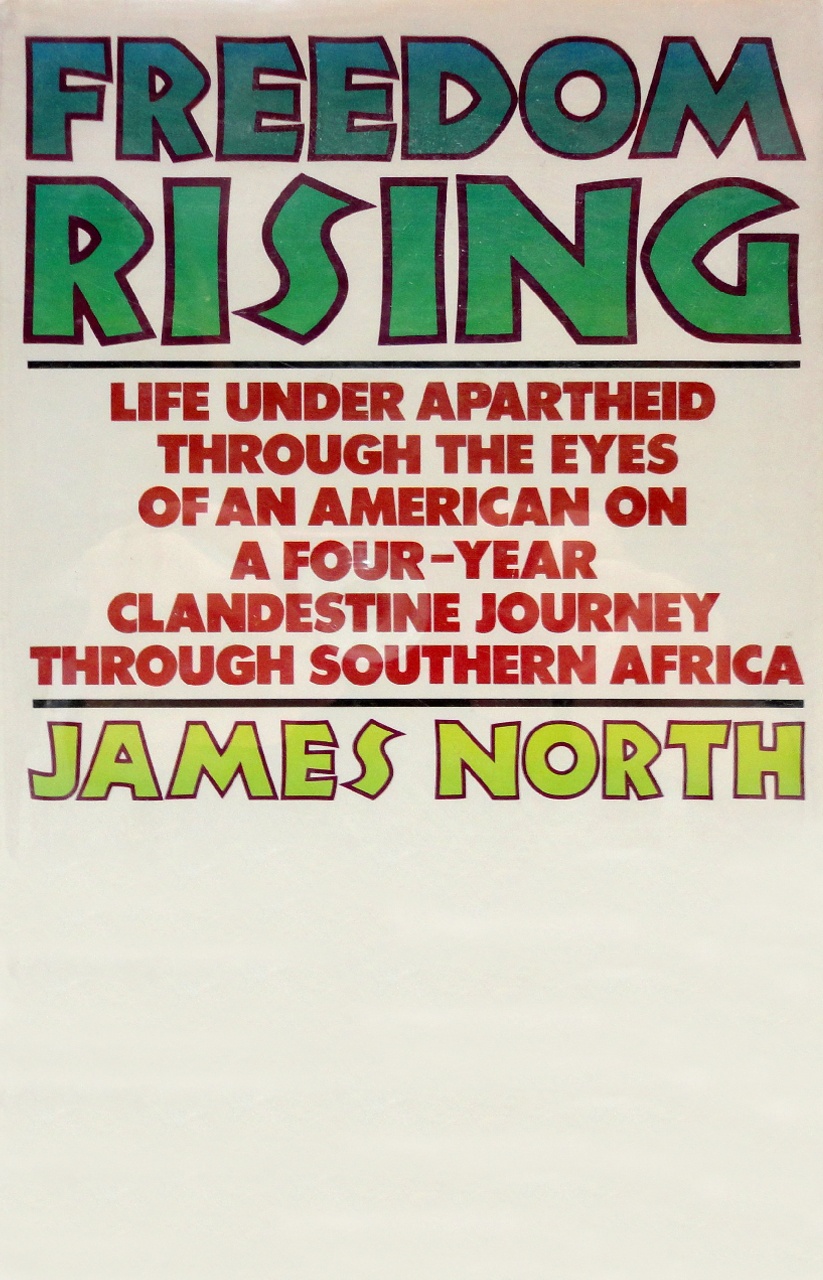
Freedom Rising
-

The Abandonment of the Jews
In this controversial work, he suggests, with good cause, that a combination of anti-Semitism and indifference to anything not perceived as being of direct strategic importance to the United States indirectly led to countless deaths.
-

Pre-Columbian Art
Alcina Franch developed an interest in archaeology, initially with a historical bias, soon to be transformed into a consideration of anthropology as a science.
-
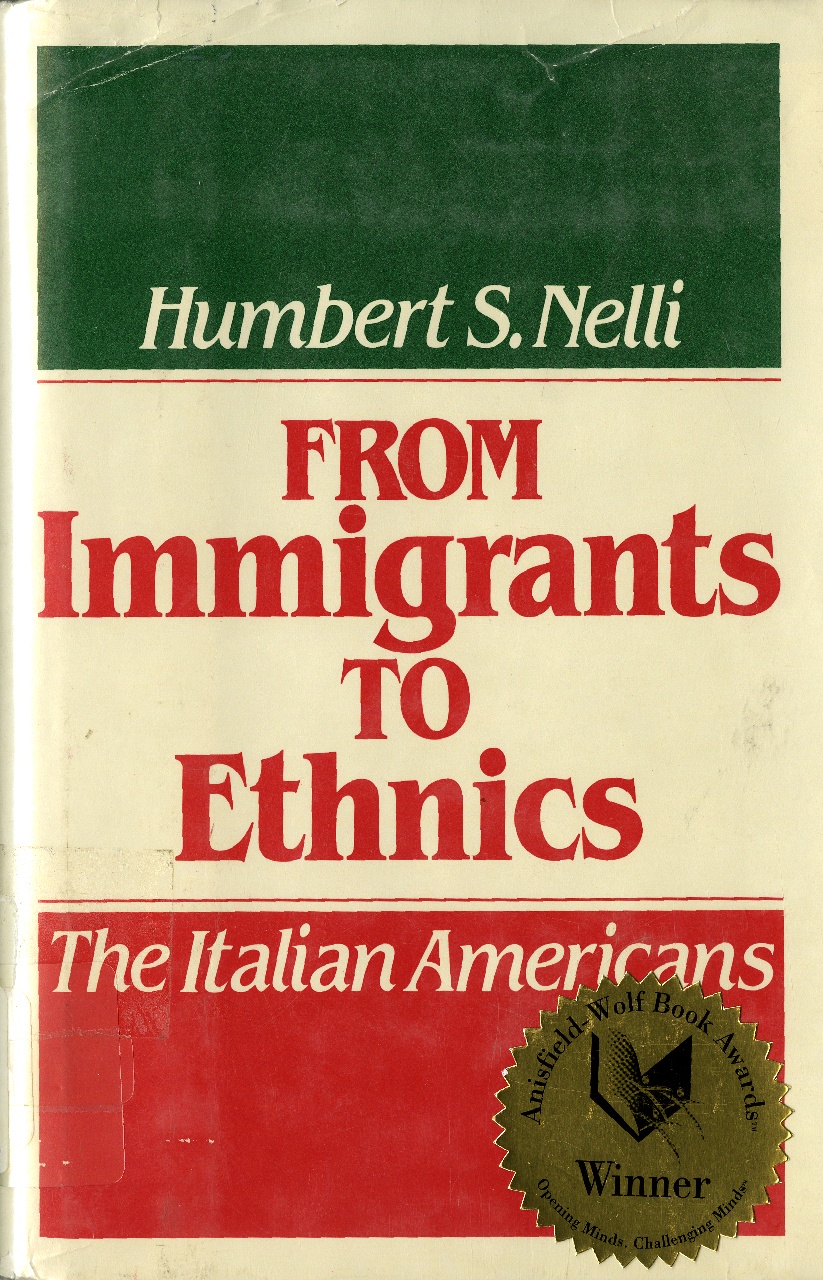
From Immigrants to Ethnics
-
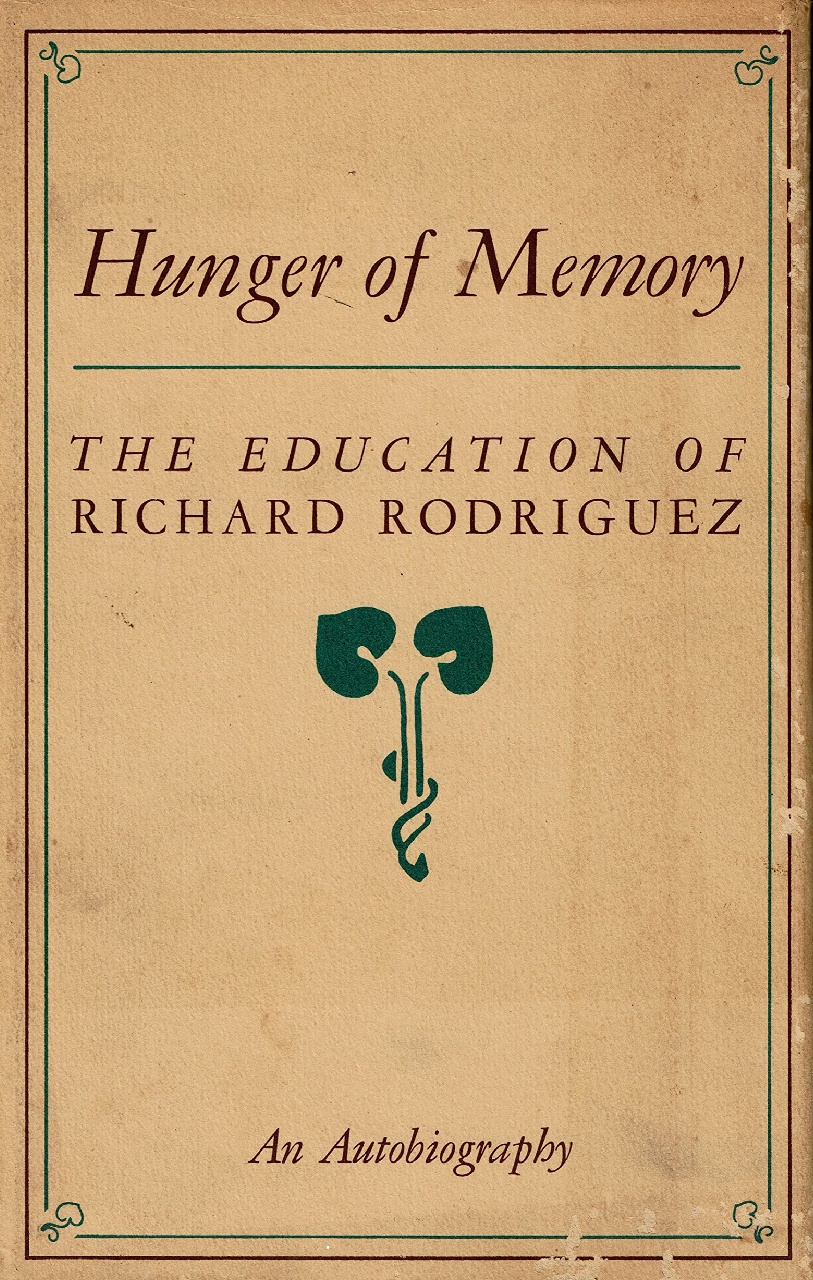
Hunger of Memory
It is his coming-of-age story, he notes, ‘the story of the scholarship boy who returns home one summer to discover the bewildering silence, facing his parents. This is my story. An American story.’
-

Ake
He is not afraid to take action when necessary; he is never merely a commentator from the sidelines, and never untrue to the demands of his craft, whether his work is in the form of a poem, an essay, or a play.
-
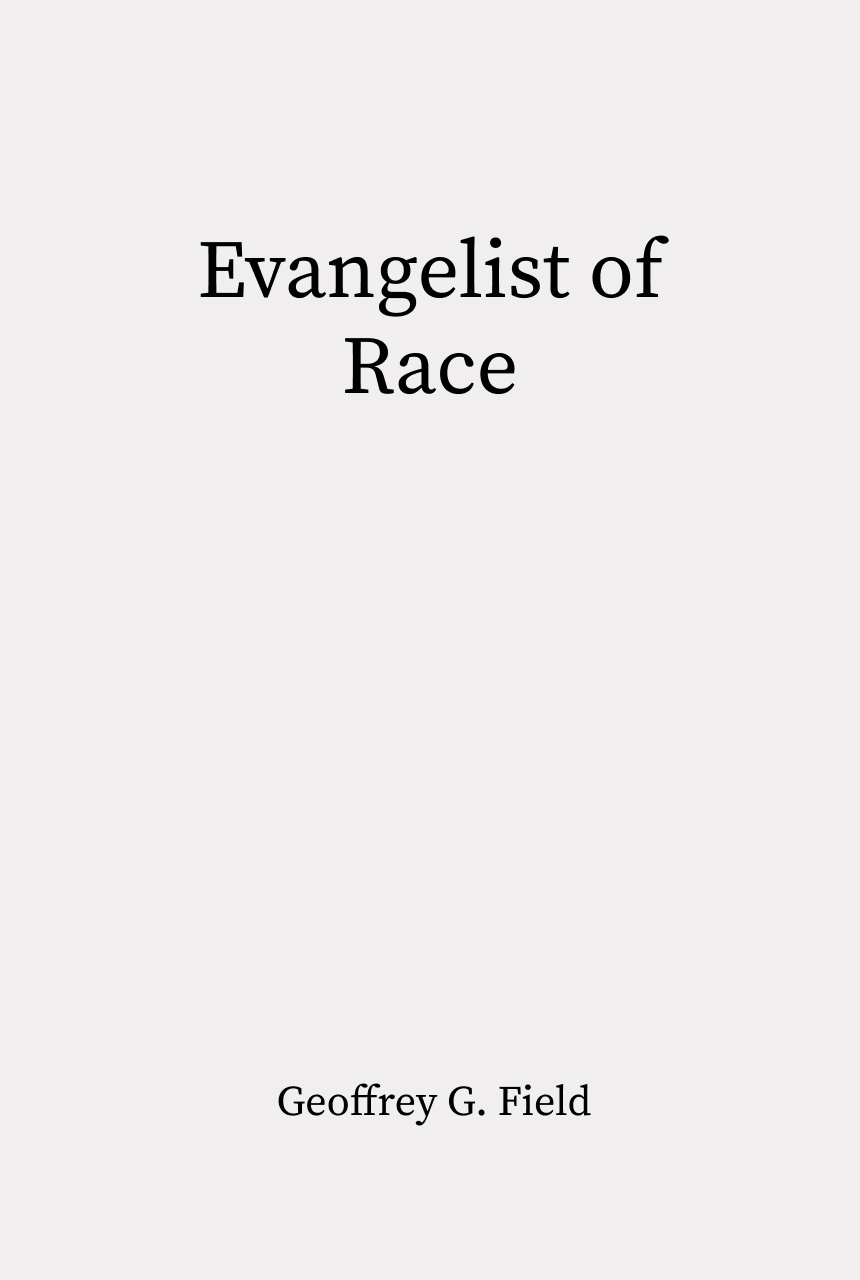
Evangelist of Race
Field has made a contribution to the discussion among historians of Germany whether German society in the late nineteenth and early twentieth centuries was an exception in Europe, or whether racialism, anti-Semitism, and all the excesses of ultra-nationalism were endemic in the whole of European society in the age of imperialism.
-

People of the Sacred Mountain
-
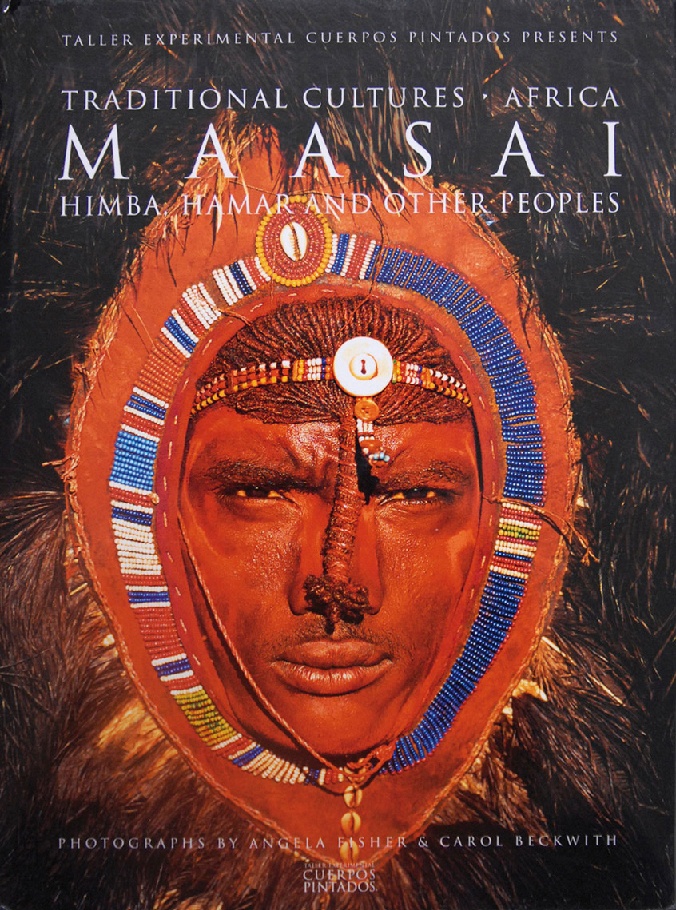
Maasai
This is not so much a book as it is an experience, aided by its “over-sized” coffee table format book that gives you the feeling of “stepping” into the beautiful Kenyan landscape.
-

Song From the Earth
Both an insider and an outsider, Highwater enjoyed what he considered to be a distinctive Native American sensibility that expected individuals to be transformed rather than retain a fixed identity.
-

The Ecology of Human Development
The effect is a perspective on the field of human development that is exciting in its possibilities [….] It conveys masterfully the mystery and excitement of scientific investigation.
-
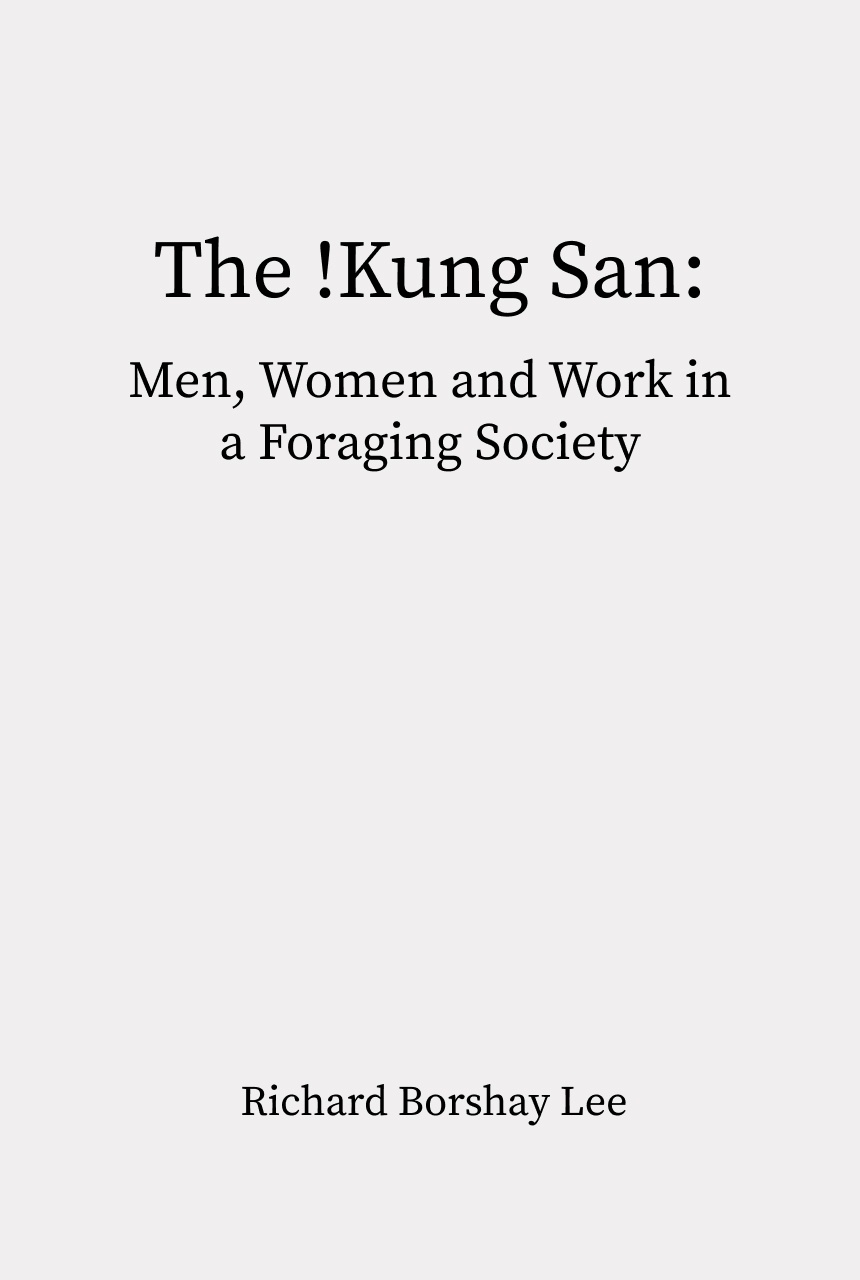
The !Kung San
By maintaining simultaneous historical and synchronic perspectives, Lee is able to extend his analysis of core features from the contemporary !Kung to prehistoric societies. These basic principles become the means to understanding the form of human life that has been obscured by the developments and complications of societies during the last few thousand years.
-
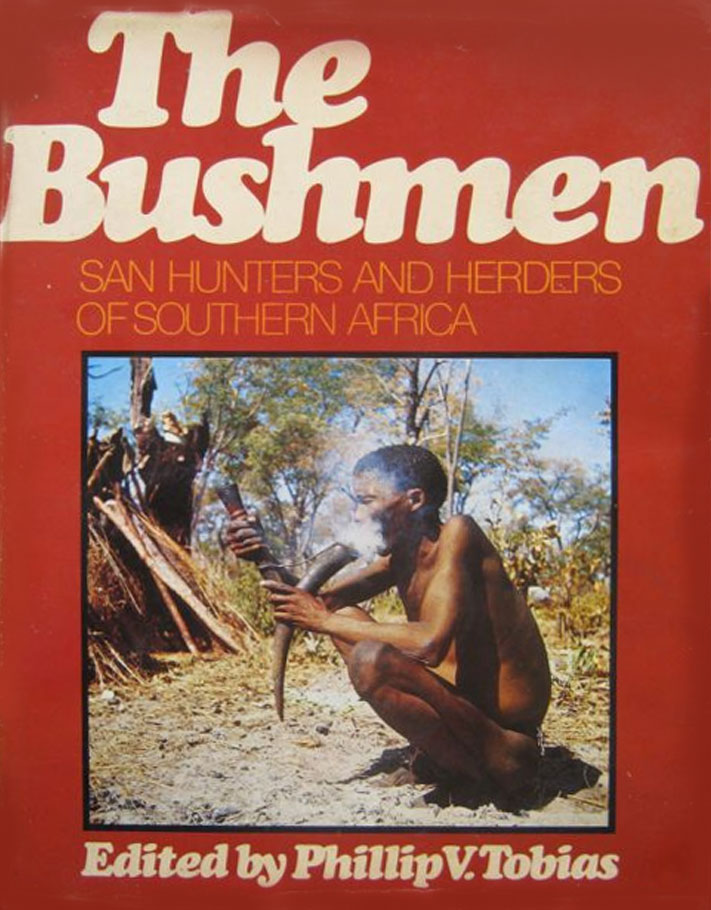
The Bushmen
-
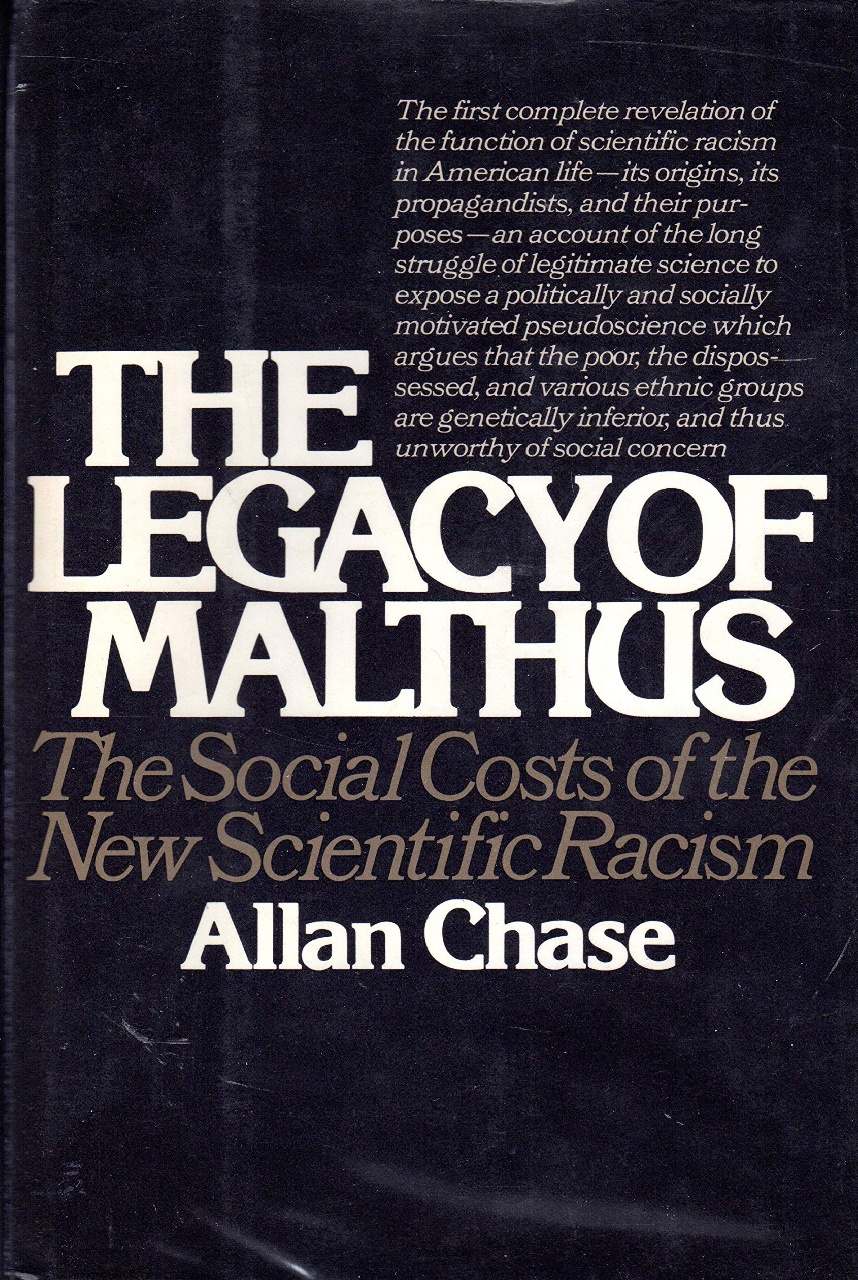
The Legacy of Malthus
-

The Woman Warrior
The narrative improvises upon the oral tradition of talk-story, a form of storytelling that encouraged Hong Kingston’s aspirations to become a strong, self-articulate woman.
-
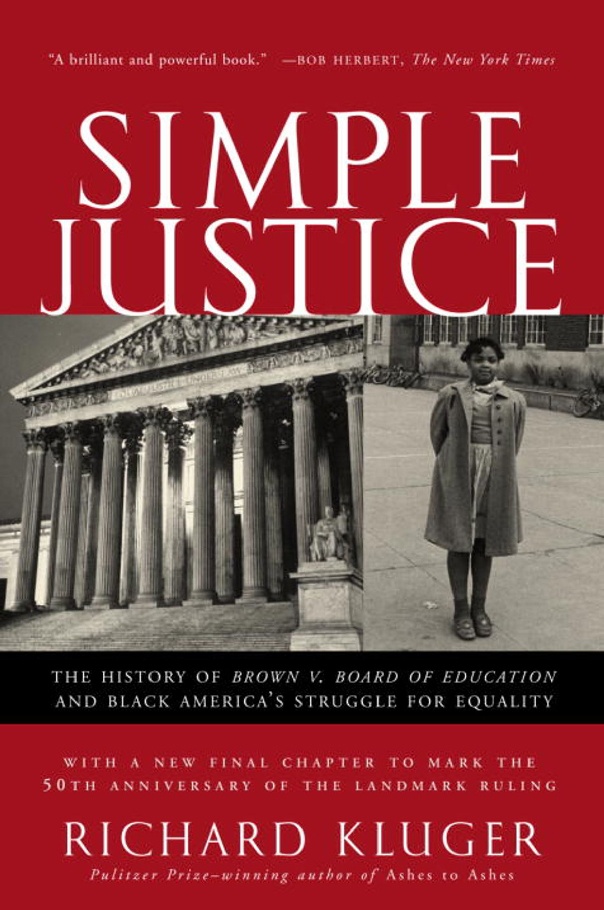
Simple Justice
Richard Kluger provides the fullest possible view of the human and legal drama in the years before 1954, the cumulative assaults on the white power structure that defended segregation, and the step-by-step establishment of a team of inspired black lawyers that could successfully challenge the law.
-
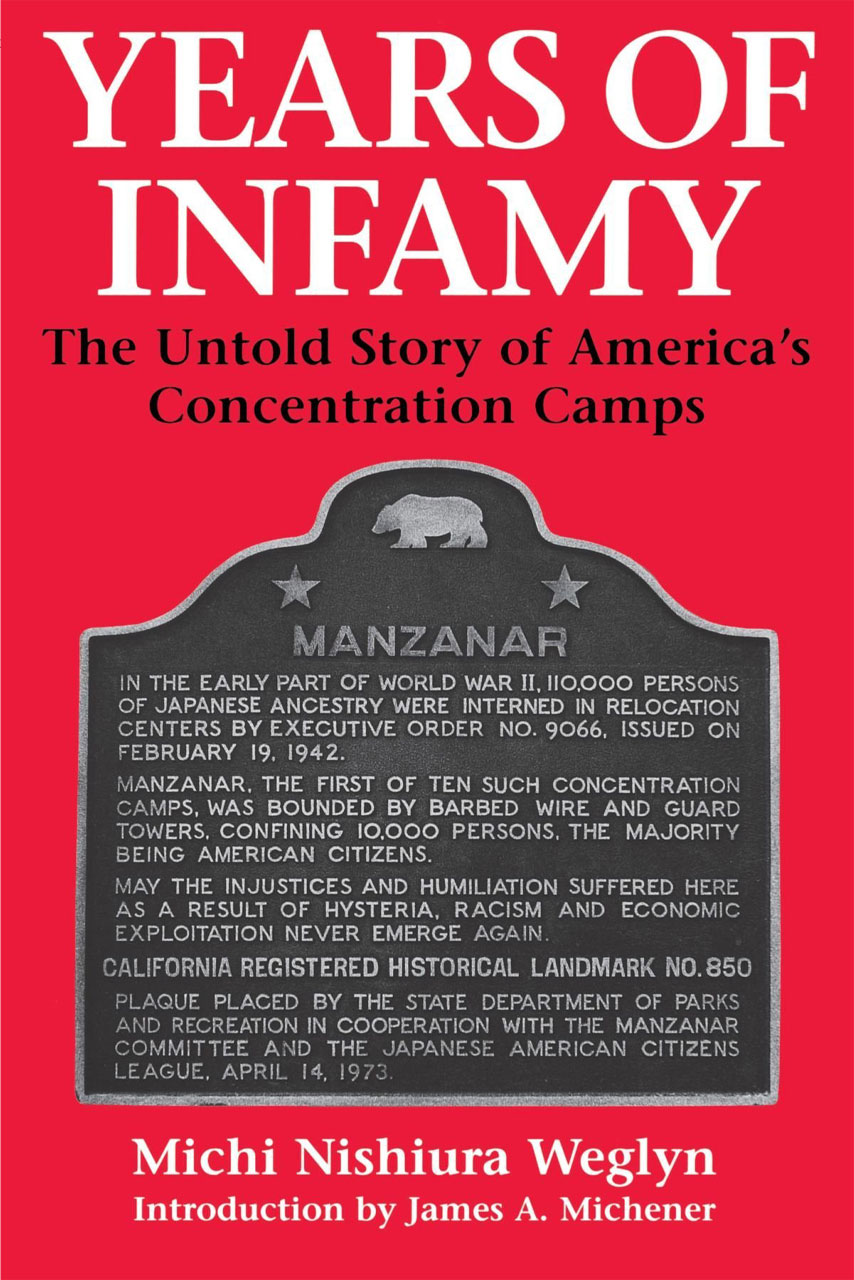
Years of Infamy
Persuaded that the enormity of a bygone injustice has been only partially perceived, I have taken upon myself the task of piecing together what might be called the ‘forgotten’ or ignored parts of the tapestry of those years.
-

The War Against the Jews
Dawidowicz allows the coolly accumulated weight of detail—the growing force of the Nazi’s anti-Semitic juggernaut, the evolution of the camps as places of scientific murder, the efforts by the victims to hold onto fragments of normal life—to create its emotional and intellectual impact.
-

The Arabs
Paramount in his analysis is the importance of Islam, the principal Middle Eastern religion, and how it has helped mould the character and proclivities of the ‘elusive, self-contradictory Arab mentality.’
-
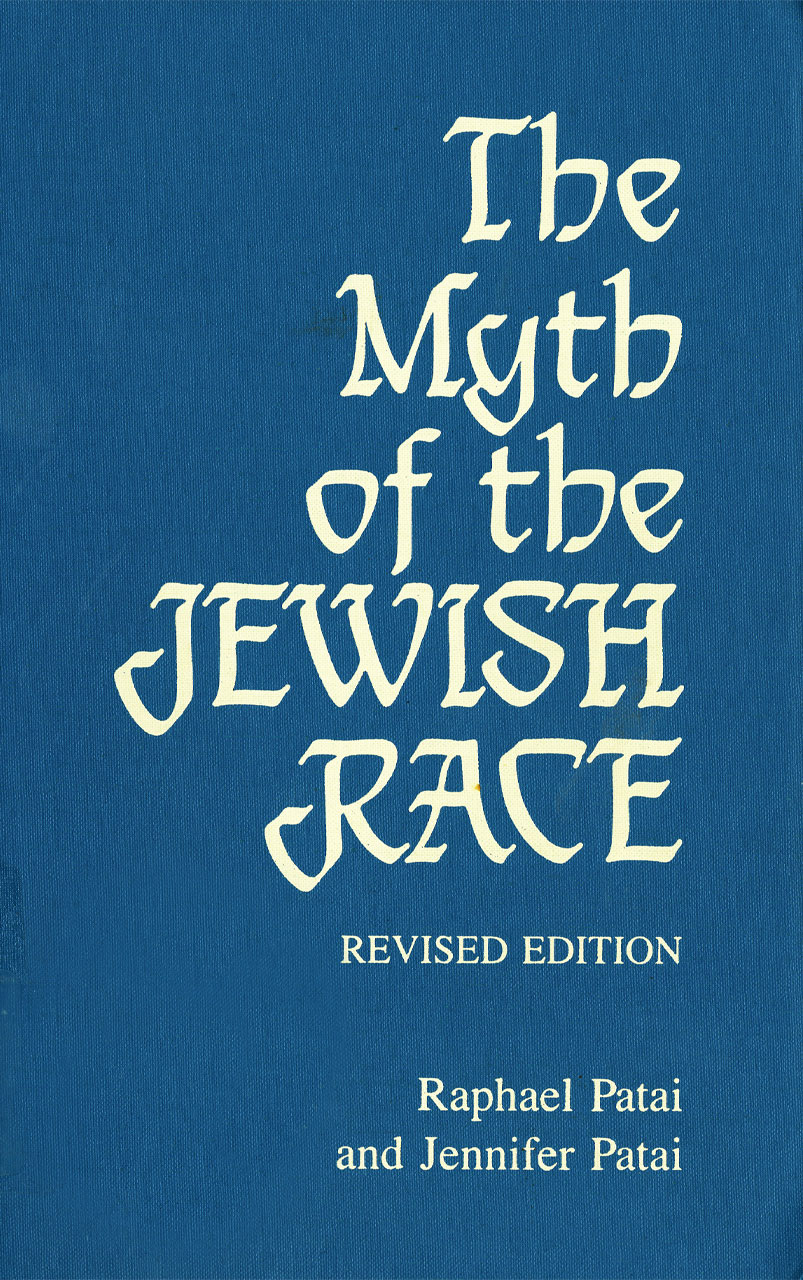
The Myth of the Jewish Race
-
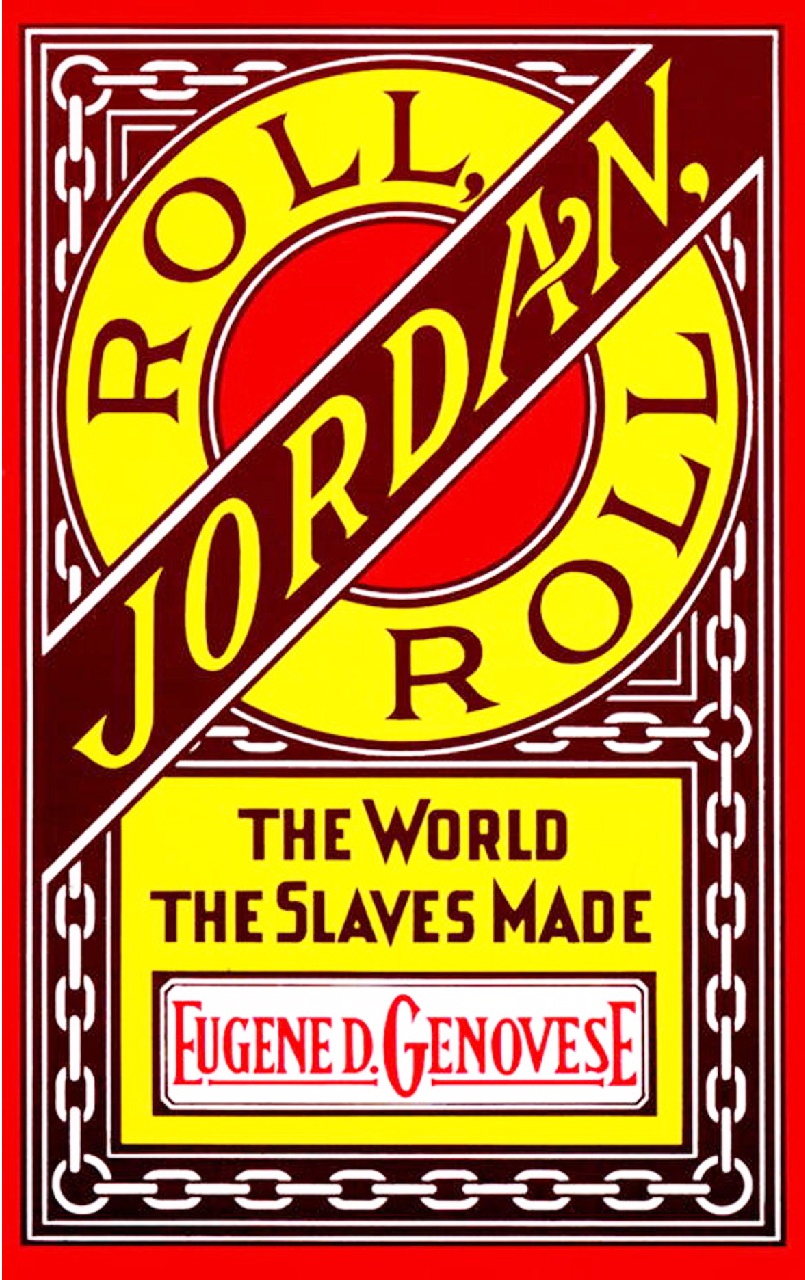
Roll, Jordan, Roll
This is a necessary transcendence of many other historians’ dehumanizing view of both slaves and slaveholders, and to it Genovese brings his intellectual expansiveness and depth of feeling.
-

The Aryan Myth
The book is encyclopedic in scope and is sure to provide the definitive account, tracing the development of Aryan mythology in European history.
-

Doctor and the Aborigines
‘Doctor and the Aborigines’ tells the story of Dr Duguids’ life, from his birth in Scotland to his eventual arrival in Australia, and then to taking up of the aboriginal cause the 1930’s.
-

The Unfinished Quest of Richard Wright
A profound and thorough interpretation of Wright’s work. It is at once affective and human, very moving and complete. Michel Fabre understands both the man and the writer.
-

Justice in South Africa
While executing his first lawyering job as an Advocate at the Cape Town Bar, Sachs came to see laws as tools ‘to oppress people, not to protect people.’
-

The Dreyfus Case
Sentenced to life imprisonment for allegedly having communicated French military secrets to the German Embassy in Paris, Dreyfus was sent to the penal colony at Devil’s Island in French Guiana and placed in solitary confinement.
-
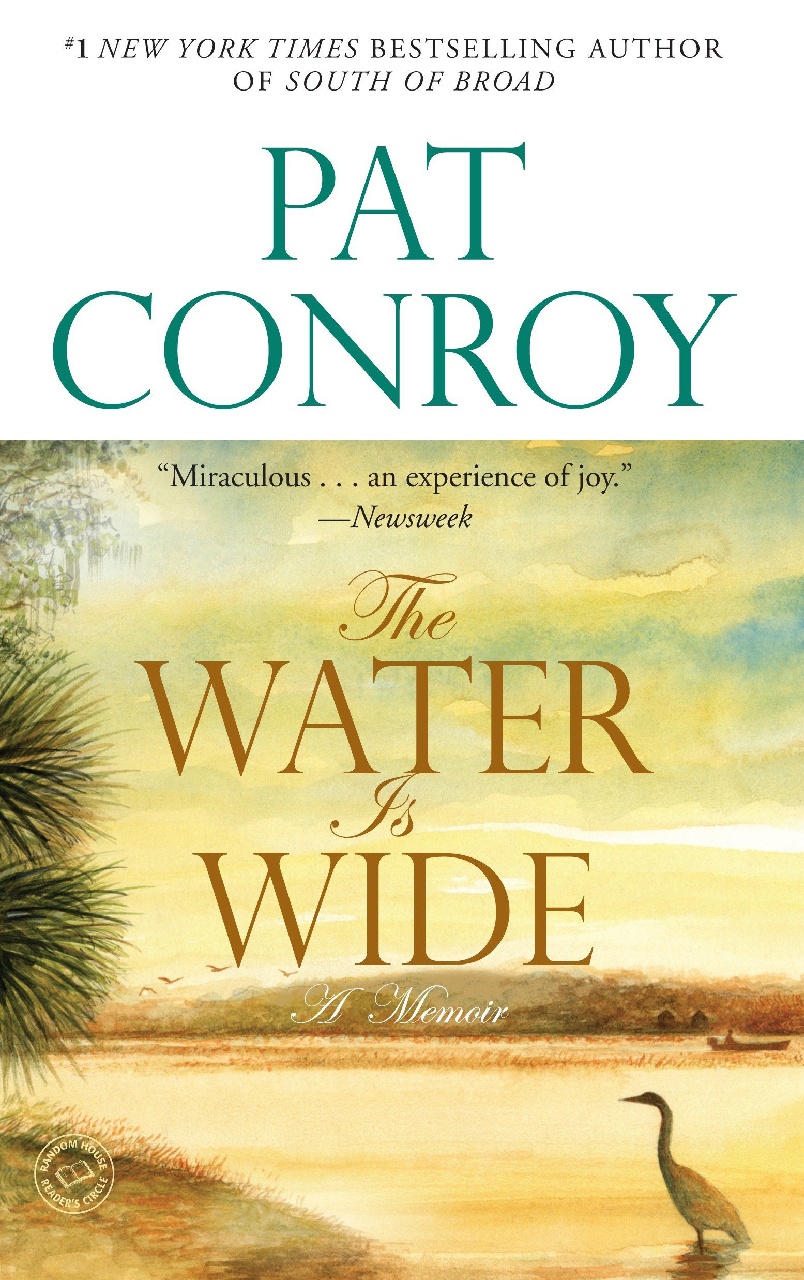
The Water Is Wide
Pat Conroy’s extraordinary drama is based on his own experience–the true story of a man who gave a year of his life to an island and the new life its people gave him.
-

Men & Brothers
It is invaluable for its investigation of the see-sawing between the two nations as it grappled with “the peculiar institution,” and how the abolitionist camps of both countries sustained and supported each other as the two governments came to the elimination of the slave trade, colonization of Africa, and emancipation.
-
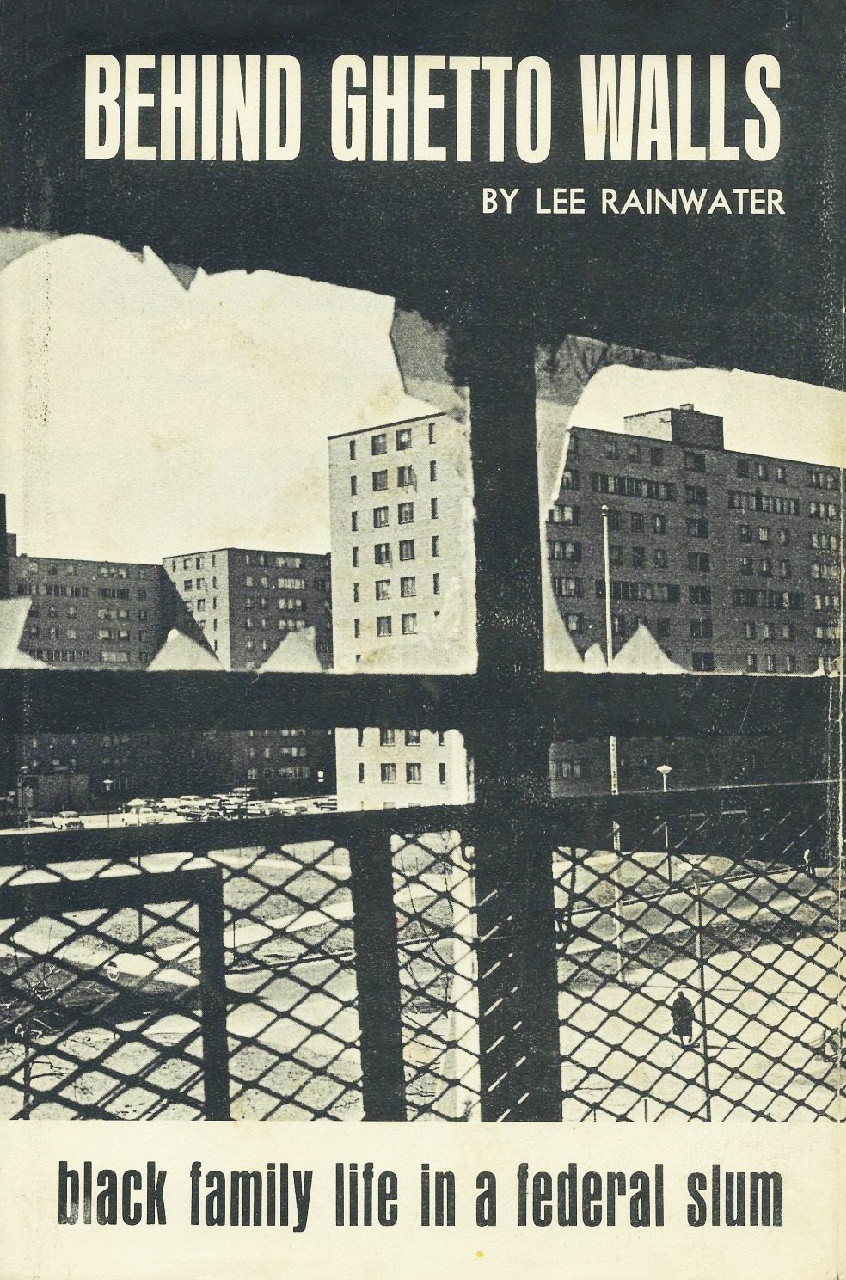
Behind Ghetto Walls
The book pays particular attention to how each new generation of parents expresses the cultural and social structural forces that formed it and continue to constrain its behavior.
-

The Black Image in the White Mind
The book is a history of ideas, but also a study of how those ideas were espoused and applied by race-conscious intellectuals, pseudointellectuals, publicists, and politicians.
-
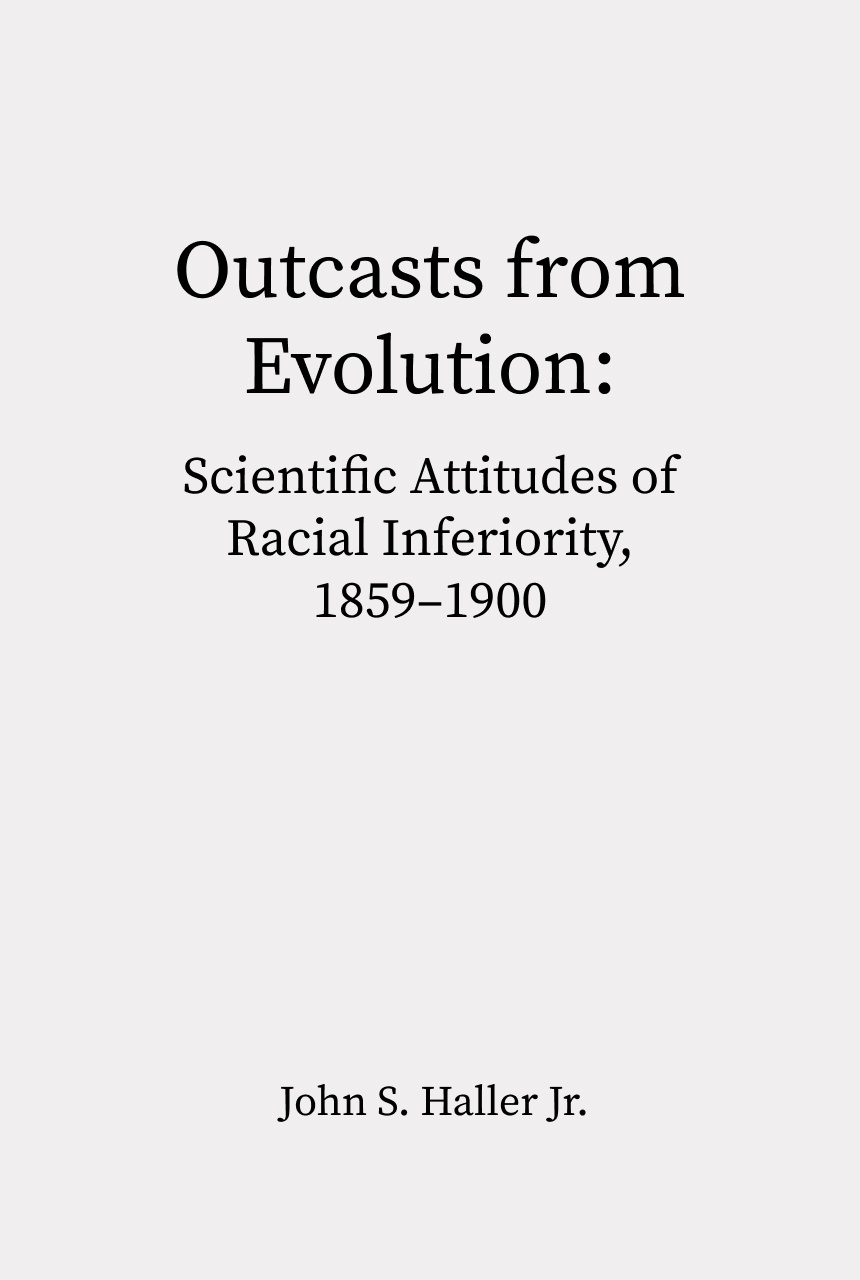
Outcasts from Evolution
John S. Haller, Jr., shows the relationship between scientific “conviction” and public policy. He focuses on the numerous liberally educated American scientists who were caught up in the triumph of evolutionary ideas and who sought to apply those ideas to comparative morality, health, and the physiognomy of nonwhite races.
-
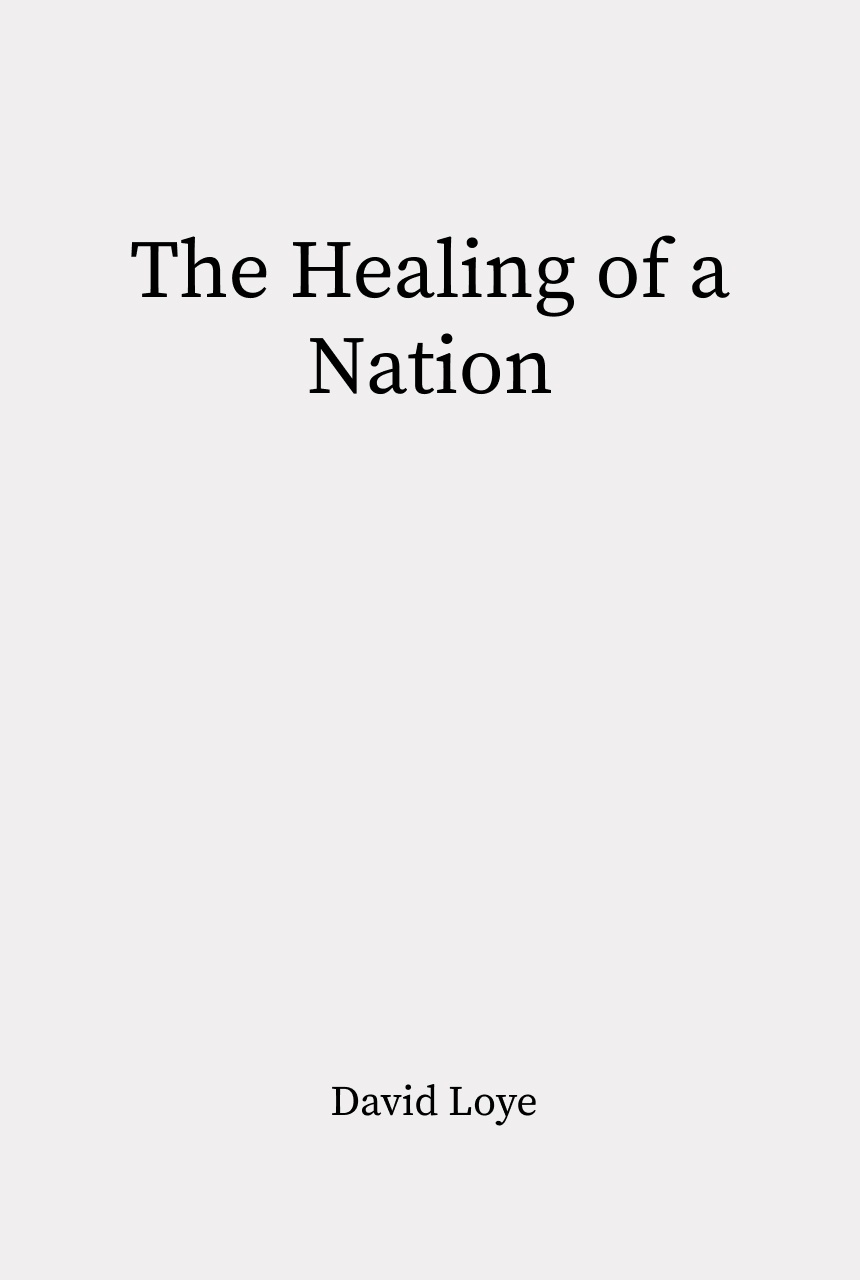
The Healing of a Nation
Taking a fresh look at the works of such giants as Pavlov, Freud, Marx, Myrdal, and Kurt Lewin, Loye shows us how their theories and findings can be used to help solve our racial dilemma.
-
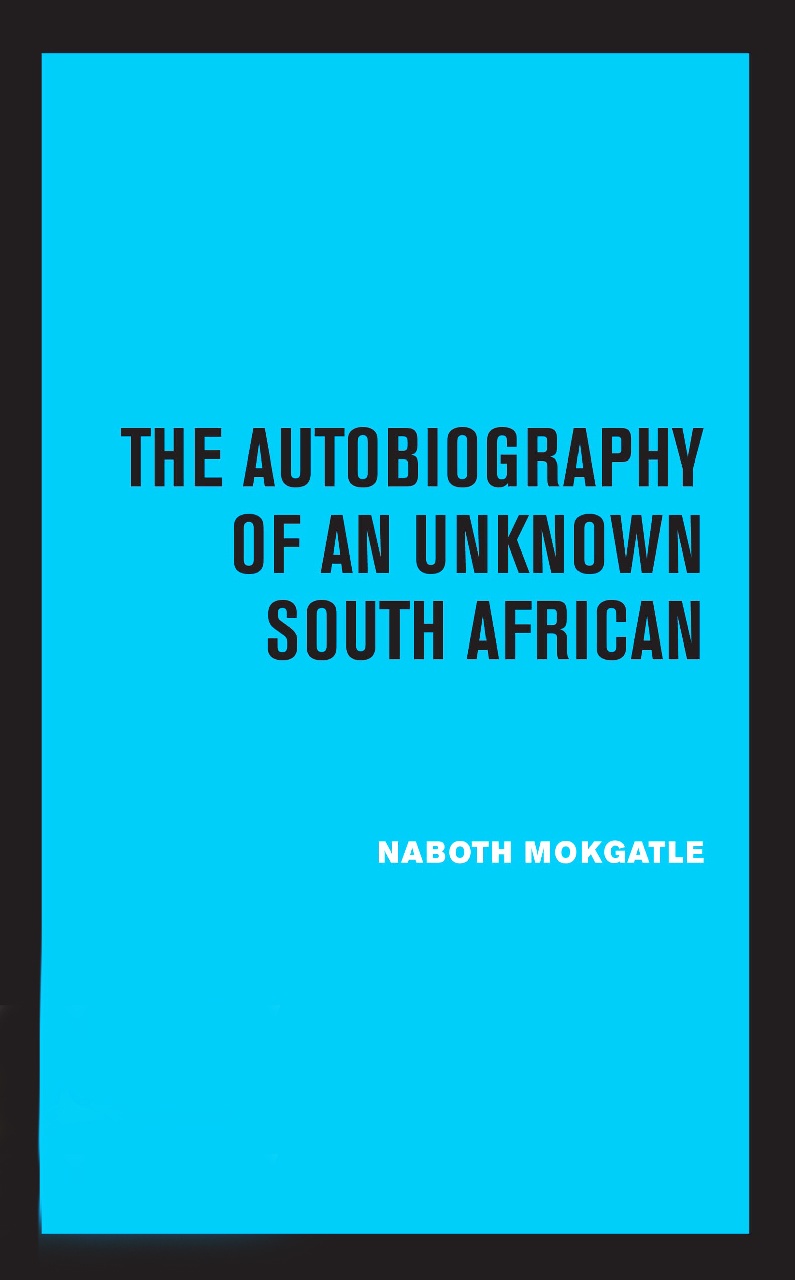
The Autobiography of an Unknown South African
Mokgatle’s various organized labor and political activities brought him into headlong contact with state repression. Between 1930 and 1954 he was arrested and imprisoned on countless occasions.
-

Slavery in the Structure of American Politics
-
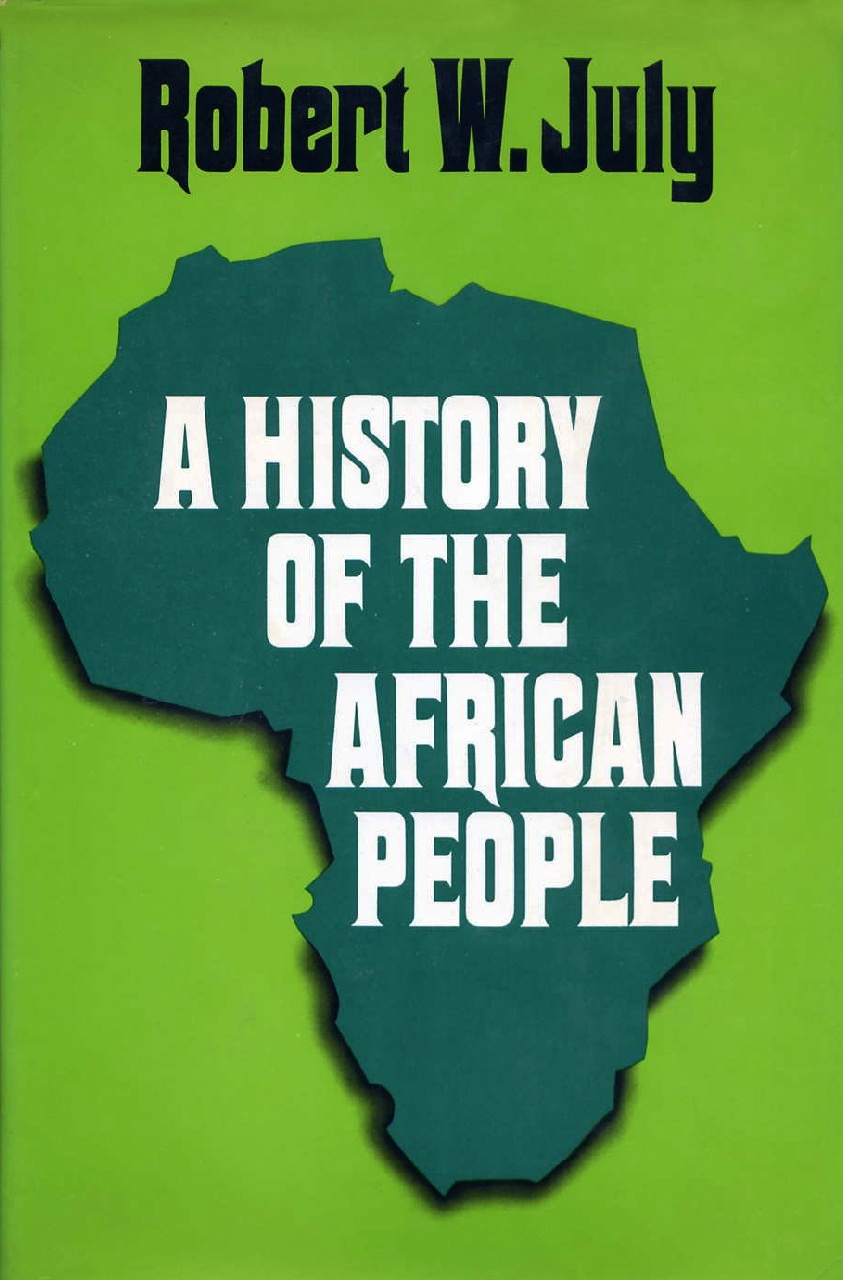
A History of the African People
This volume addresses the role of Africa’s women in Africa’s history, includes additional sections on slavery and the slave trade, and discusses the persistent difficulties of African societies to gain the economic and social advantages hoped for from independence.
-
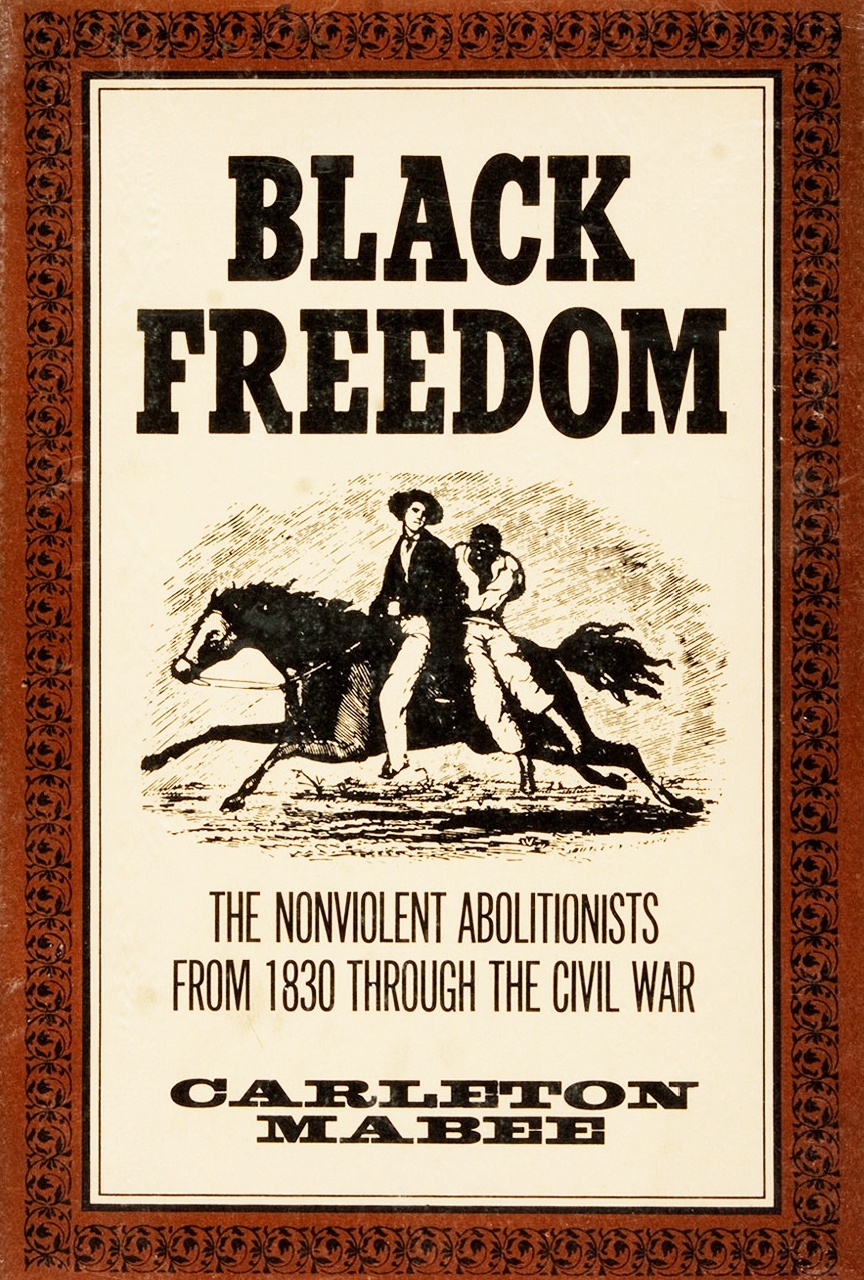
Black Freedom
‘Black Freedom: The Nonviolent Abolitionists from 1830 through the Civil War’ is a careful, well-written, and thoroughly documented study of abolitionist nonviolence and anti-abolitionist violence in the generation before the Civil War. Anyone wishing to understand contemporary violence can profit from reading this volume.
-
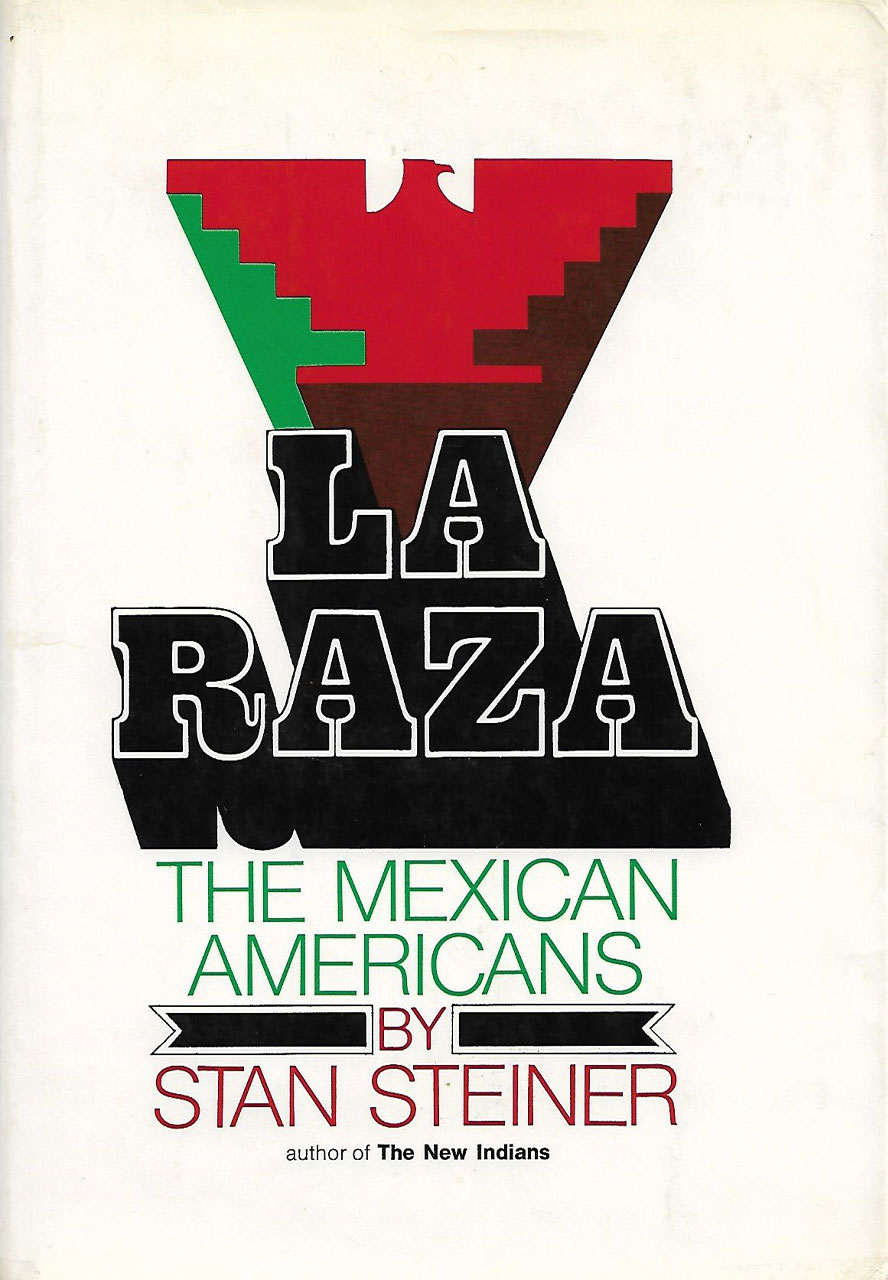
La Raza
Steiner’s “La Raza” is a book of panoramic scope and realized intention, an impressionistic history of the Mexican people from their original magnificence through their defeats and on to their burgeoning self-awareness and militancy.
-
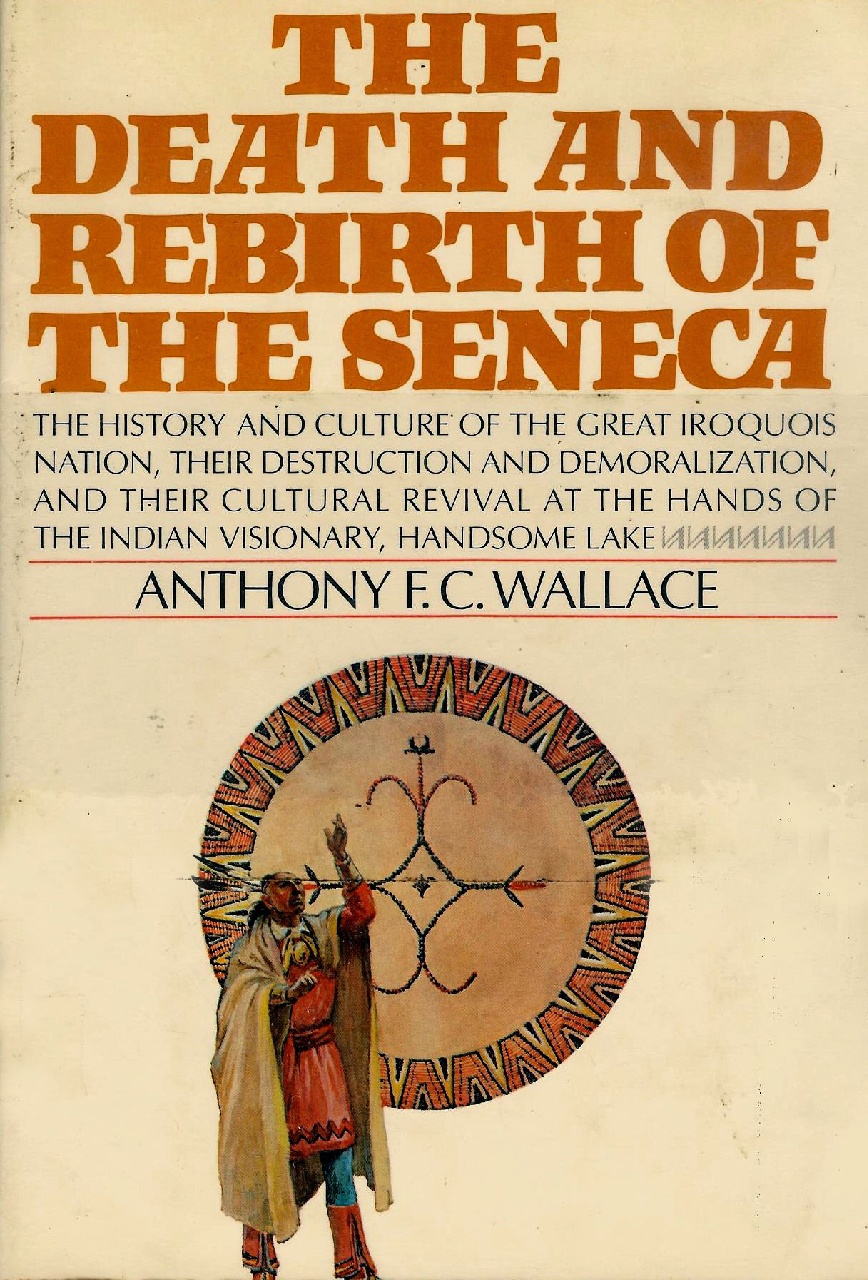
The Death and Rebirth of the Seneca
Until this volume, there has been no single book written that relates the history and life style of one of the Iroquois peoples with the encompassing depth and breadth of knowledge, clarity, and interest that the subject deserves.
-

Scottsboro
Carter’s historical investigation traces the struggle for justice of nine Black men falsely accused of raping two white women, a battle that was brought to court in 1930 and was ultimately heard by the Supreme Court of Alabama several years later.
-
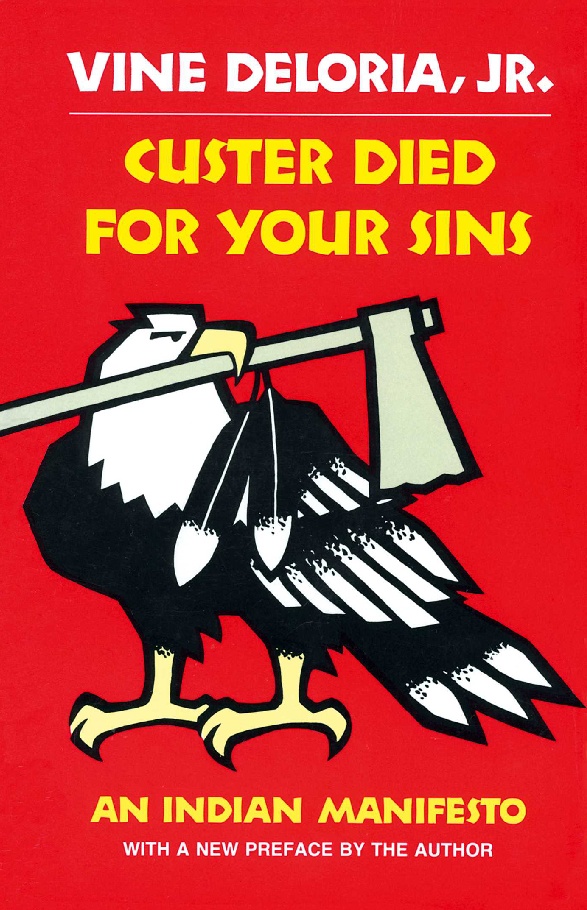
Custer Died for Your Sins
Deloria advocates the ethnic pride fostered by tribalism, which is a covenantal relationship between people, land, and religion that makes each community robust and distinctive.
-

The Negro in Brazilian Society
Central to the thinking about the negro in Brazilian society is the myth of racial democracy and the absence of prejudice. […] Florestan Fernandes’ book sets out to dispel this myth.
-
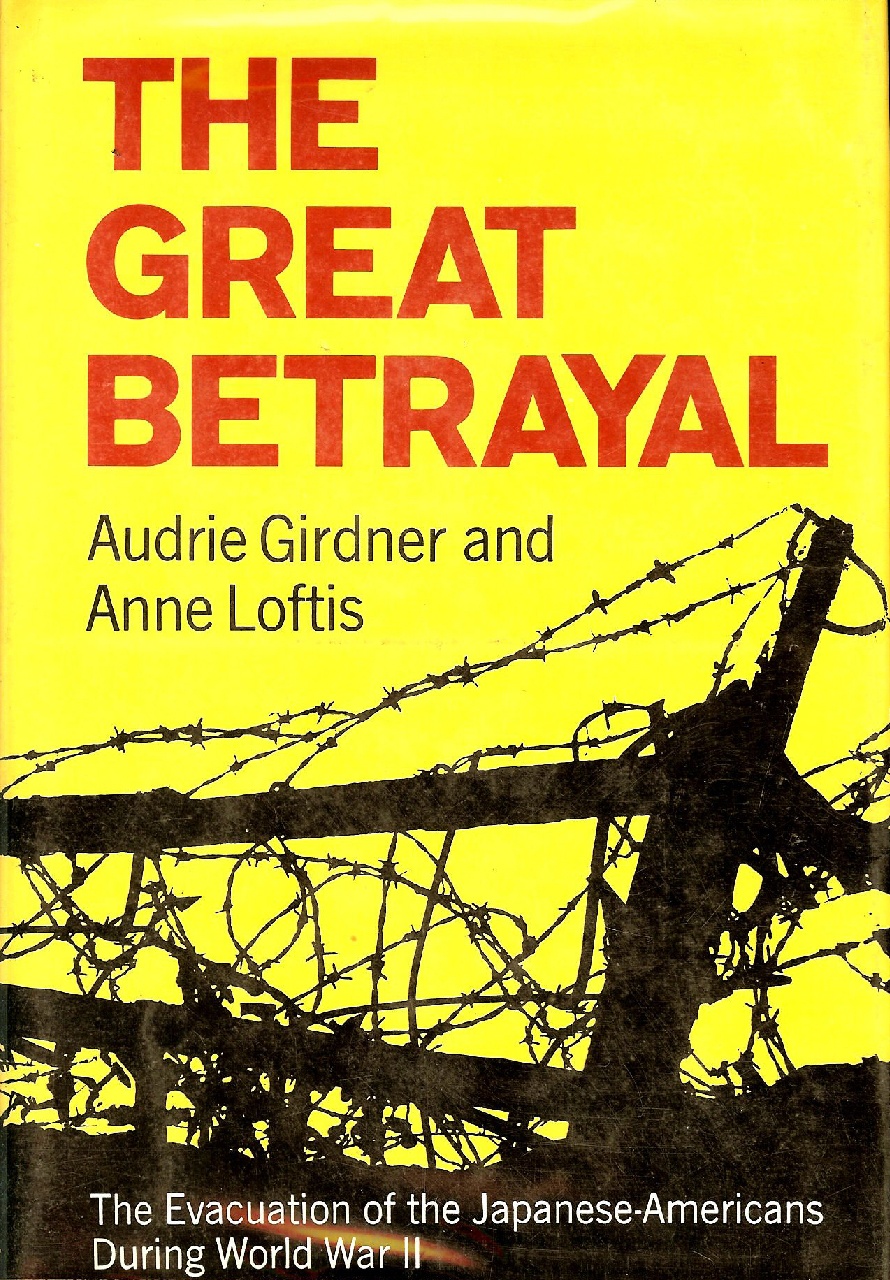
The Great Betrayal
-
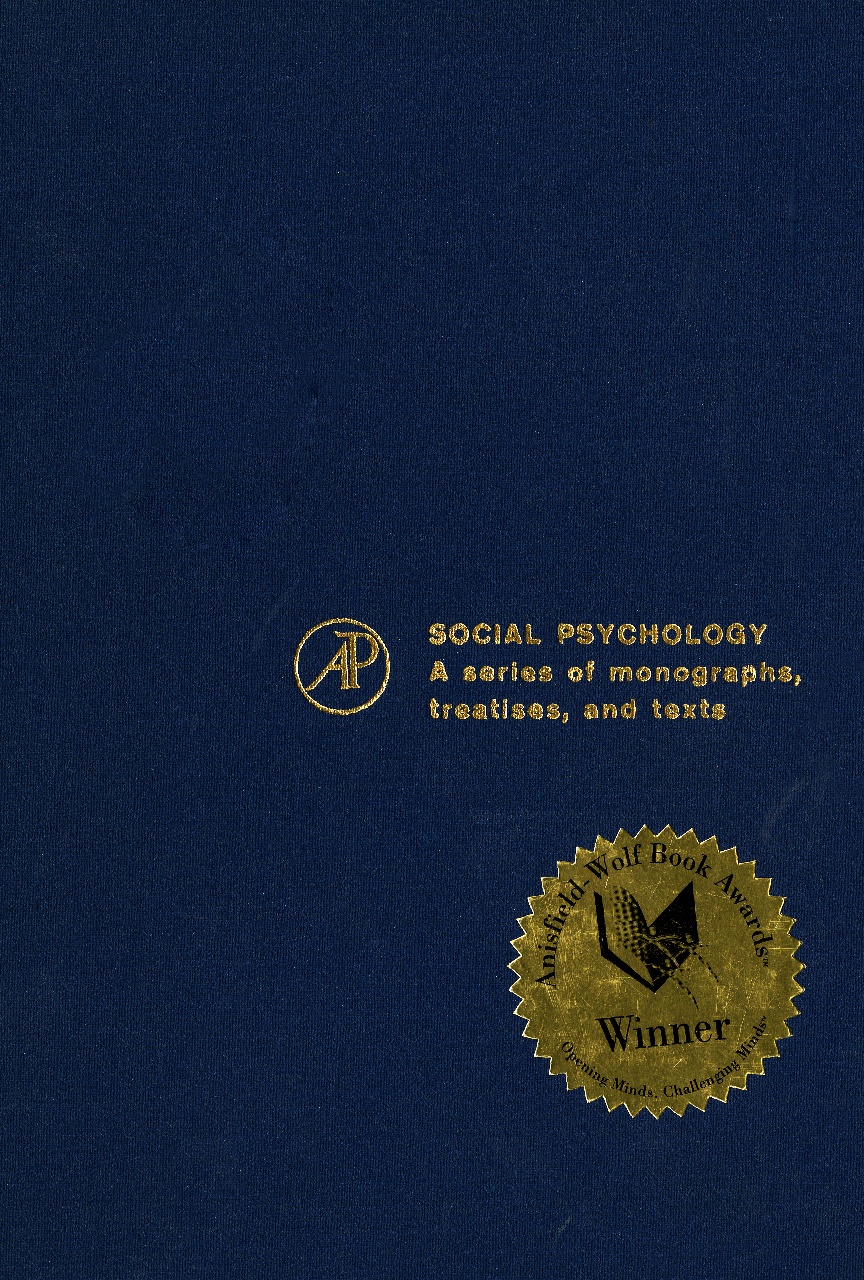
Negro and White Children
With his emphasis on individual differences and respect for all persons, Dahlstrom devoted significant energy to trying to understand the role of ethnicity in individual functioning and personality assessment.
-
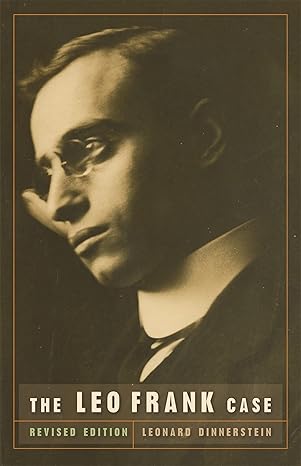
The Leo Frank Case
In ancient times when a man was treated as Leo Frank has been treated people felt that an obscene god was pursuing him. No mortal could be so relentless. No mortal could surround another with such ingenious cruelty. Only a conspiracy of fate could make horror so massive.
-

The American Indian Today
During his years of service at the University of Kansas, Lurie was frequently a visiting or exchange professor at other universities. He also held Fulbright professorships in Argentina, Costa Rico, Mexico, Chile, and Italy.
-
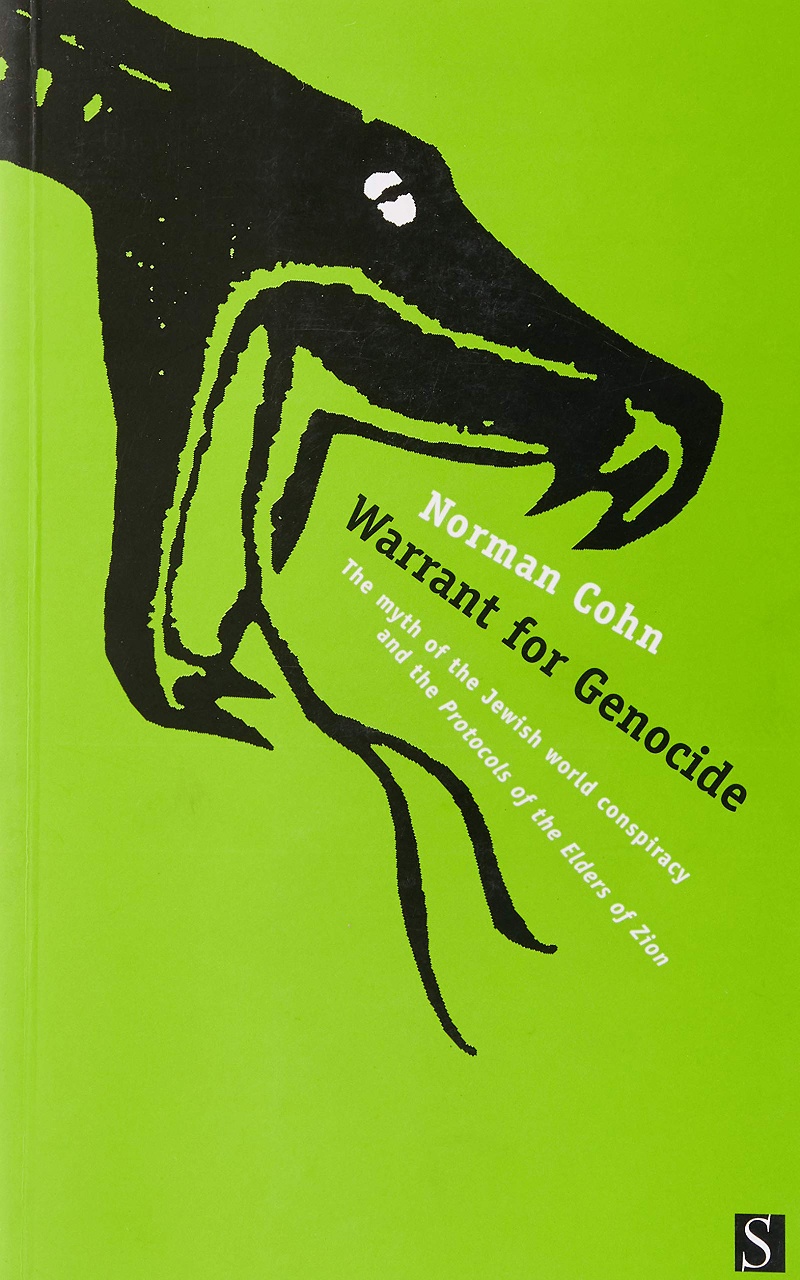
Warrant for Genocide
Cohn shows how the fiction of a Jewish conspiracy, then combined with racist ideology to produce the Holocaust: civilization needed to be rescued from this dark, earthbound race by the “world of good, of light, incarnated in blond, blue-eyed people” marching under the sun-god’s symbol, the swastika.
-
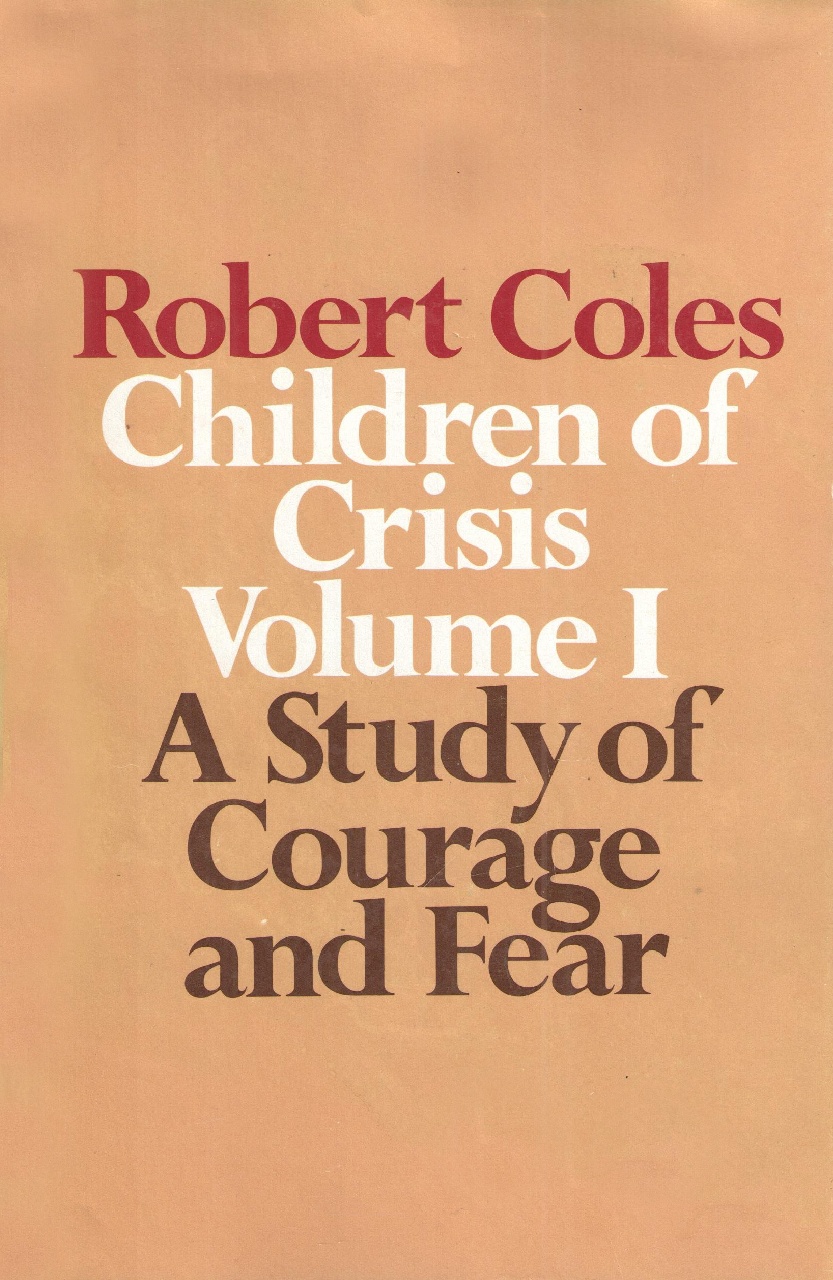
Children of Crisis
Coles has led the nation in an examination of the moral, spiritual, and philosophical concerns of children through more than 60 books and 1,200 articles.
-

The Destruction of the European Jews
-
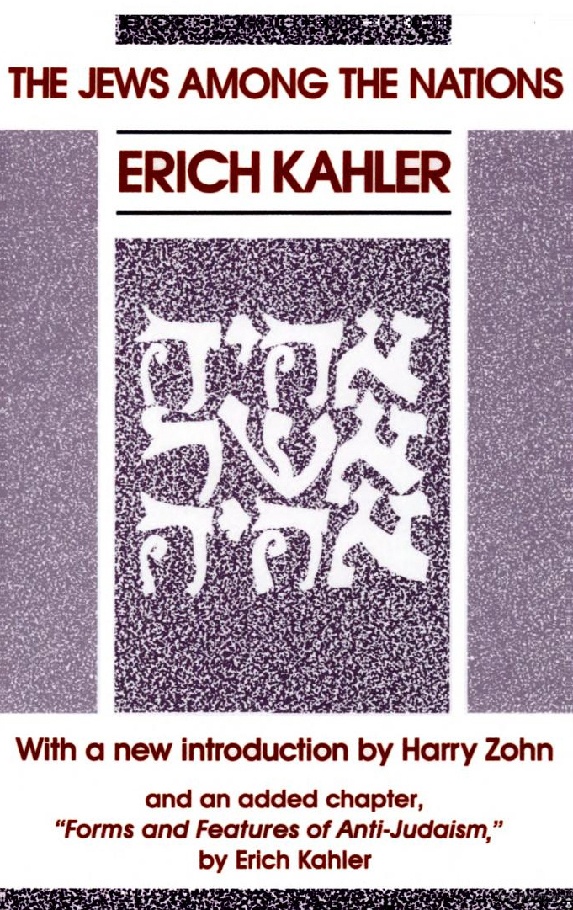
The Jews Among the Nations
How did the German people, seemingly so congenial to the Jews, develop a murderous revulsion against them, ending a long and fruitful symbiosis? Kahler sees this as a parallel to the parricidal rejection of the Jews by the Christian church.
-

The Problem of Slavery in Western Culture
The contradiction of slavery grew more profound when it became closely linked with American colonization, which had as its basic foundation the desire and opportunity to create a more perfect society.
-

La Vida
I believe [tape transcription] captures the full flavor of the speech of the people, the slang, the nuances, the hesitations, the laughter, the tears.
-
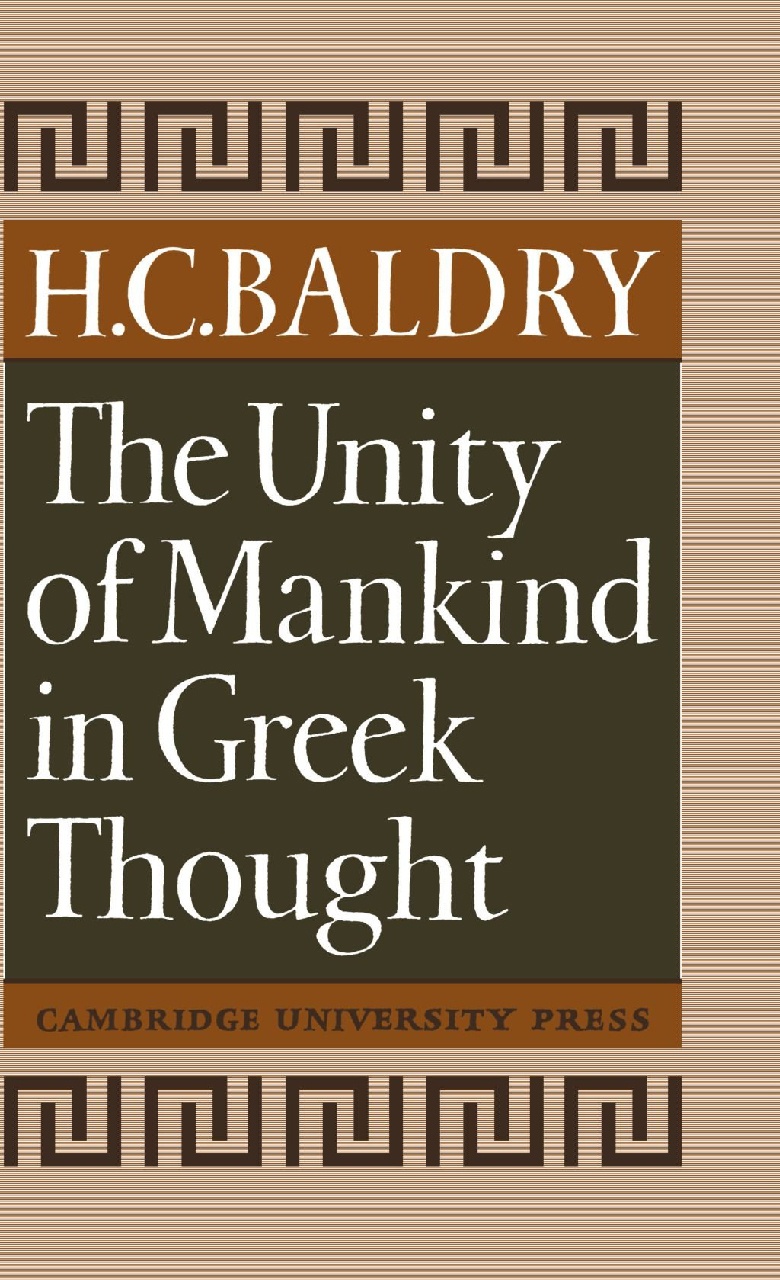
The Unity of Mankind in Greek Thought
Baldry believes that [the idea of the unity of mankind] cannot be attributed to any single individual, but that the true picture is a long and complicated chain of development to which many contributed.
-

Manchild in the Promised Land
With epic reach, Brown depicts his struggles with race, poverty, sex, family, friendship, religion and education on his way to a soulful, mature independence and a life outside the ghetto.
-
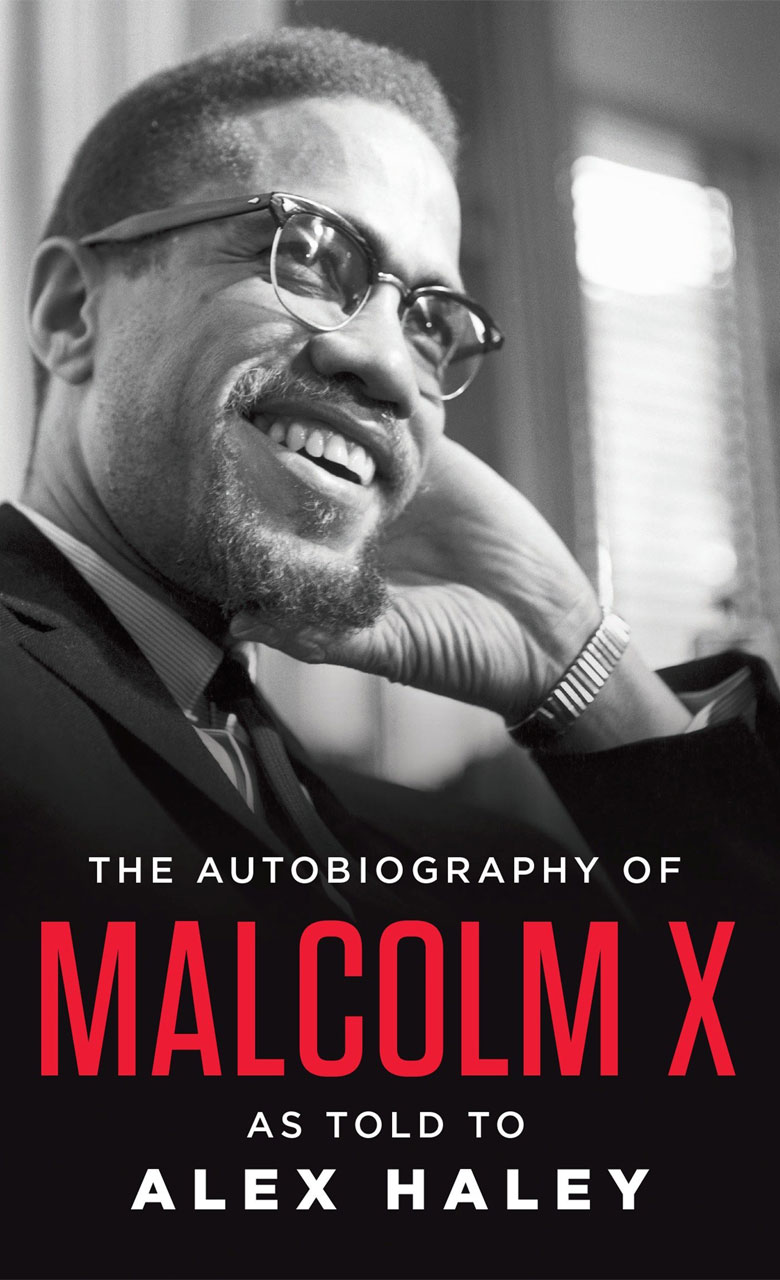
The Autobiography of Malcolm X
The book, which concludes with Malcolm X’s reevaluation of the Nation of Islam religious movement, highlights the complexity, compassion, and humanity of a figure whose public image might otherwise have remained monolithic and negative.
-

Your Heredity and Environment
-
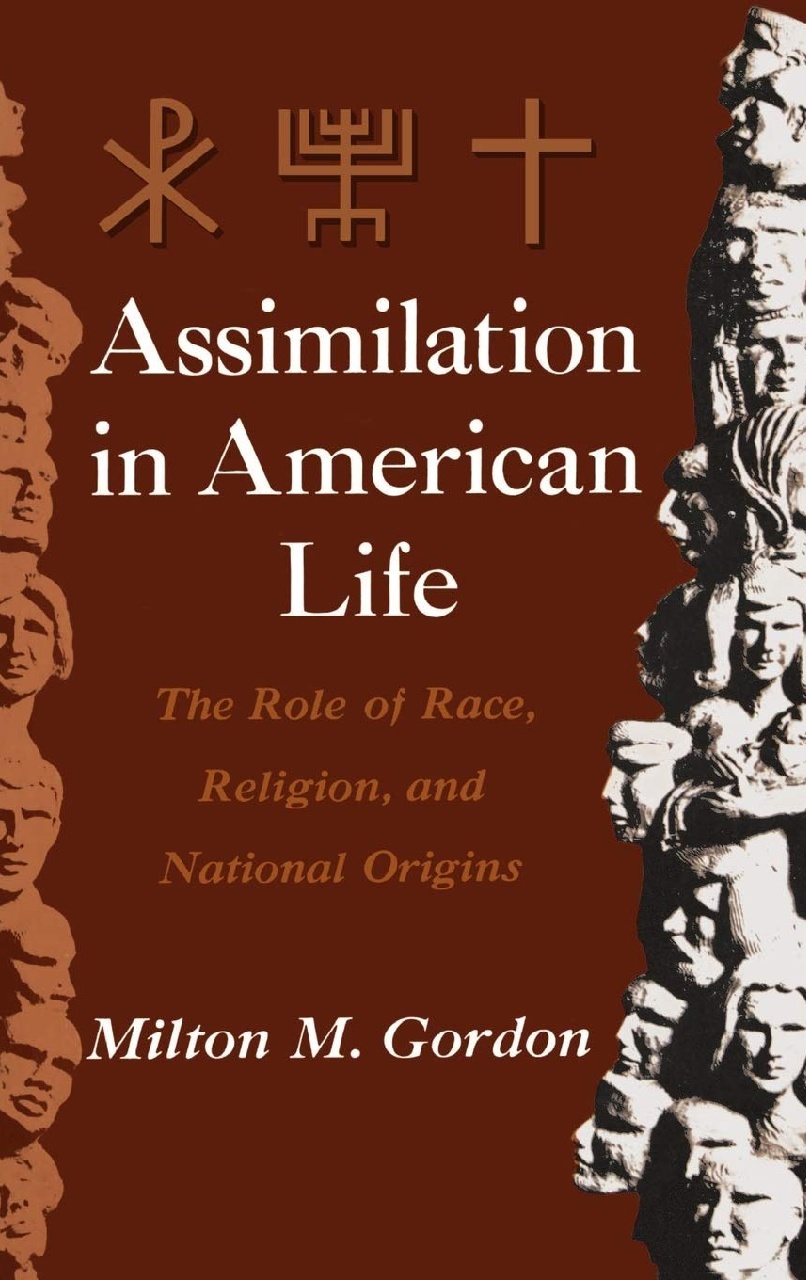
Assimilation in American Life
‘Assimilation in American Life’ is one of the most widely cited books in the field of racial and ethnic group relations and is considered the standard work on the assimilation process.
-
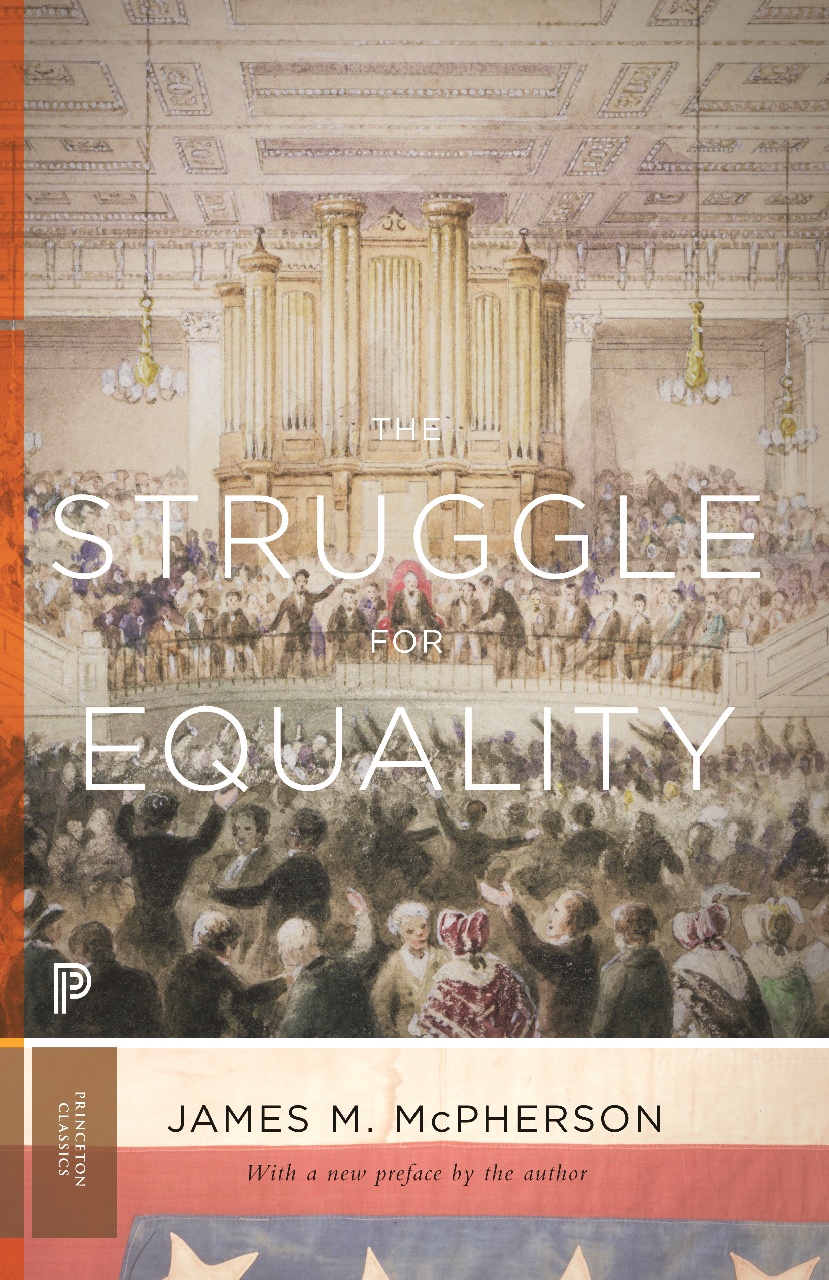
The Struggle for Equality
This work remains an incisive demonstration of the successful role played by rights activists during and after the Civil War, when they evolved from despised fanatics into influential spokespersons for the radical wing of the Republican party.
-

A History of the Jews
‘A History of the Jews’ interweaves religious and philosophical factors with the social, political and economic background of Jewish life from pre-biblical times to 1964.
-

Mississippi
Thus the Mississippian, who prides himself on his individuality, lives in a climate where nonconformity is forbidden, where the white man is not free, where he does not dare to express a deviating opinion without looking over his shoulder.
-

Beyond the Melting Pot
‘One of the most popular, and most influential, works of sociology of its time’ [….] “Beyond the Melting Pot” generated a debate as to whether—and to what degree—ethnic cultures should assimilate into American society.
-
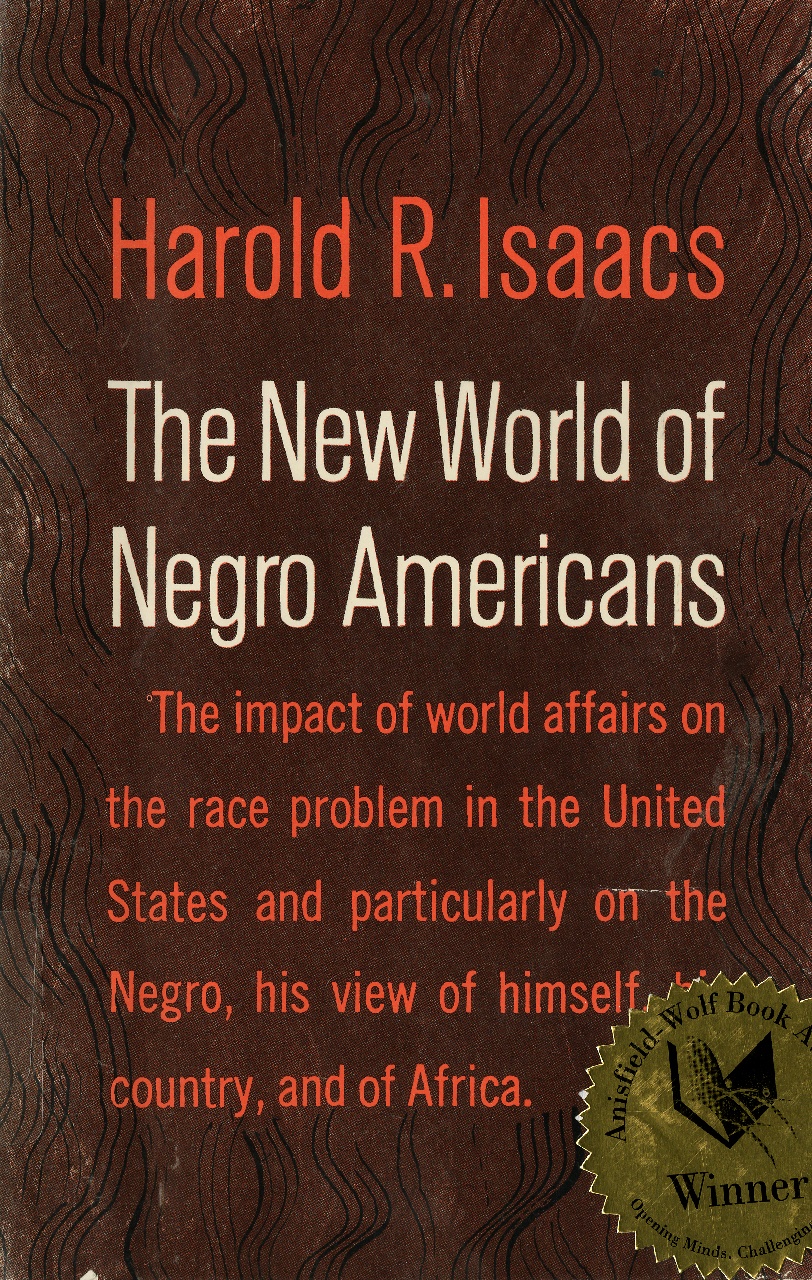
The New World of Negro Americans
Based upon a wide and deep knowledge of Negro American history and interviews in depth with a cross-section of Negro Americans from James Baldwin, Ralph Bunche, W.E.B. DuBois, and Jackie Robinson to unknown men and women, the volume probes the impact of world affairs, particularly the African Revolution, on Negro Americans.
-

Faith and Prejudice
-

Mankind Evolving
With a profound knowledge of the biological theory of evolution and modern genetics, Mr. Dobzhansky explores the possibilities of understanding mankind as a product of evolution and as an evolving whole.
-
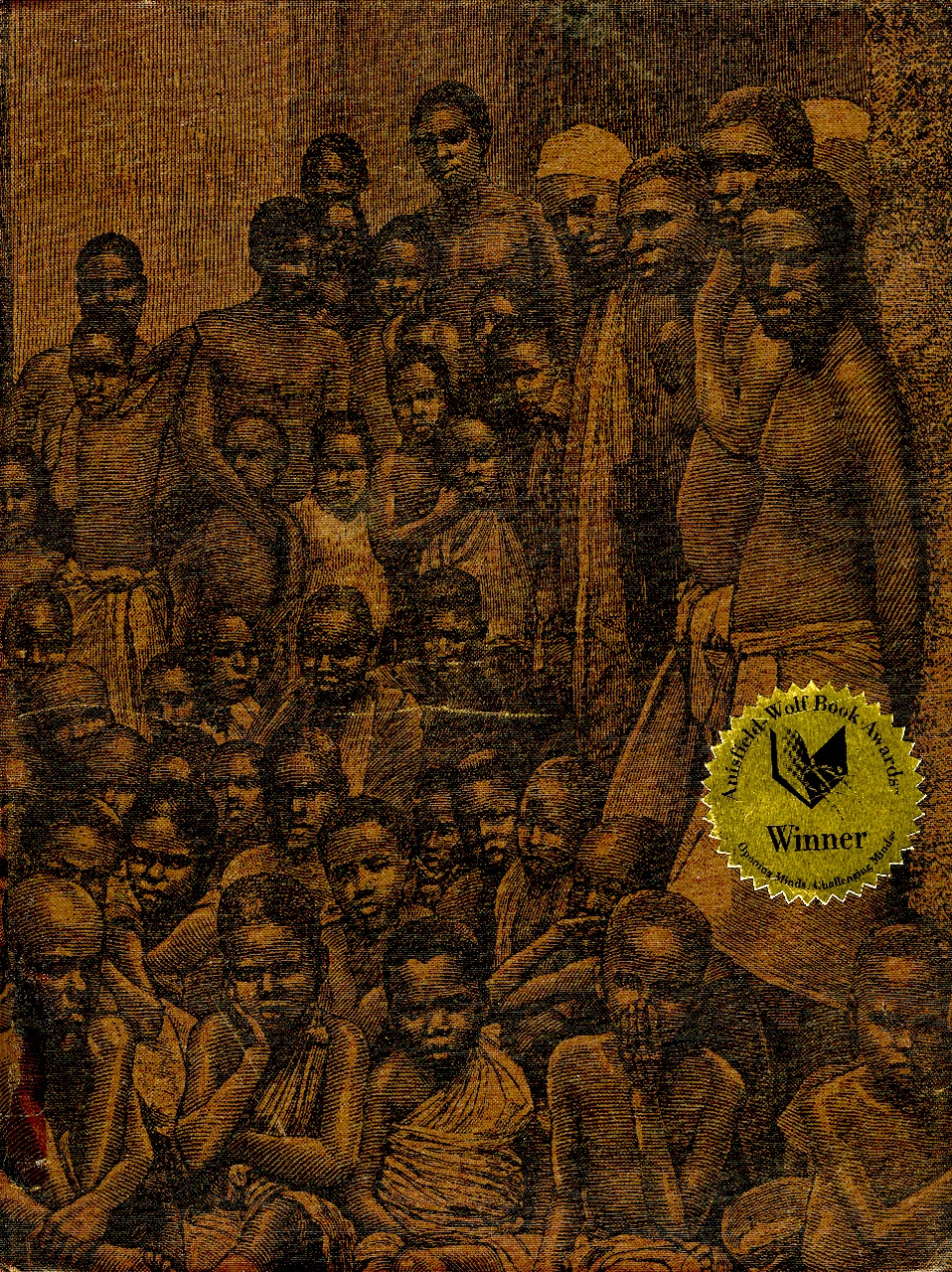
Antislavery
-
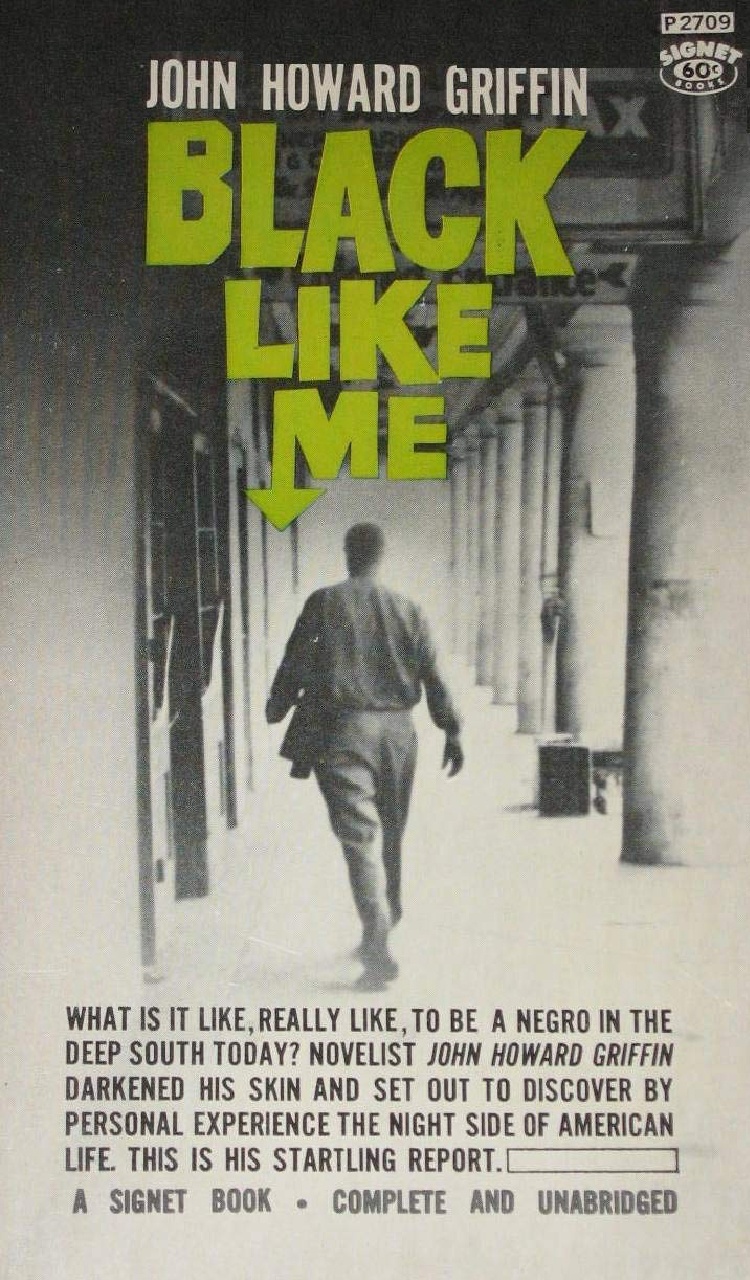
Black Like Me
Griffin was a white native of Mansfield, Texas and the book describes his six-week experience traveling on Greyhound buses (occasionally hitchhiking) throughout the racially segregated states of Louisiana, Mississippi, Alabama, and Georgia passing as a black man.
-
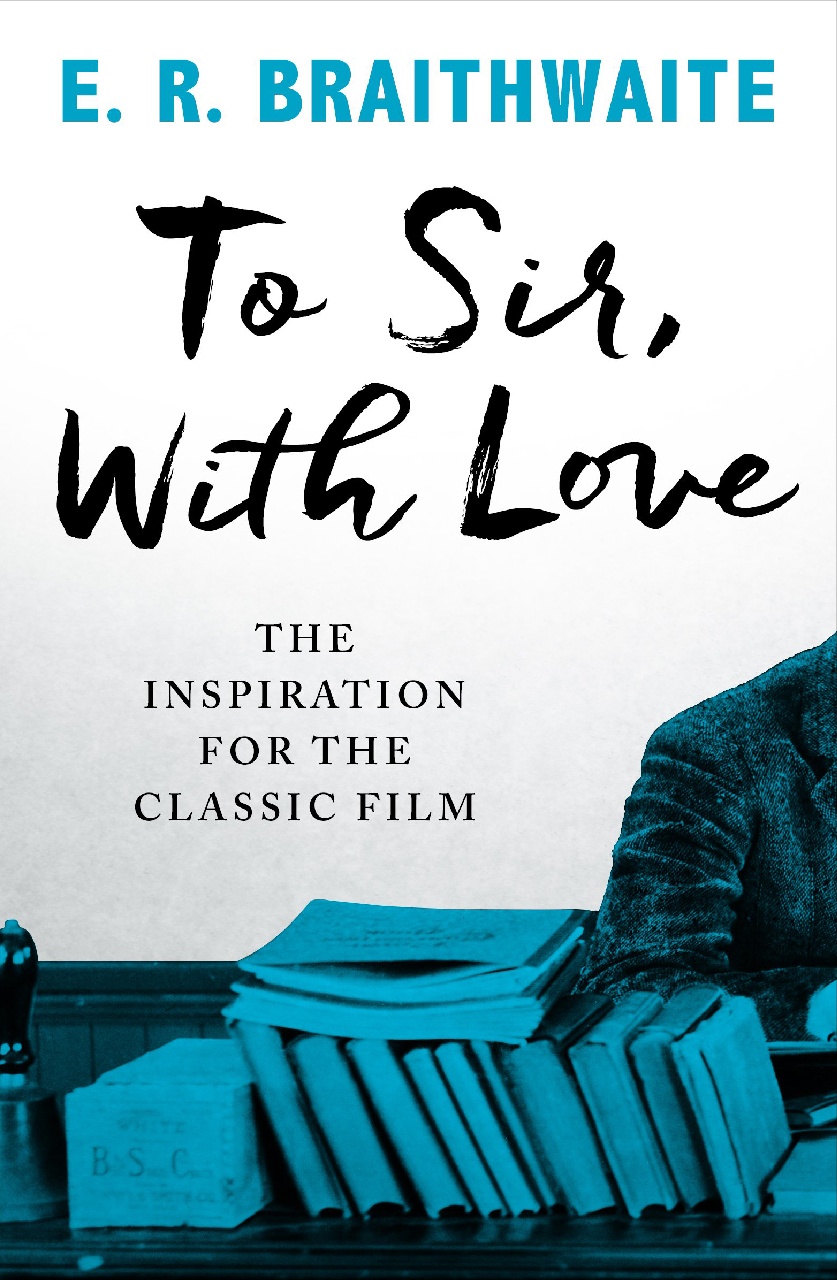
To Sir, With Love
He came to know the virus of prejudice very well, as he was turned down from job after job. Braithwaite described feeling “caught like an insect in the tweezers grip of prejudice.” Teaching became the cure to set him free.
-

The Reluctant African
In defending his country, he was also surprised at how often the fact that he was an American seemed much more important than the color of his skin.
-

The Lost Cities of Africa
Davidson traces the exciting development of the rich kingdoms of the lost cities of Africa, fifteen hundred years before European ships first came to African shores.
-

I Speak for Myself
Haynes Holmes helped found the National Association for the Advancement of Colored People (NAACP) in 1909 and also the American Civil Liberties Union (ACLU) in 1920.
-
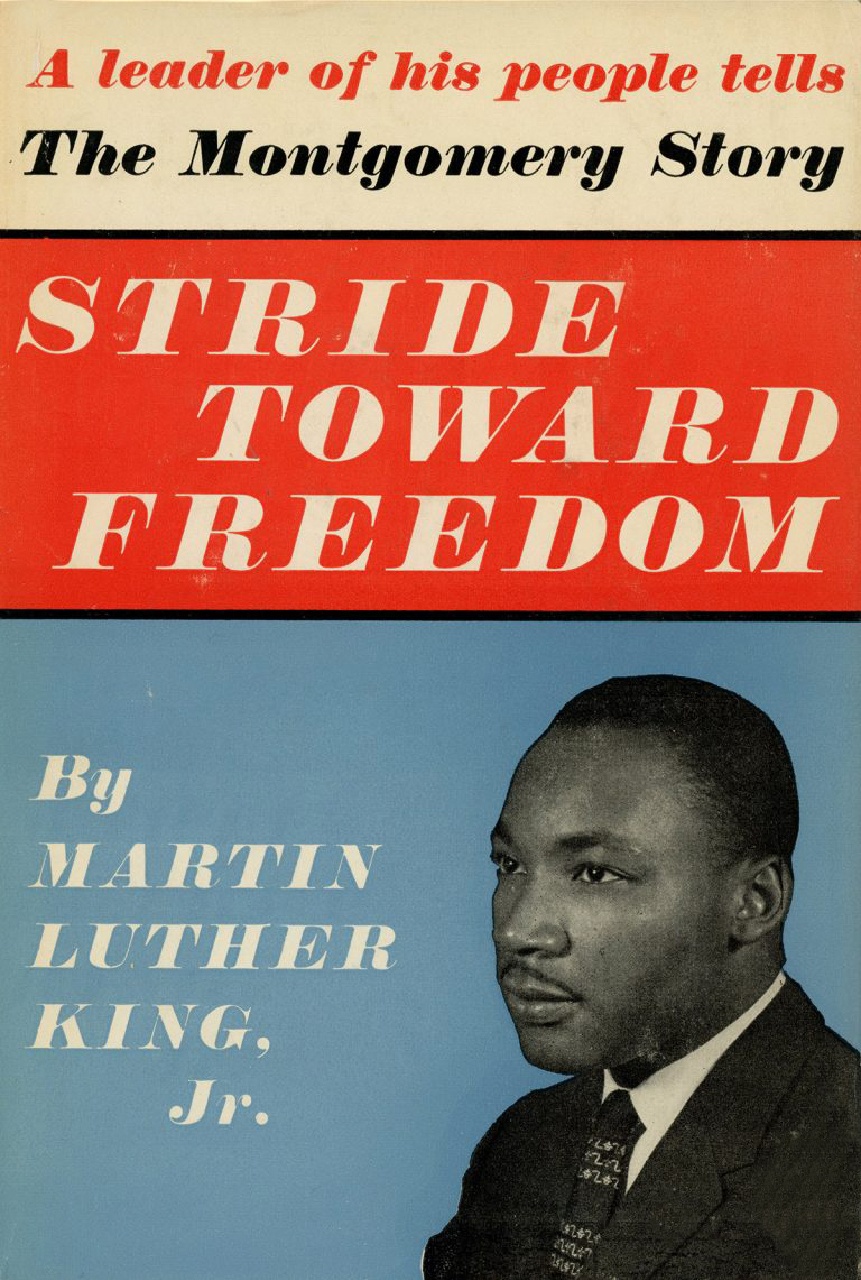
Stride Toward Freedom
King came to represent black courage and achievement, high moral leadership, and the ability of Americans to address and overcome racial divisions.
-
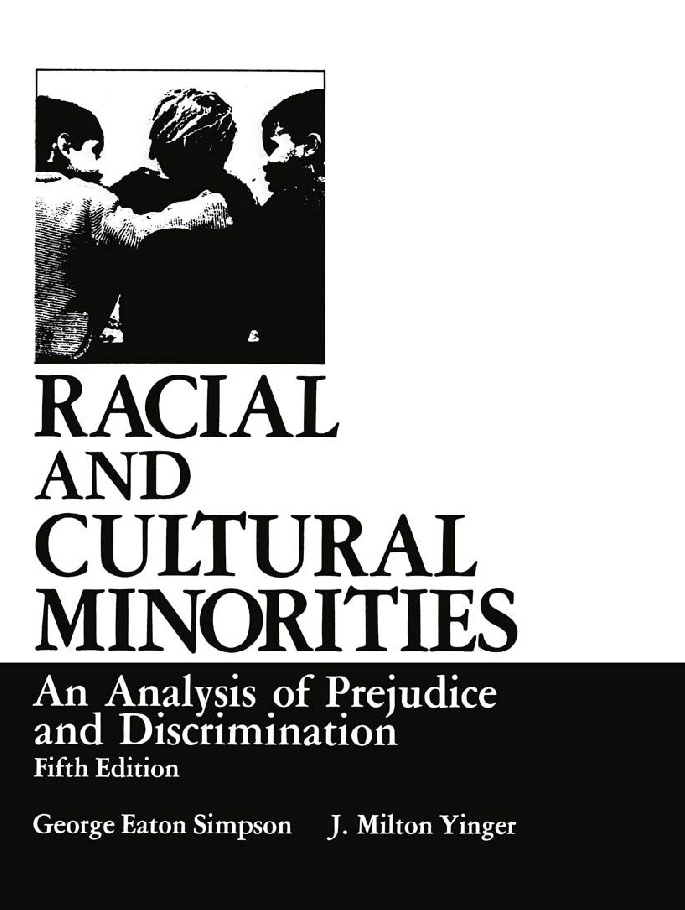
Racial and Cultural Minorities
Valid analysis of prejudice and discrimination must rest squarely on broader principles of human behavior. Every proposition concerning intergroup relations should be harmonized with, in fact a part of, the general principles being developed in social science.
-
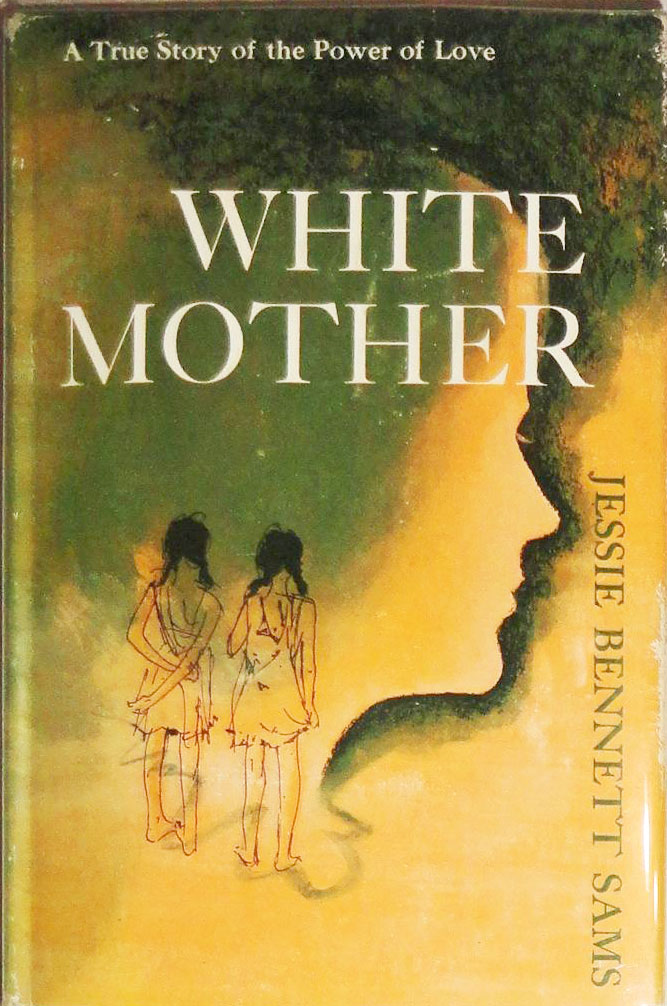
White Mother
‘White Mother’ is an unusual, colorfully told true tale that transcends the barriers of racial prejudice. It is the story of the power of love, one that will renew your faith in the inherent goodness of human nature.
-
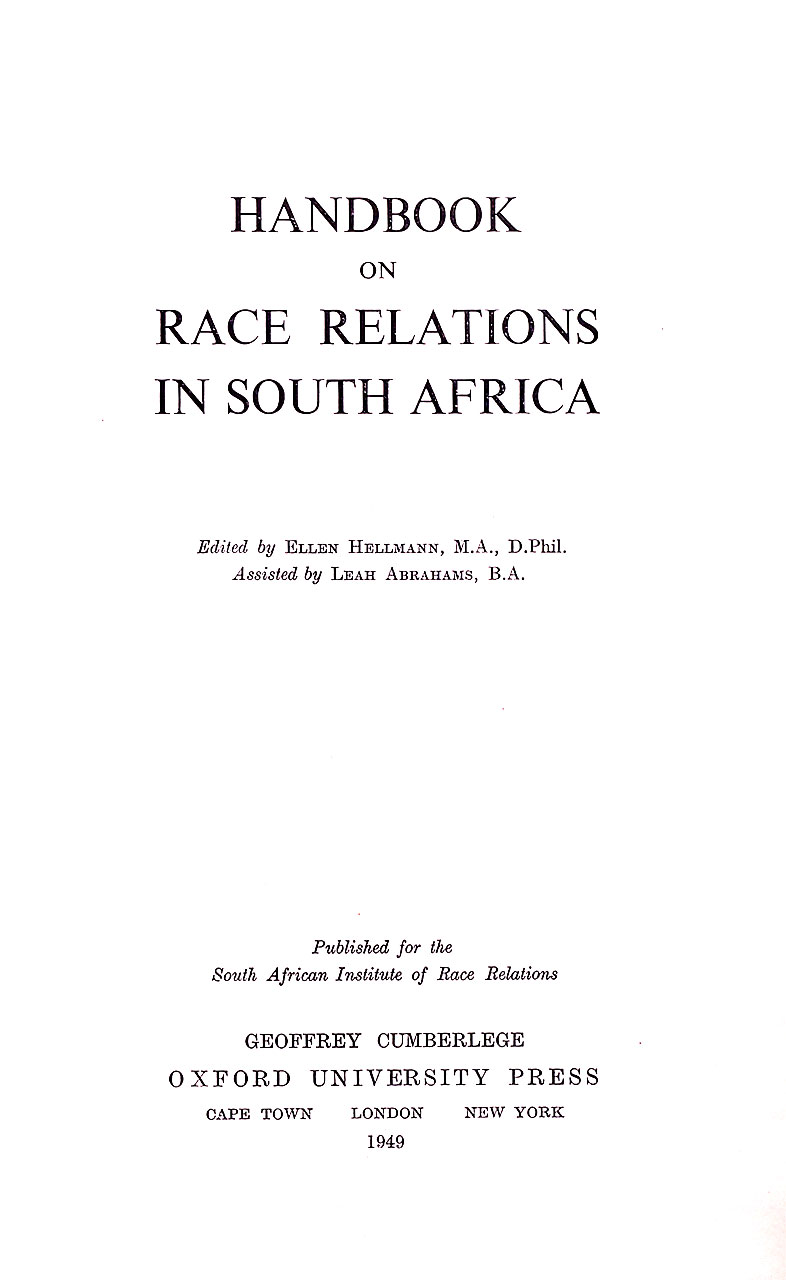
Handbook on Race Relations
-
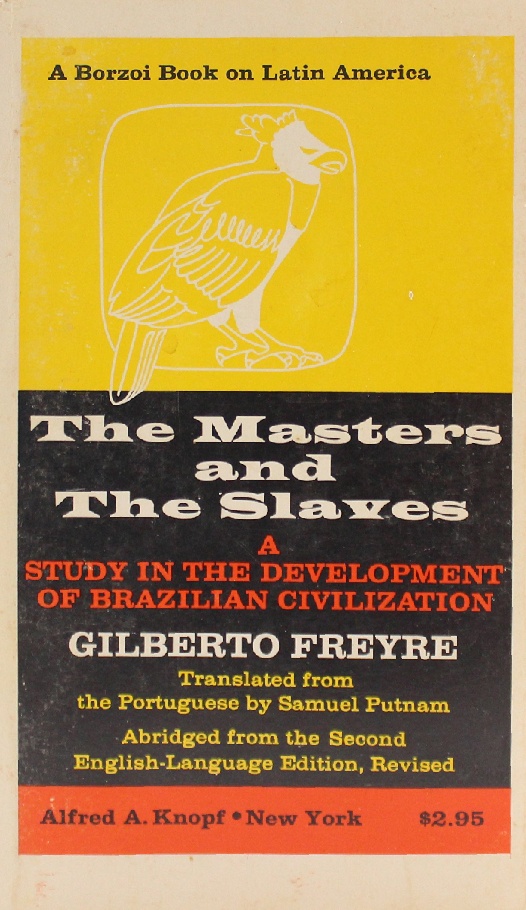
The Masters and the Slaves
With astonishing erudition, a commanding sense of style, and a gift for gripping narrative, Senhor Freyre has applied all the modern techniques of social study to the remarkably successful melting-pot culture of “medieval” Brazil.
-

Naught for Your Comfort
-
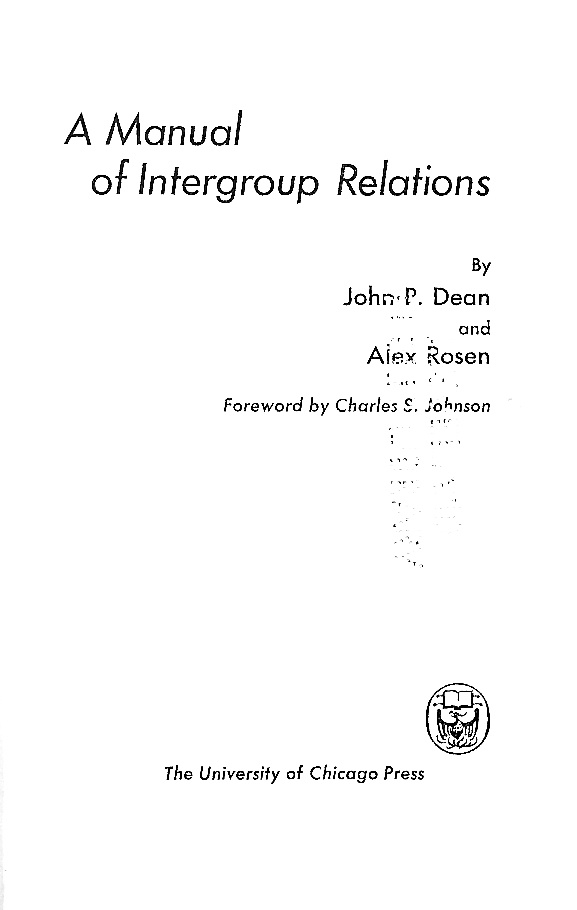
A Manual of Intergroup Relations
This book […] is ‘a practical guide for those actively engaged in reducing segregation and discrimination in public institutions, voluntary social agencies, and in other community organizations.’
-
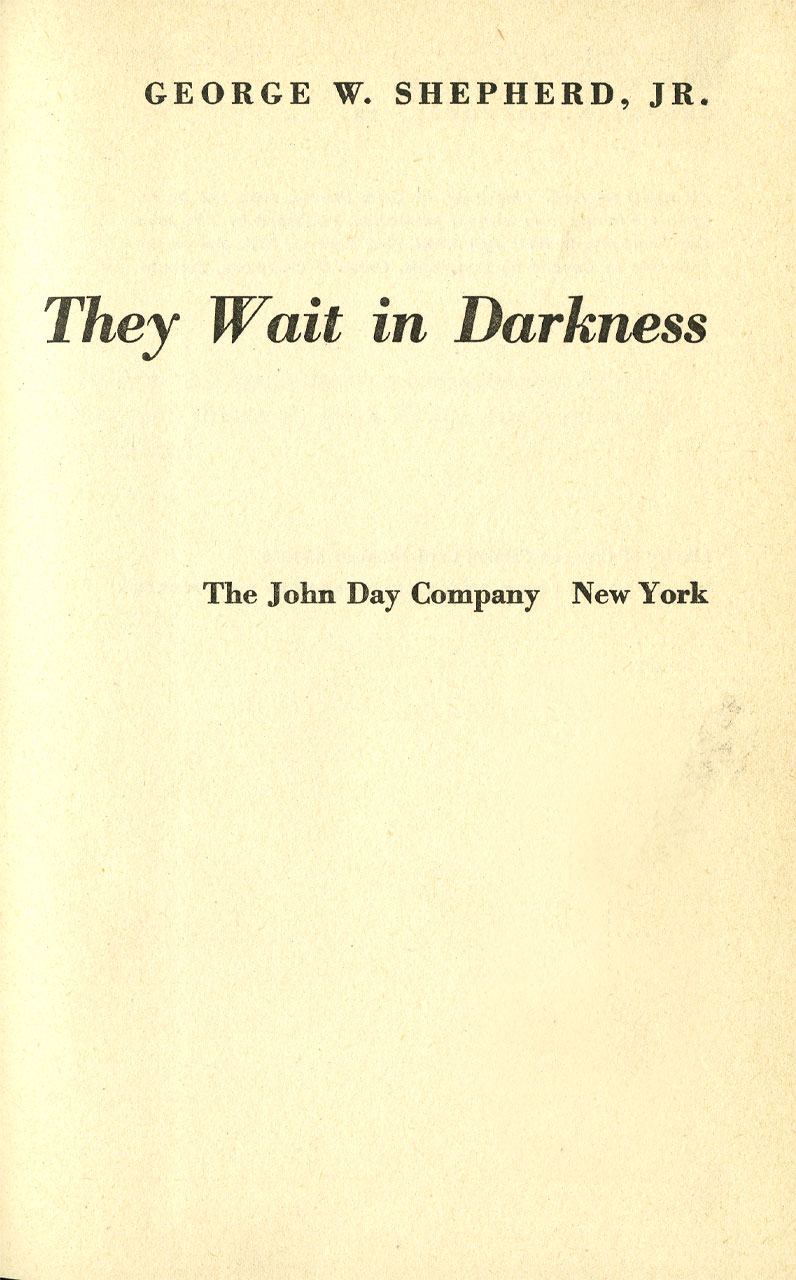
They Wait in Darkness
-

Report on Africa
-
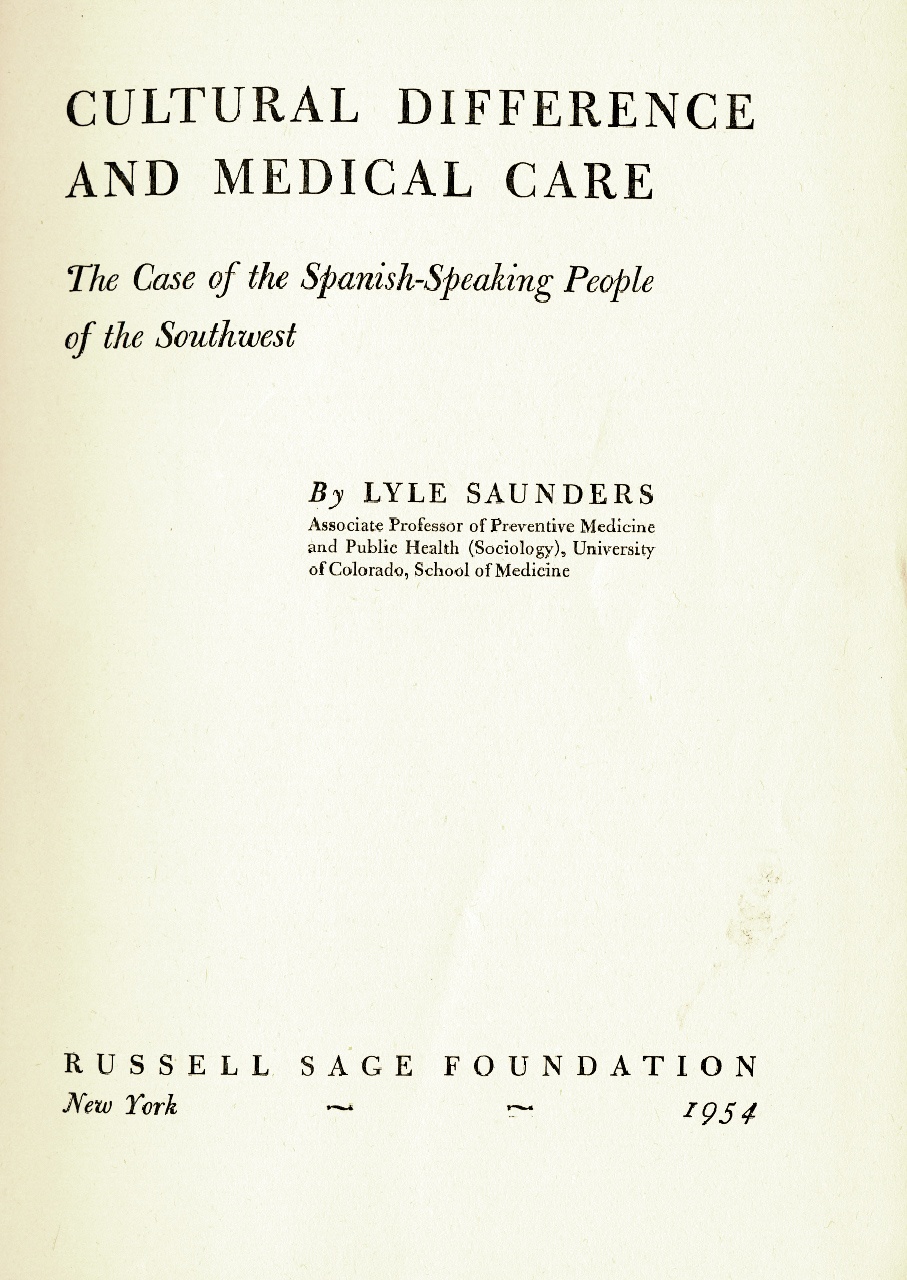
Cultural Differences and Medical Care
Saunders presents the book as a general account of Spanish-American culture “to enable professional people who work with members of the Spanish-speaking group to have some insights into factors that may underlie some of their behavior.” He succeeds admirably.
-
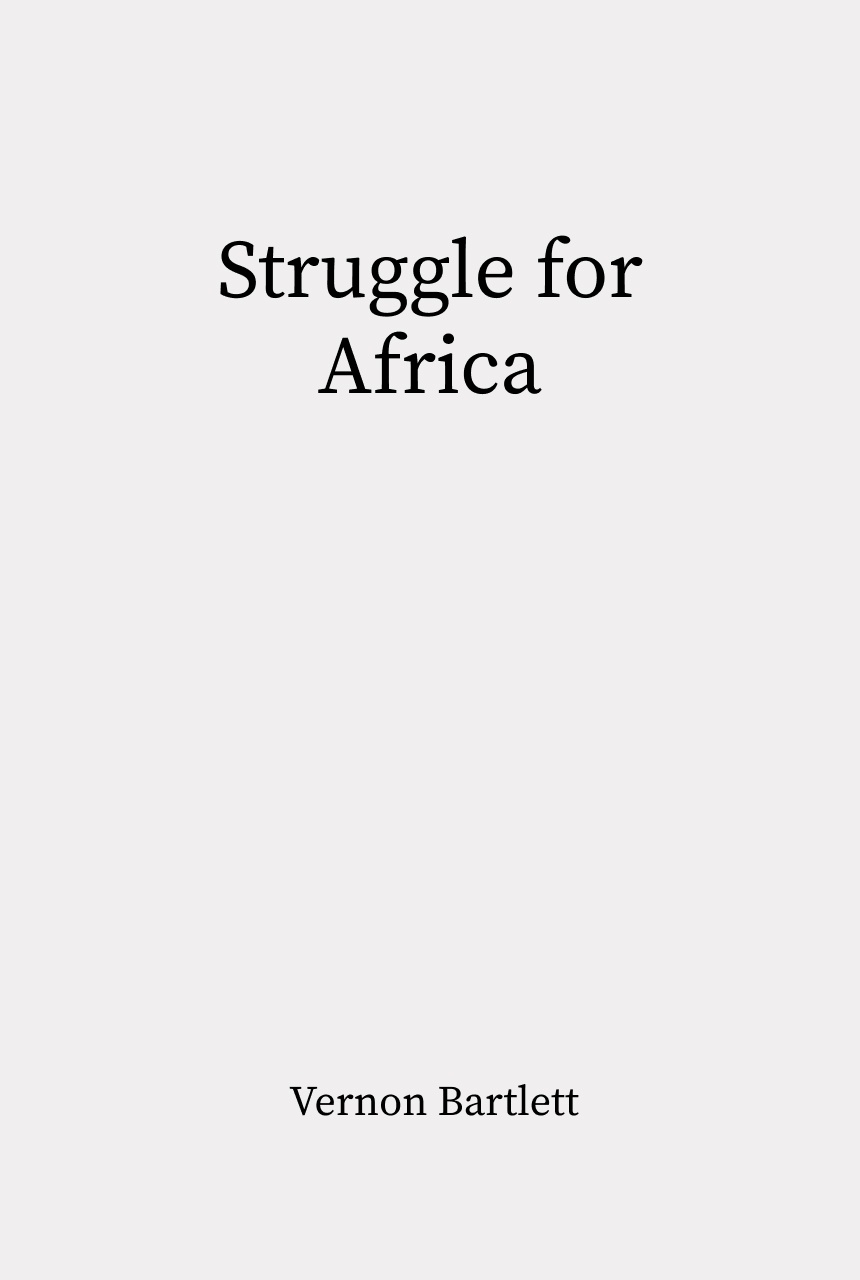
Struggle for Africa
-
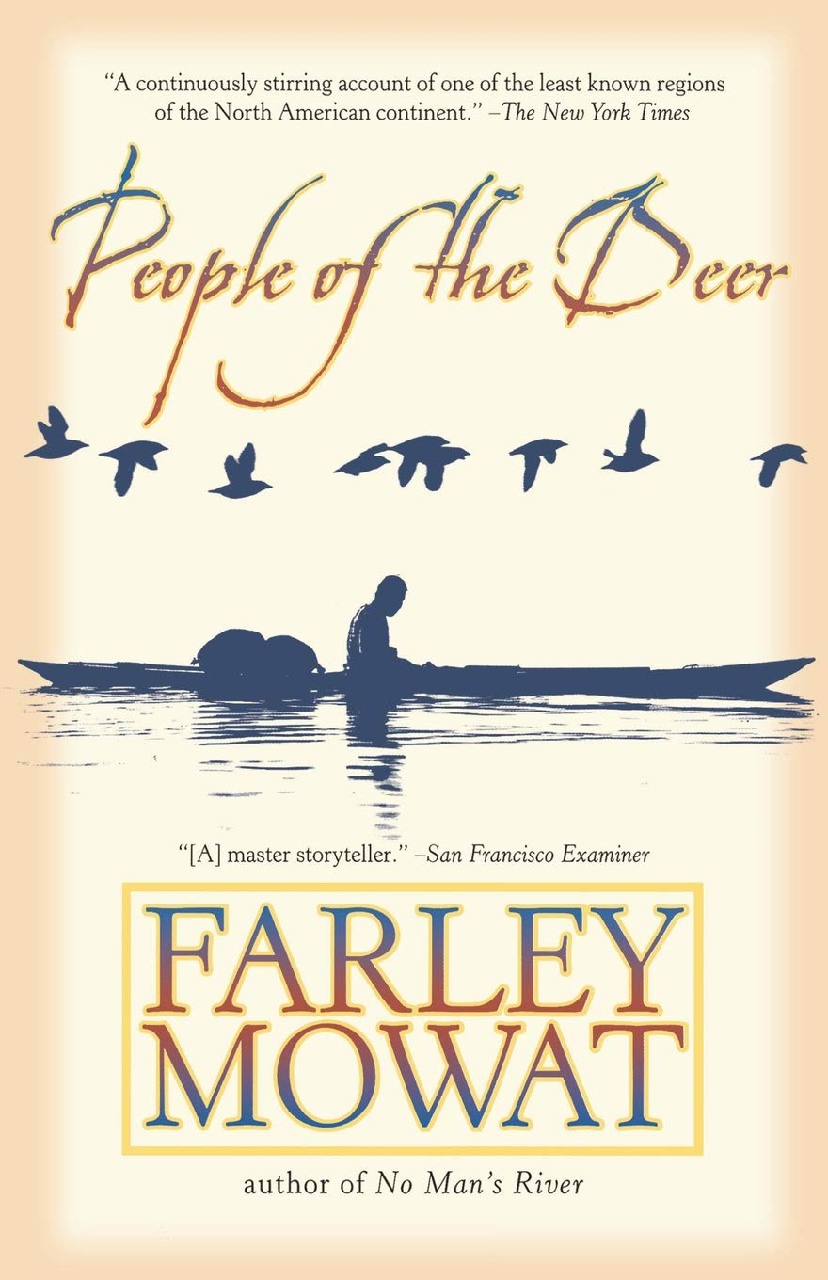
People of the Deer
Mowat refers to himself as a “saga man,” or one who earns his living as a roving bard, retelling ancient tales in the Norse tradition.
-
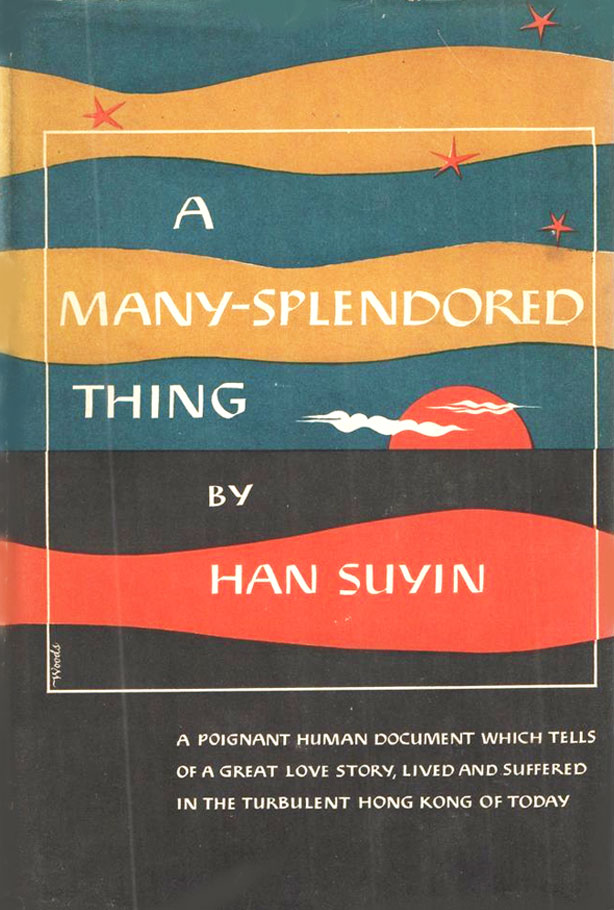
A Many-Splendored Thing
I write as an Asian, with all the pent-up emotions of my people. What I say will annoy many people who prefer the more conventional myths brought back by writers on the Orient. All I can say is that I try to tell the truth. Truth, like surgery, may hurt, but it cures.
-

Race Relations
-

Venture to the Interior
Instead, his venture to the interior is more existential, and he isn’t afraid to muse in the manner of St. Exupery—a refreshing break from much of today’s vapid extreme outdoor culture. [….] The book has a resonance beyond its clean, quiet prose—a kind of melancholic self-reflection.
-

Twilight in South Africa
-
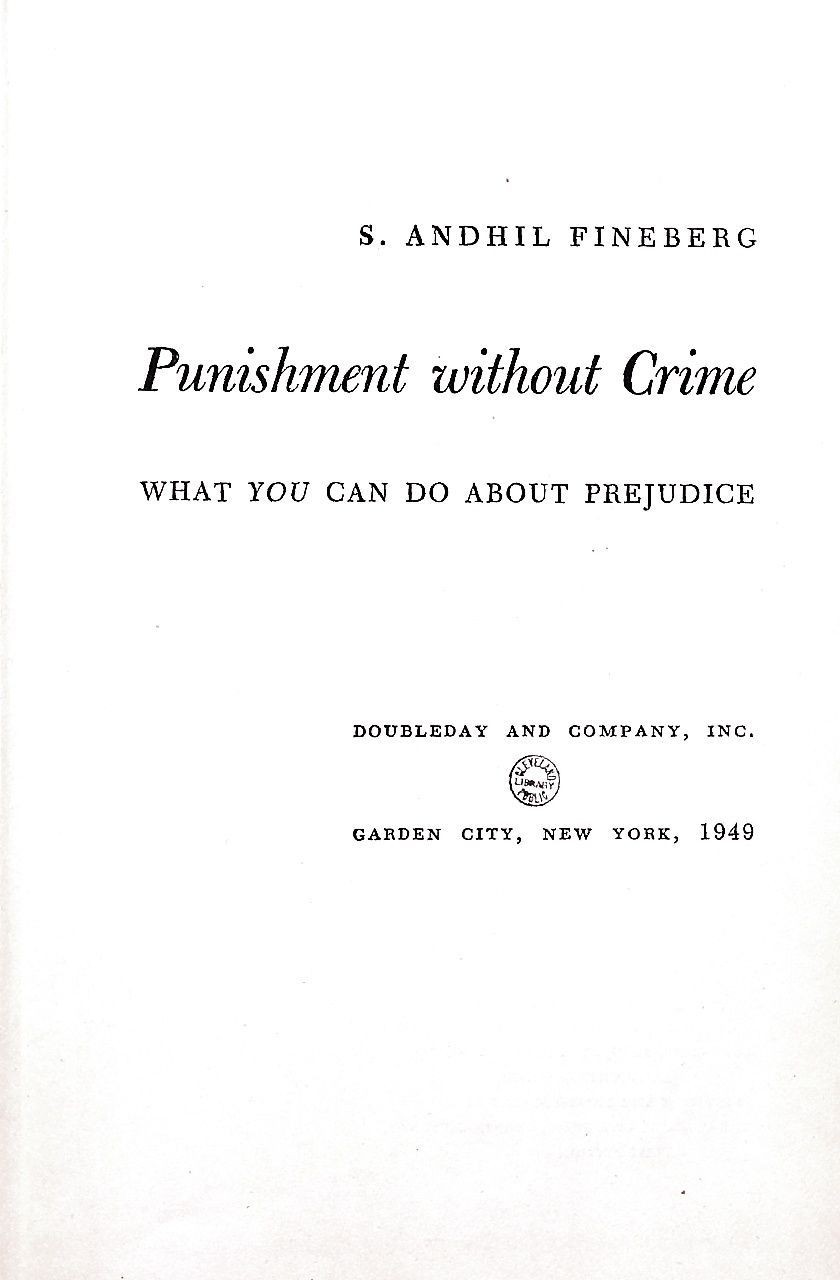
Punishment Without Crime
Fineberg was a pioneer in Jewish community relations and at developing techniques for combating anti-Semitism and was known among professional colleagues as ‘The Dean of Jewish Community Relations.’
-
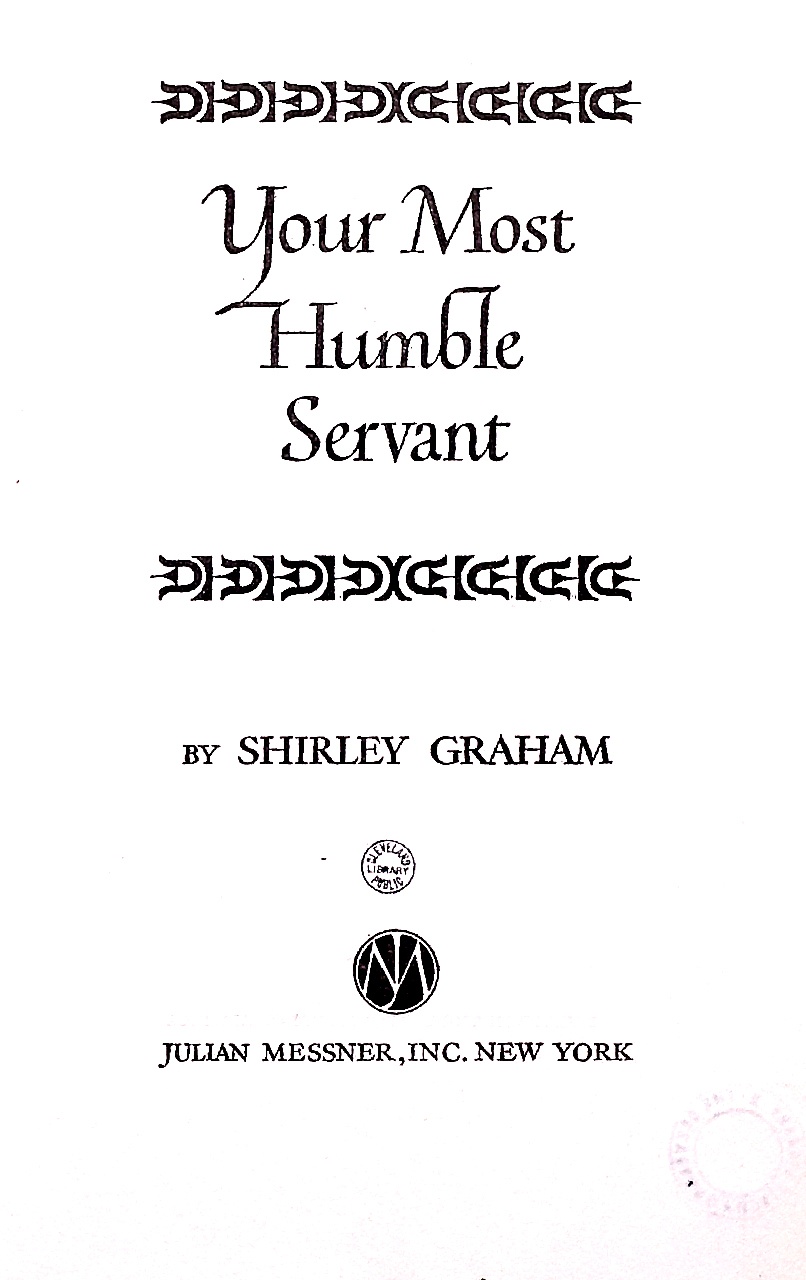
Your Most Humble Servant
‘In quick succession I knew the glory of motherhood and the pain of deep sorrow,’ she wrote later. ‘For the years immediately following, everything I did […] was motivated by my passionate desire to make a good life for my sons.’
-

Anatomy of Paradise
-
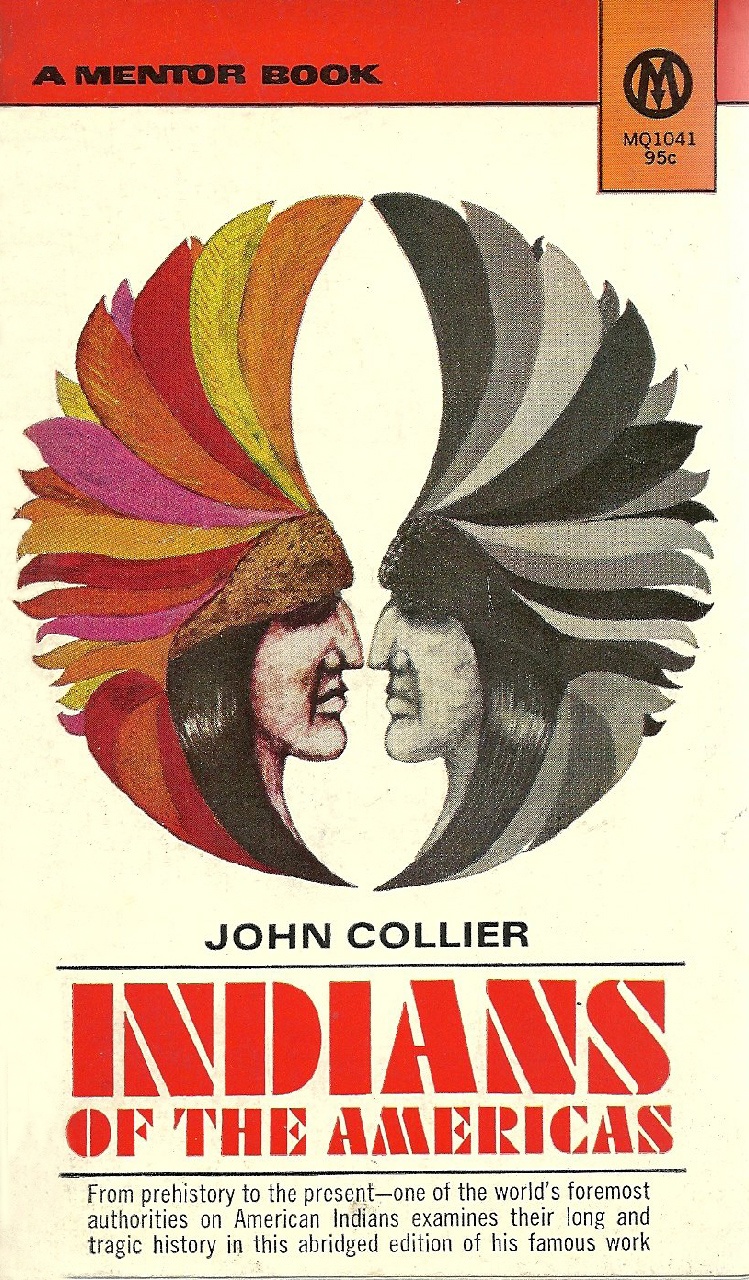
The Indians of the Americas
While Collier notes the role of epidemics, his view is that the Indian populations were decimated by the destruction of the native cultures, and by forced labor under extreme hardship conditions.
-
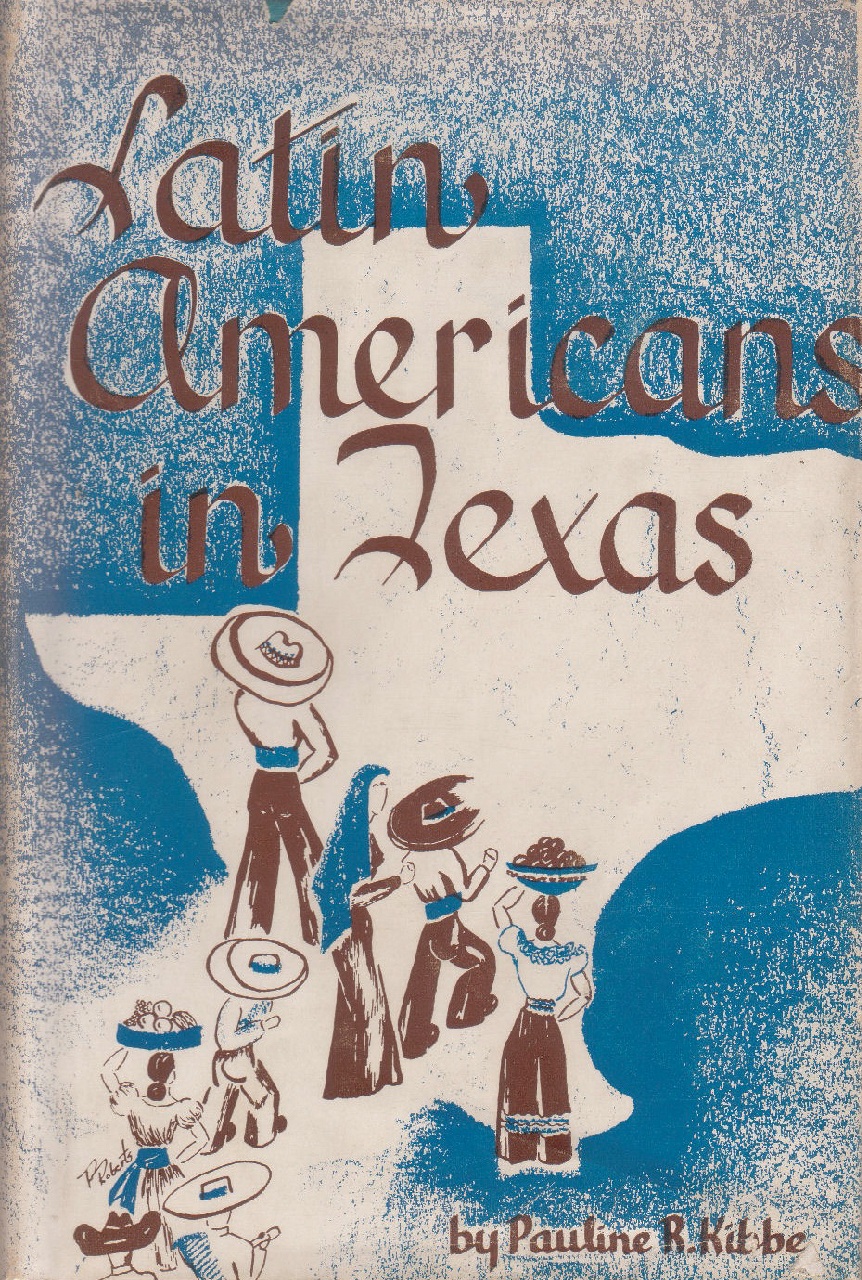
Latin Americans in Texas
Kibbe called for a constitutional amendment prohibiting segregation and discrimination, the institutionalization of the GNC as a permanent state agency, the abolition of the poll tax, and the reapportionment of school funds. Everett Ross Clinchy, Jr., called the book ‘angry.’
-

Black Metropolis
Drake and Cayton’s findings not only offer a generalized analysis of black migration, settlement, community structure, and black-white race relations in the early part of the twentieth century, but also tell us what has changed in the last hundred years and what has not.
-

One Nation
A decade before the wider white society had begun to think seriously about race relations, Stegner’s work targeted racial prejudice as one of the country’s most profound ills.
-

An American Dilemma
In addition to framing and amplifying the debate over America’s racial hypocrisy, Myrdal investigated poverty in Asia, served on an international war crimes tribunal following Vietnam, and along with his wife, Alva, helped shape the modern Swedish state.
-

New World A-Coming
He parlayed [the success of “New World A-Coming”] into a military commission and a prolonged stint as a war correspondent publishing regularly with the labor newspaper PM as well as the Pittsburgh Courier.
-
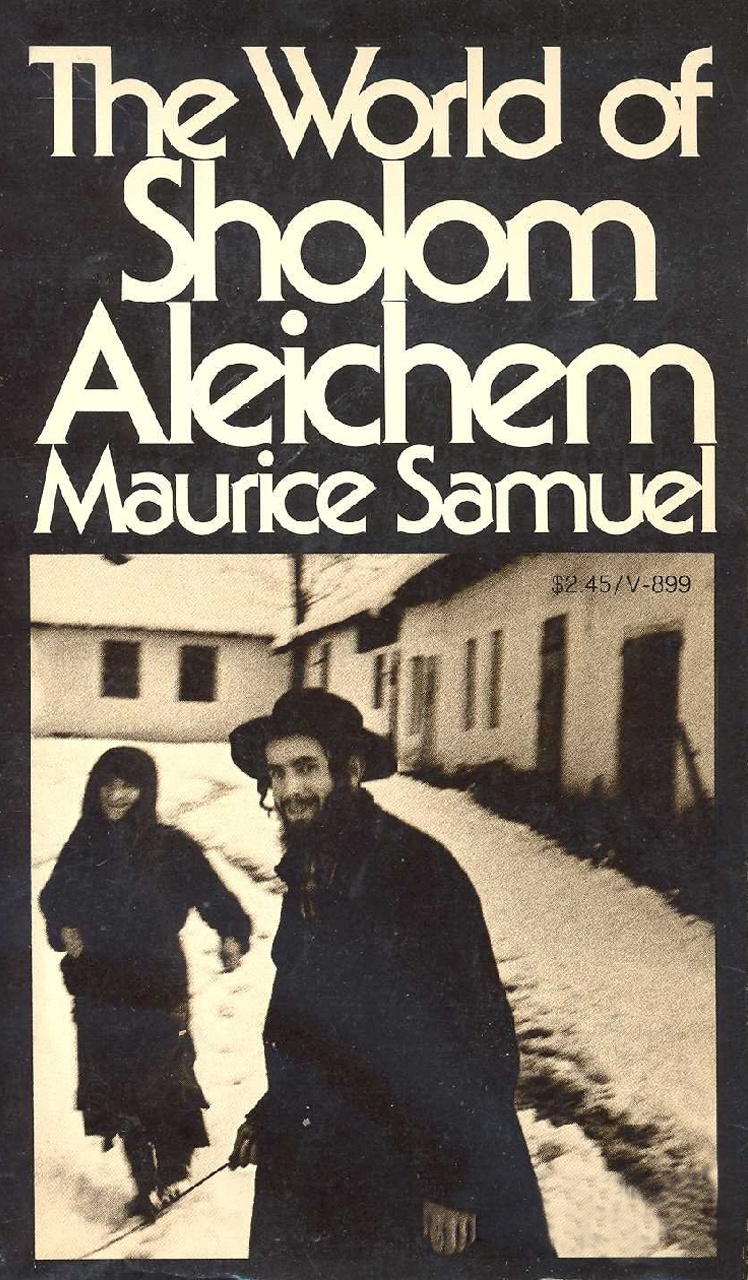
The World of Sholom Aleichem
Life and religion were indivisible for the Kasrielevkites; they did not think of religion as something tagged on to life, something separate, detachable and optional.
-

Dust Tracks on a Road
Hurston considered her own blackness a gift and an opportunity. As an anthropologist and writer, she savored the richness of black culture and made a career out of writing about that culture in all its color and fullness.
-
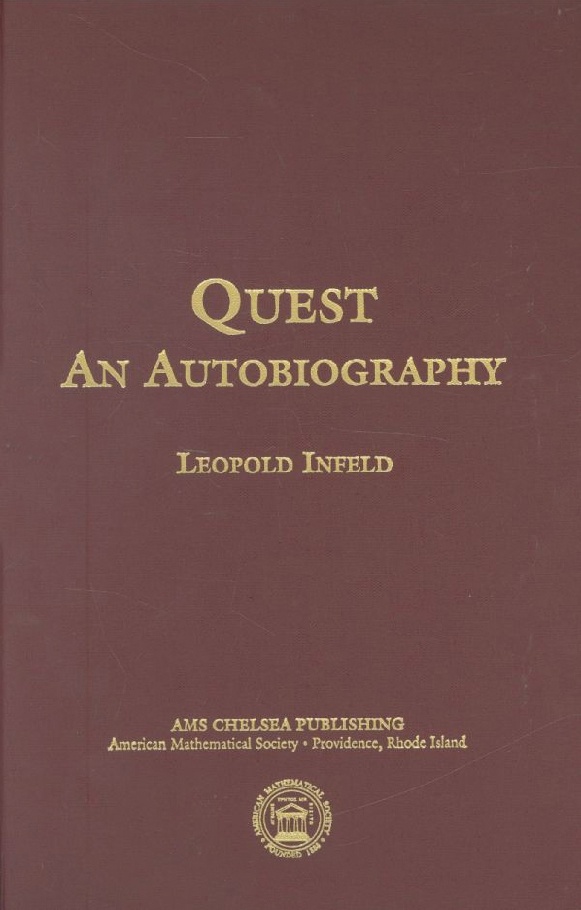
Quest
In 1950 he left Canada and returned to communist Poland. He felt he had an obligation to help the science in Poland recover from the ravages of the Second World War.
-
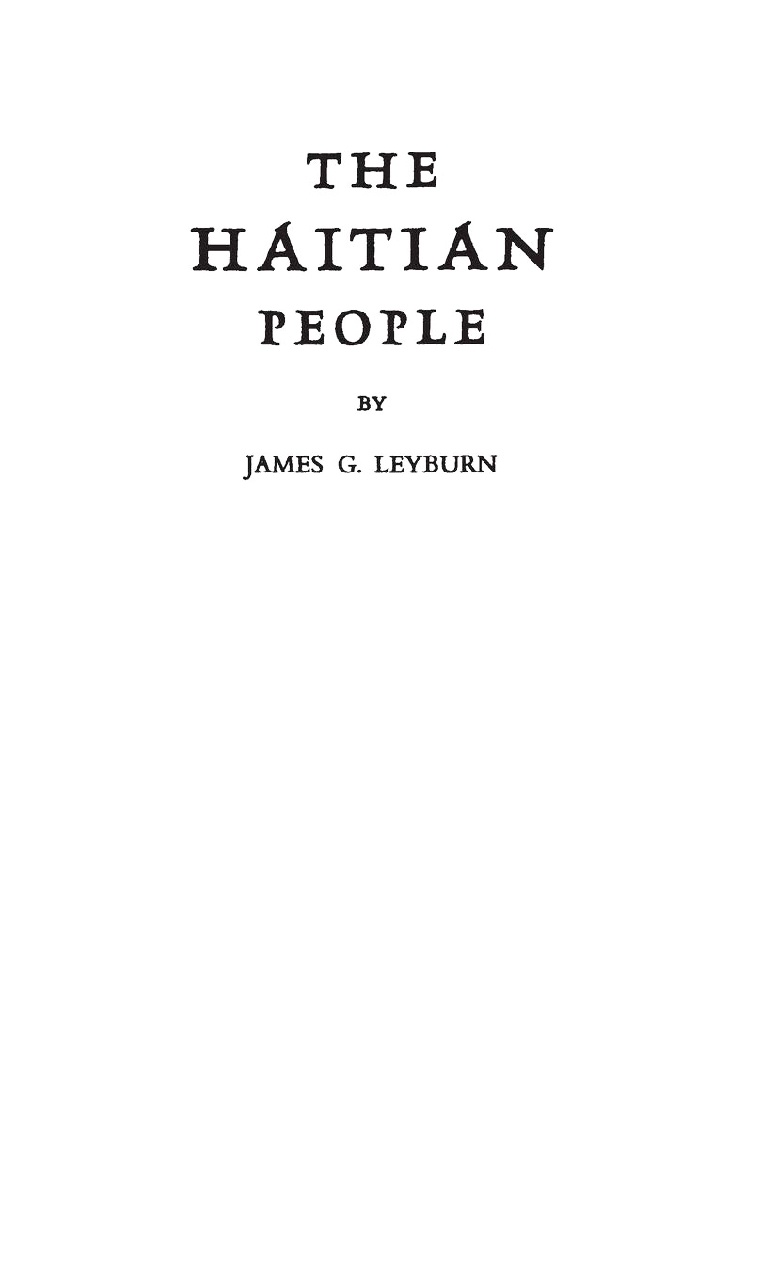
The Haitian People
The central thesis of the book is that Haitian society is divided into two segments, the yeomanry and the elite, and that the national institutional structure has not allowed any alteration in that division in the course of Haiti’s history as a sovereign nation.
-

From Many Lands
‘No more school for me. I was going to America,’ Adamic wrote. ‘I did not know how, but I knew that I would go.’
-
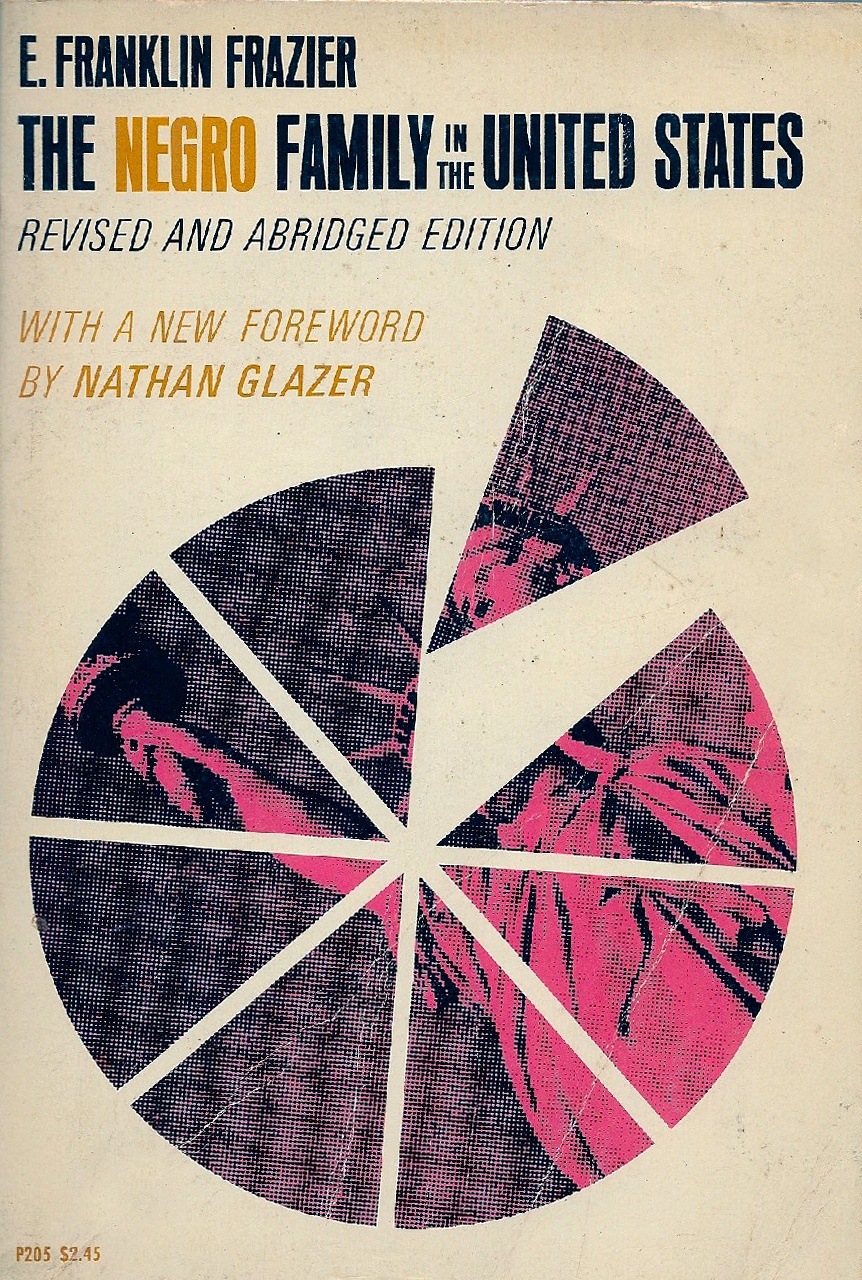
The Negro Family in the United States
Frazier discussed all the themes that have concerned subsequent students of the African American family, including matriarchy and patriarchy, the impact of slavery on family solidarity and personal identity, the impact of long-term poverty and lack of access to education, migration and rootlessness, and the relationship between family and community.
-

Non-European Peoples of South Africa
Ralph Johnson Bunche was among the most prominent sociologists, diplomats, civil rights and peace activists of the 20th century.
-
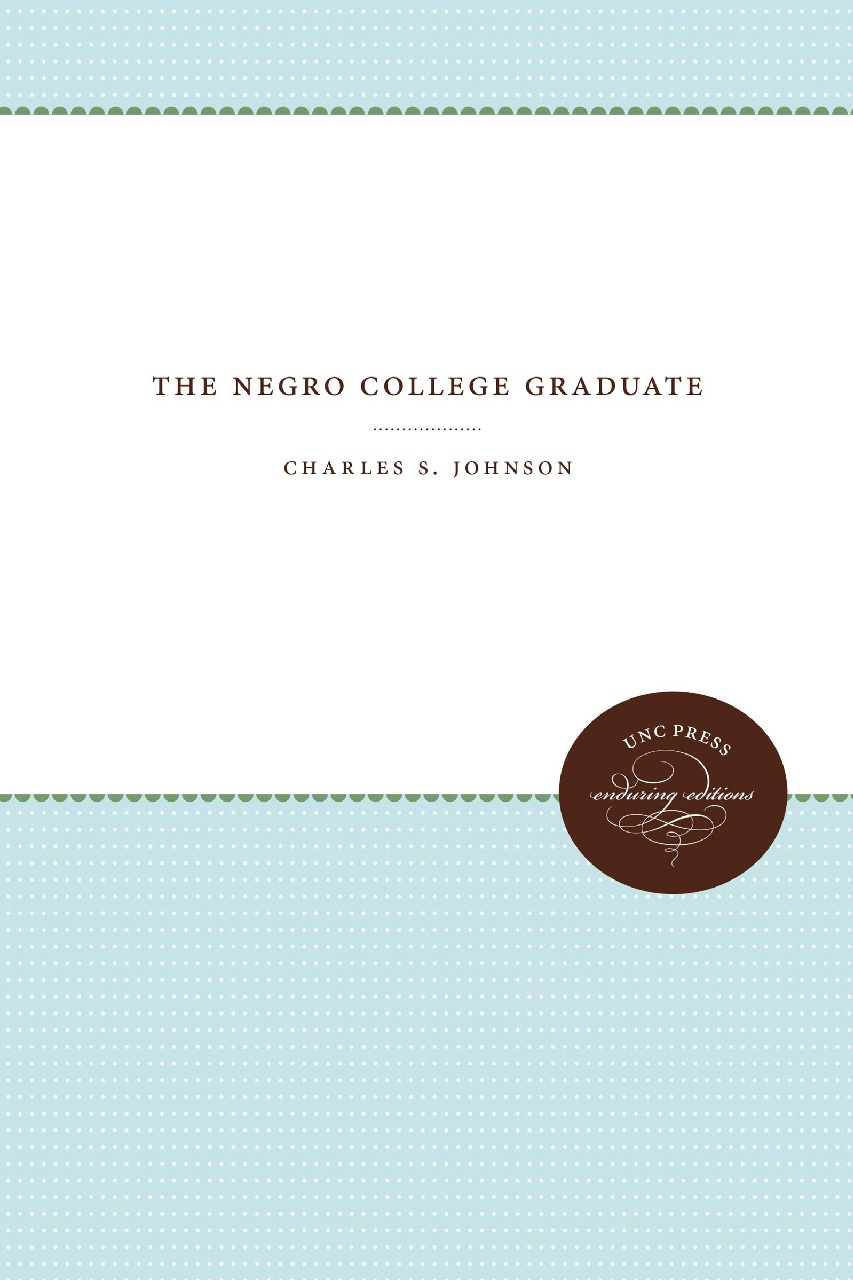
The Negro College Graduate
Along with Ralph Bunche and other important scholars, Johnson worked with Gunnar Myrdal on his epic study of race in America from 1938-1940.
-
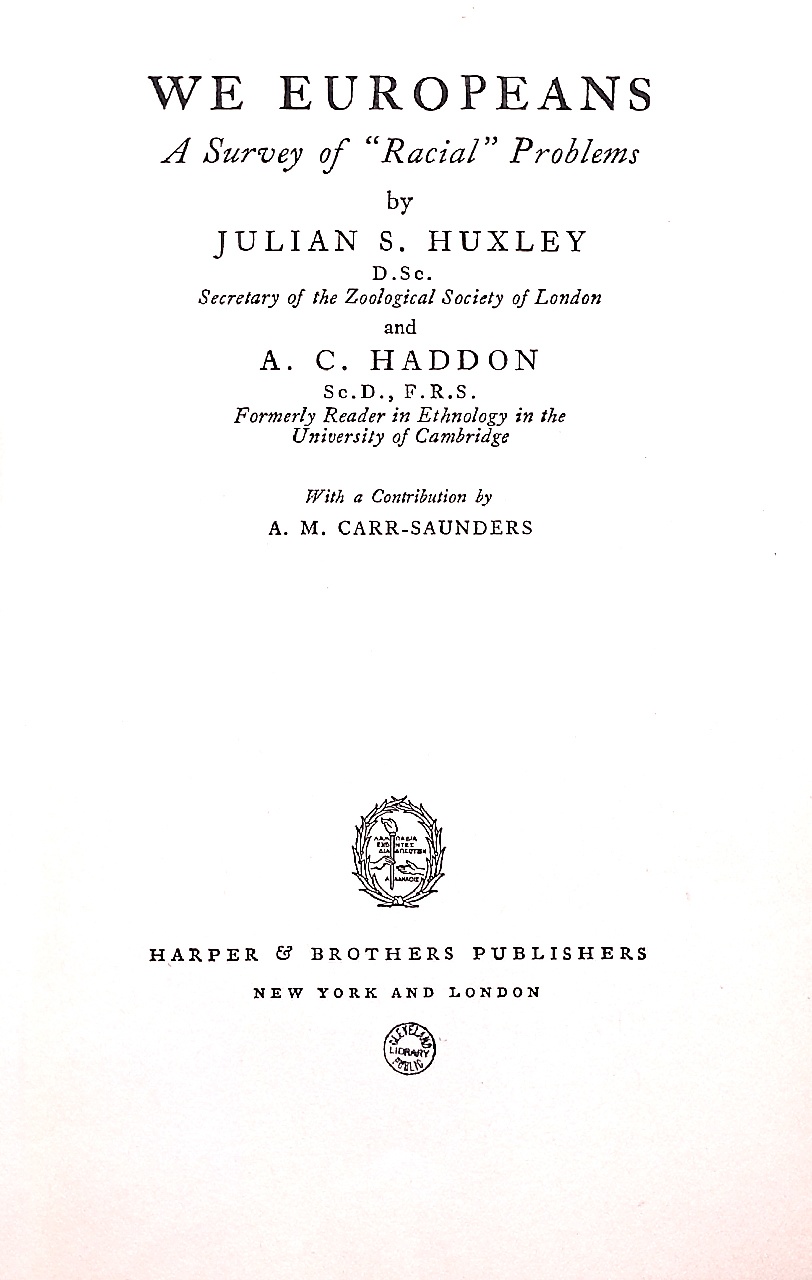
We Europeans
To counter the rise of Nazism and its racist ideologies, scientists critical of the use of race to justify oppression and discrimination published a number of important works. “We Europeans: A Survey of “Racial” Problems” by Huxley and Haddon, sought to show that science offered a very limited definition of race.
-

Negro Politicians
By the time of his death in 1997 Gosnell was widely considered to have made quantitative analysis mainstream in political science.